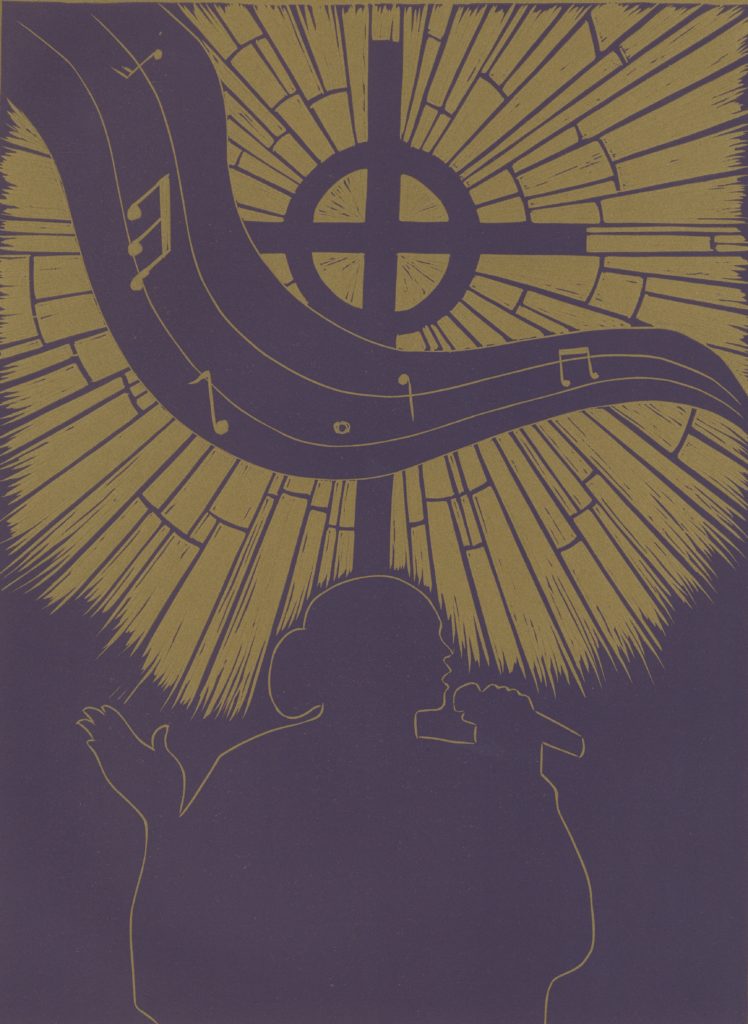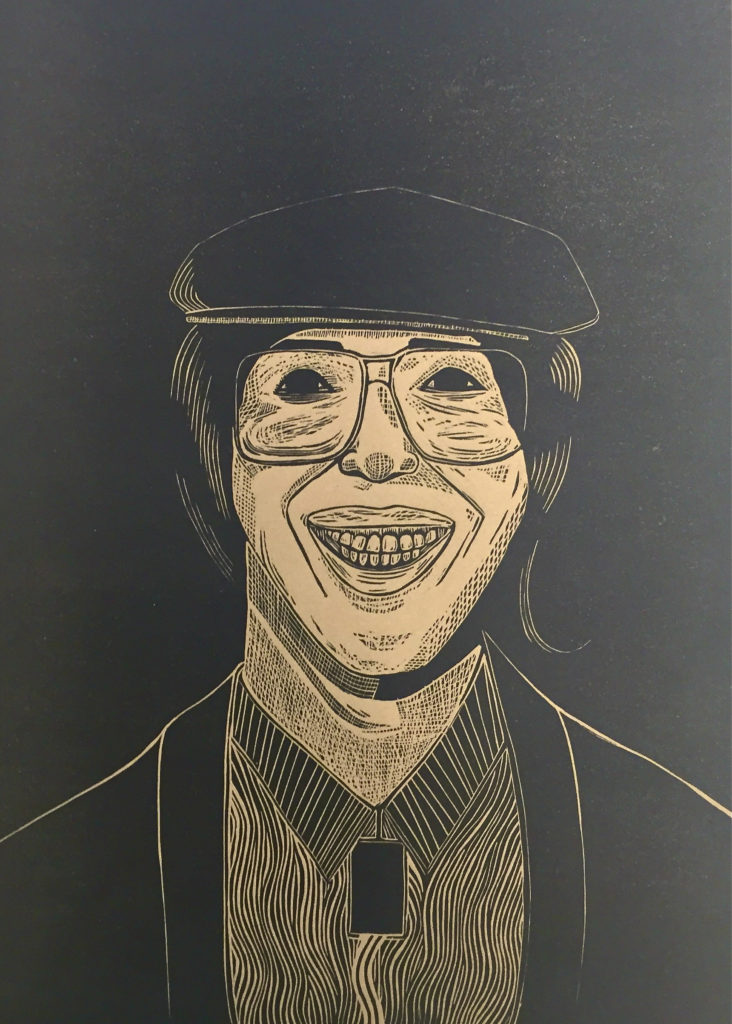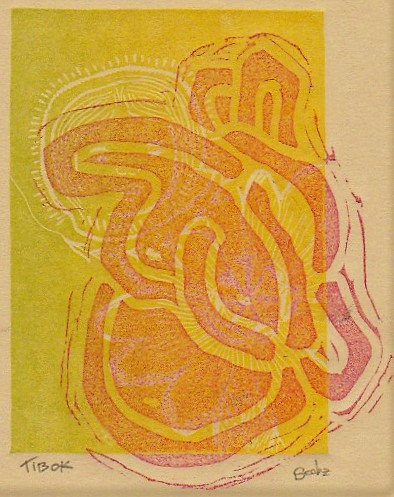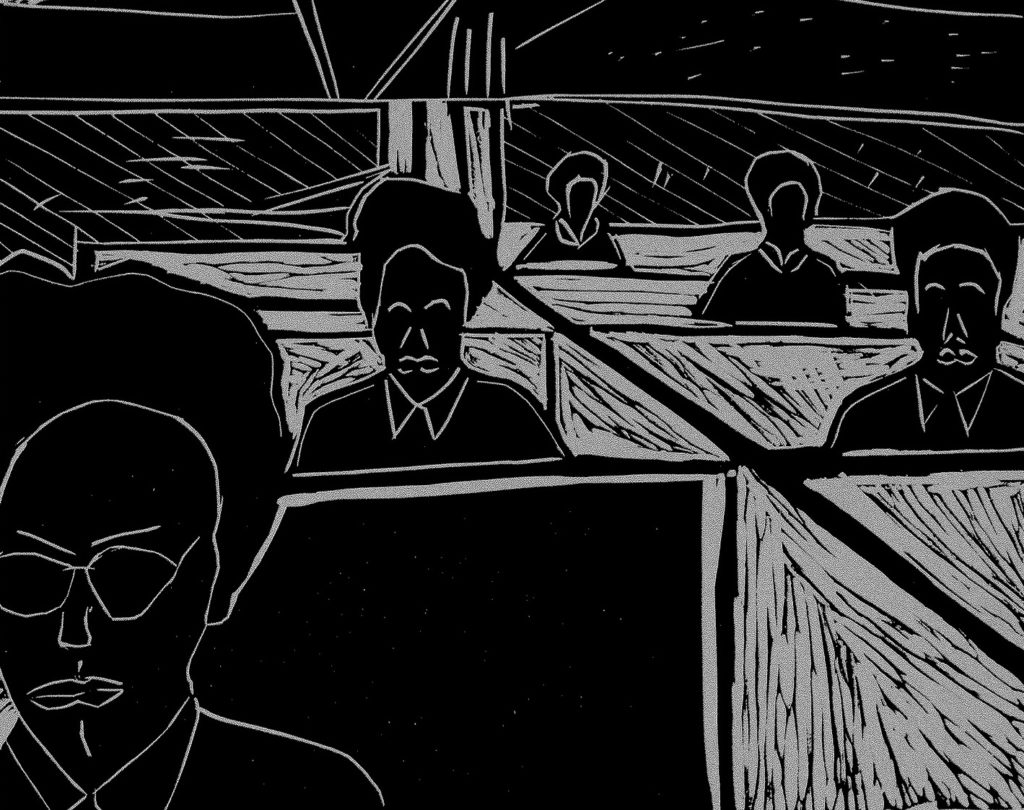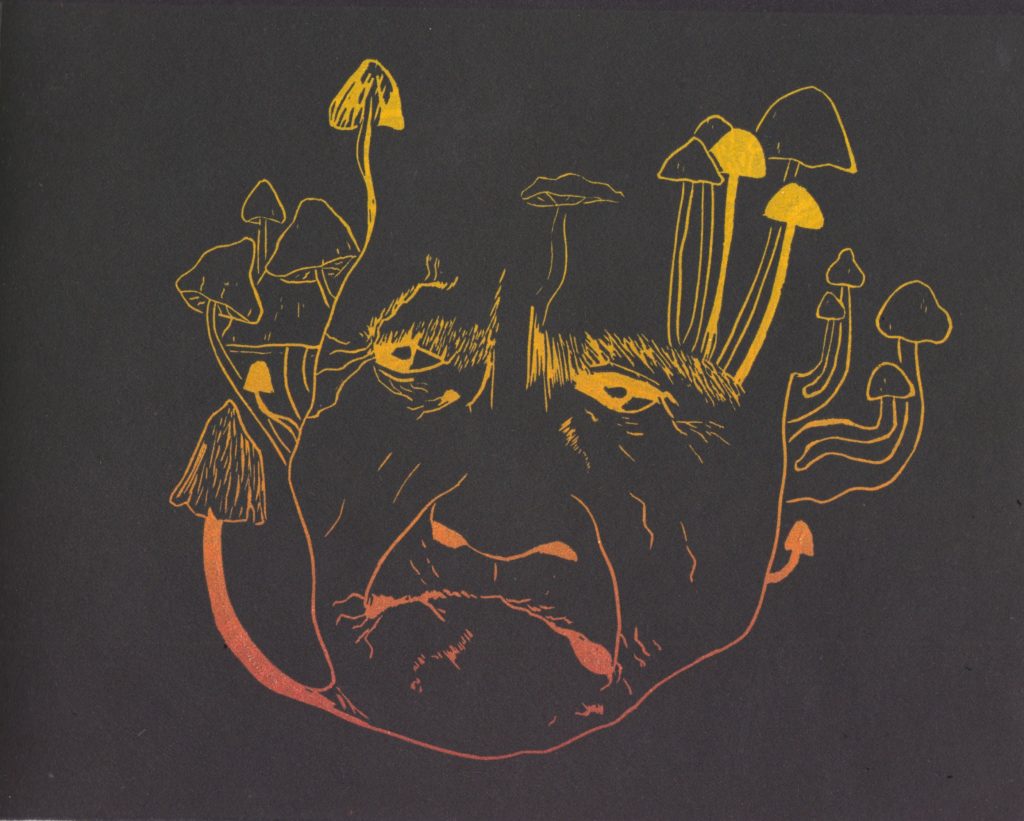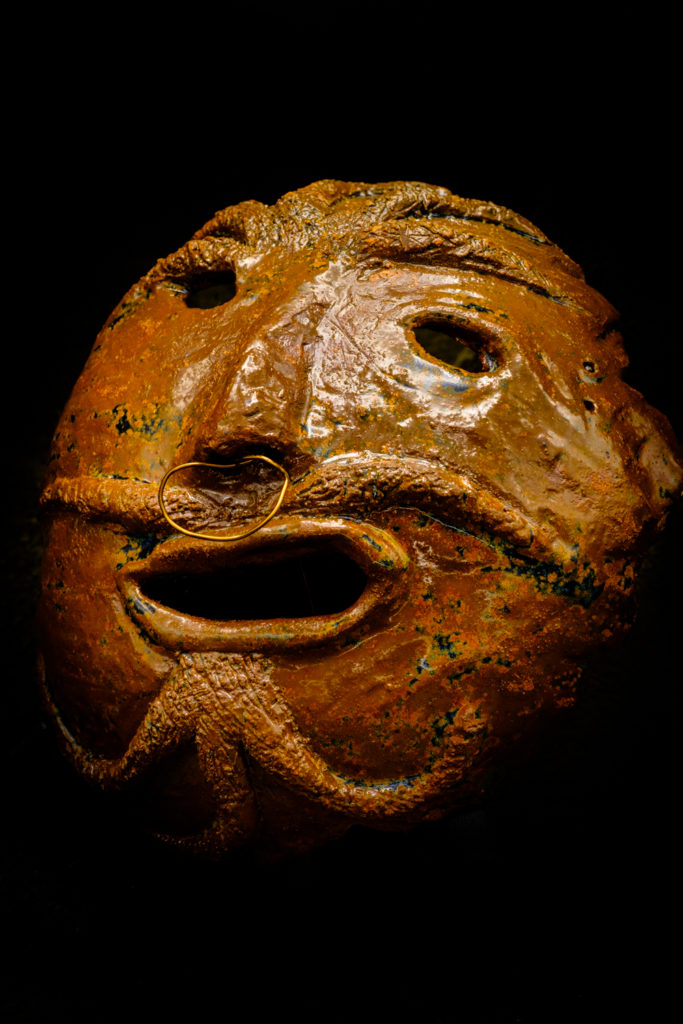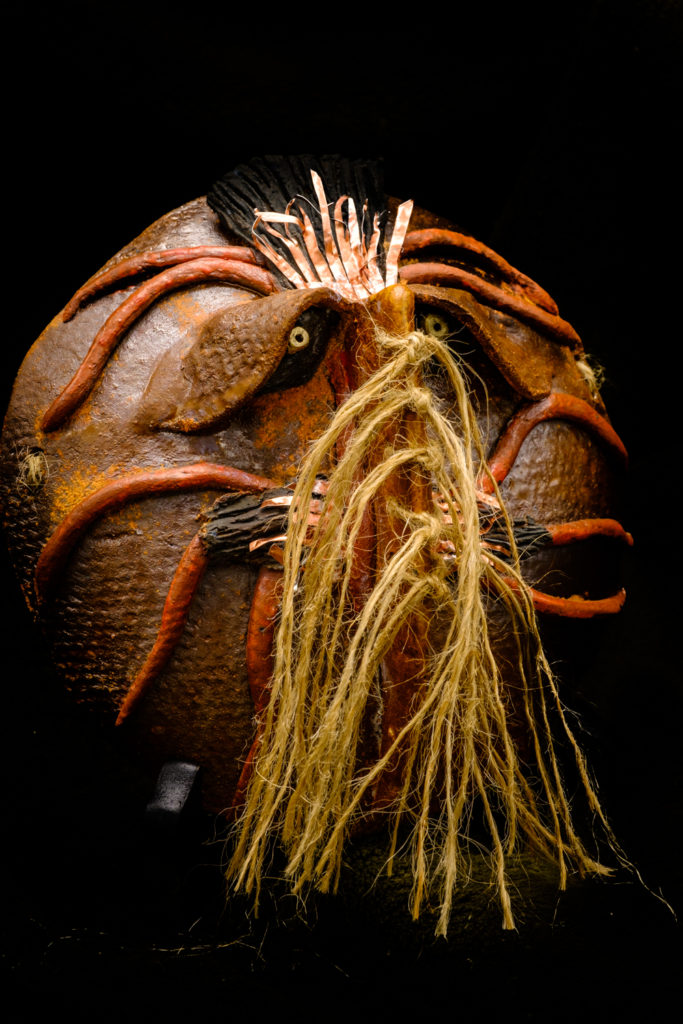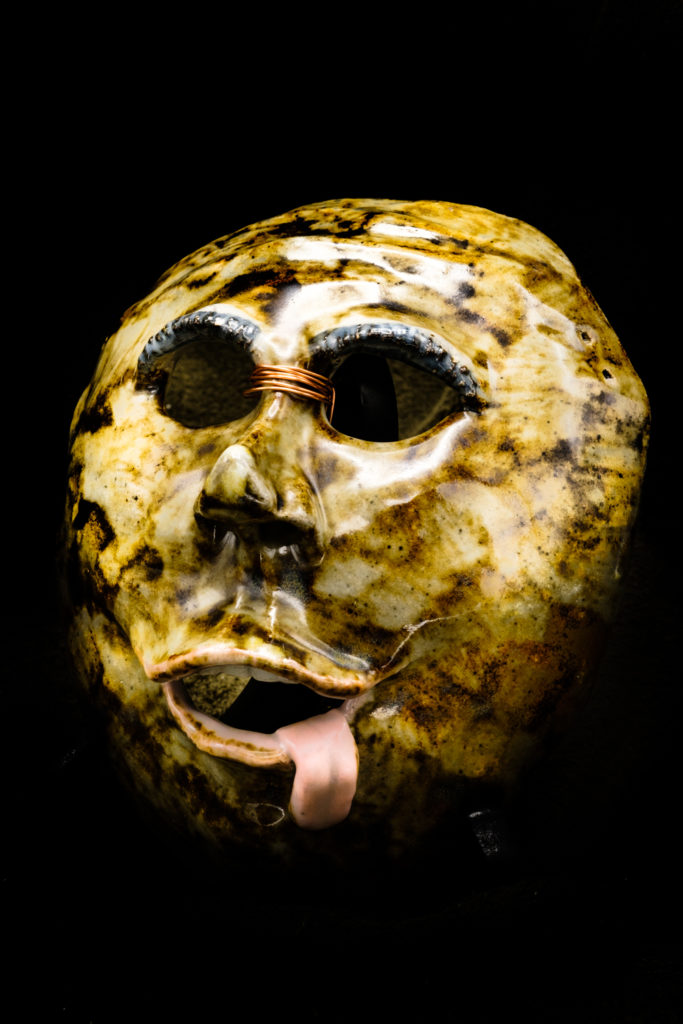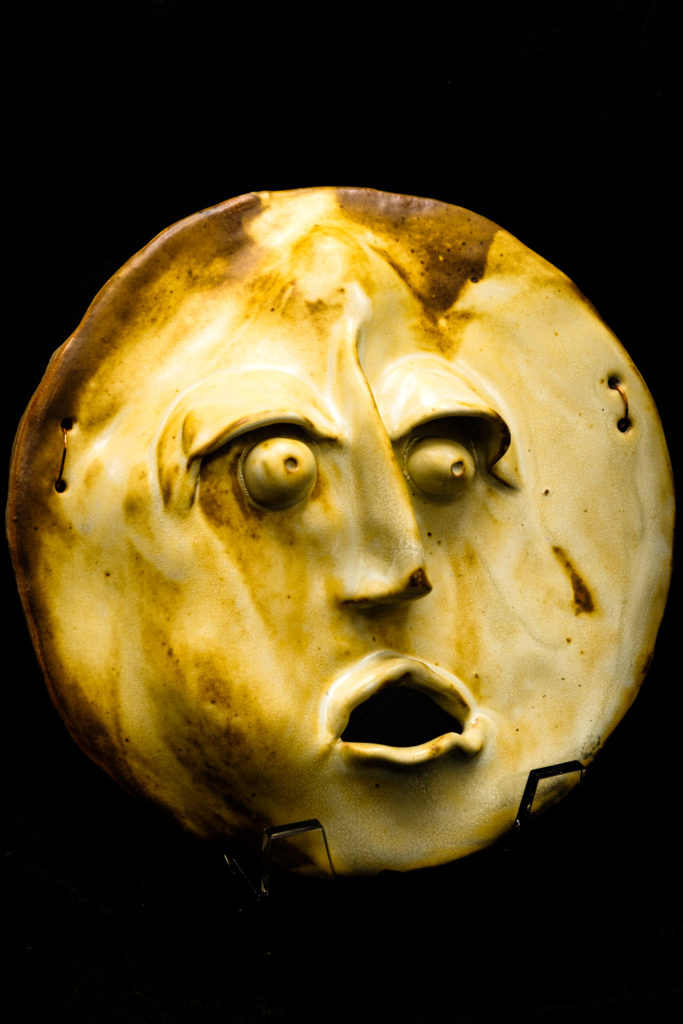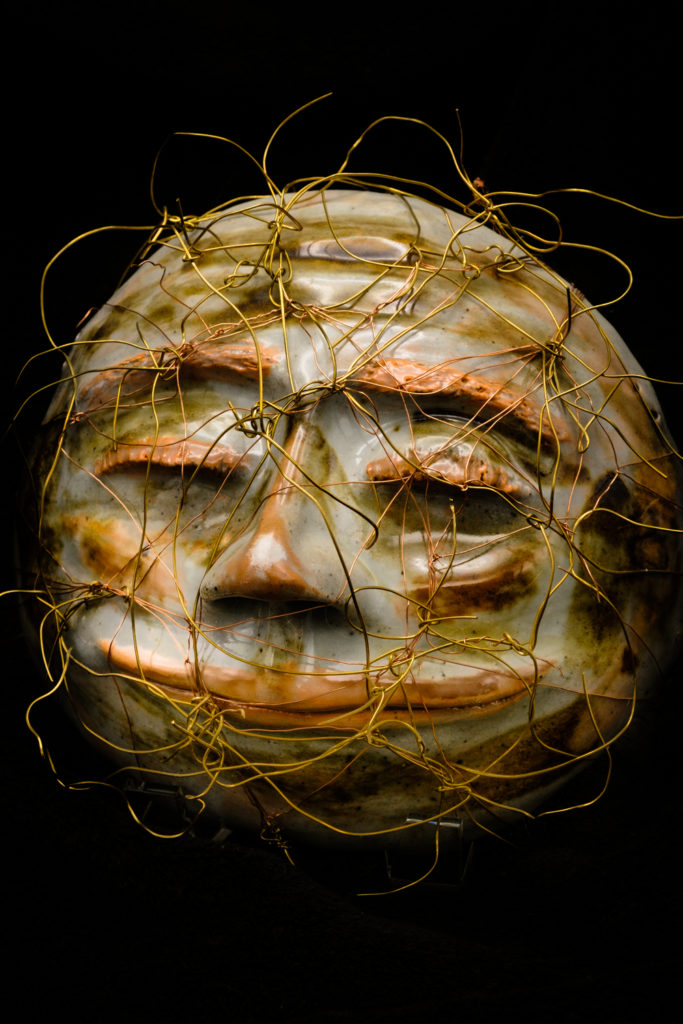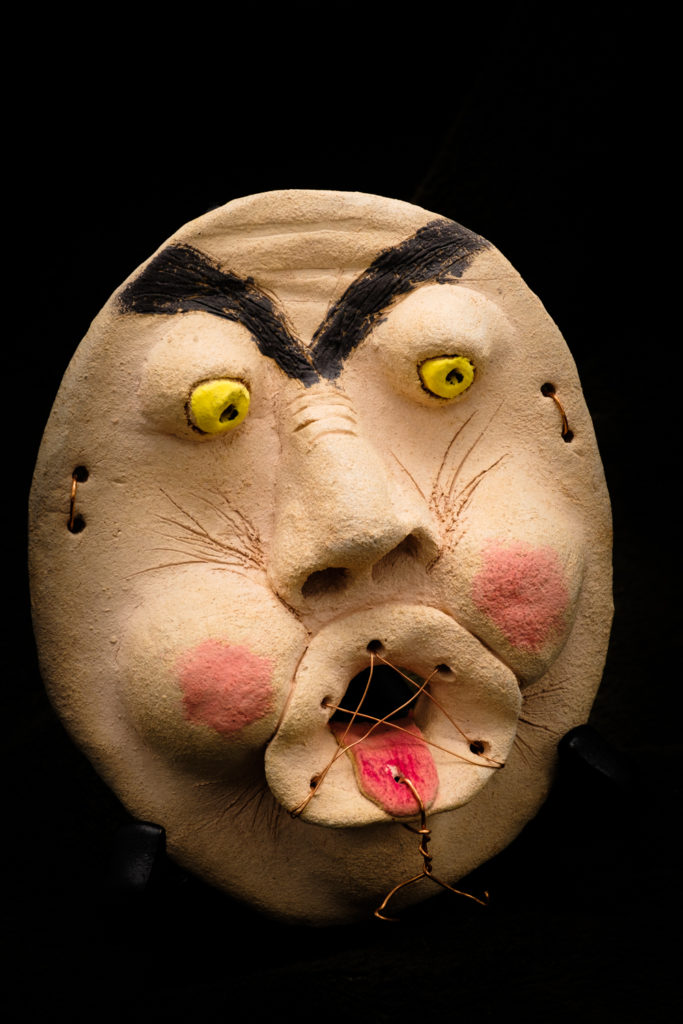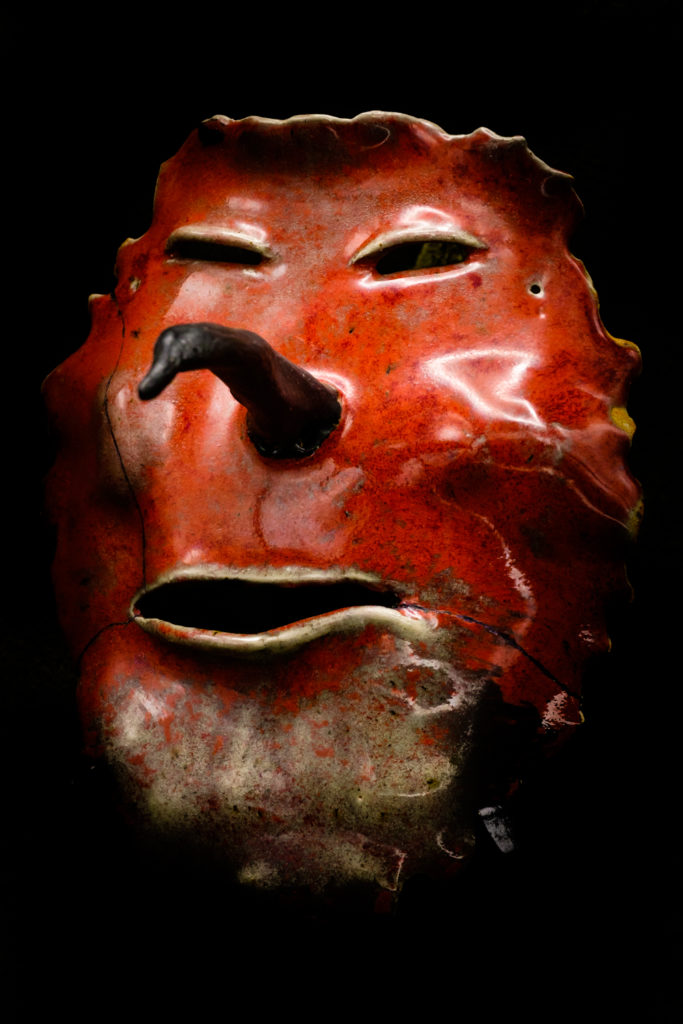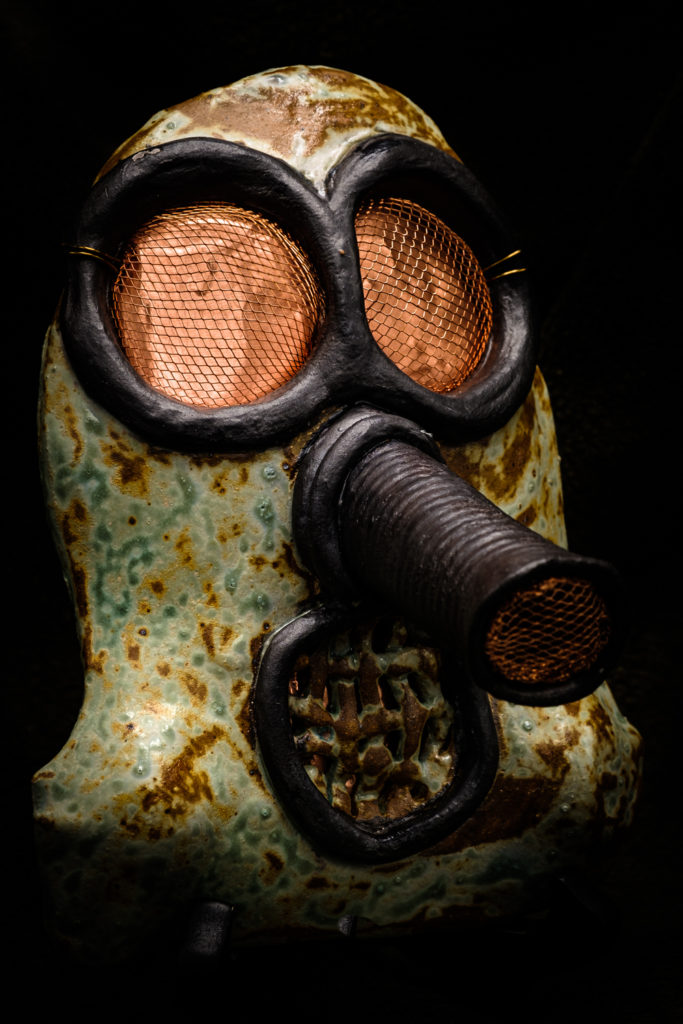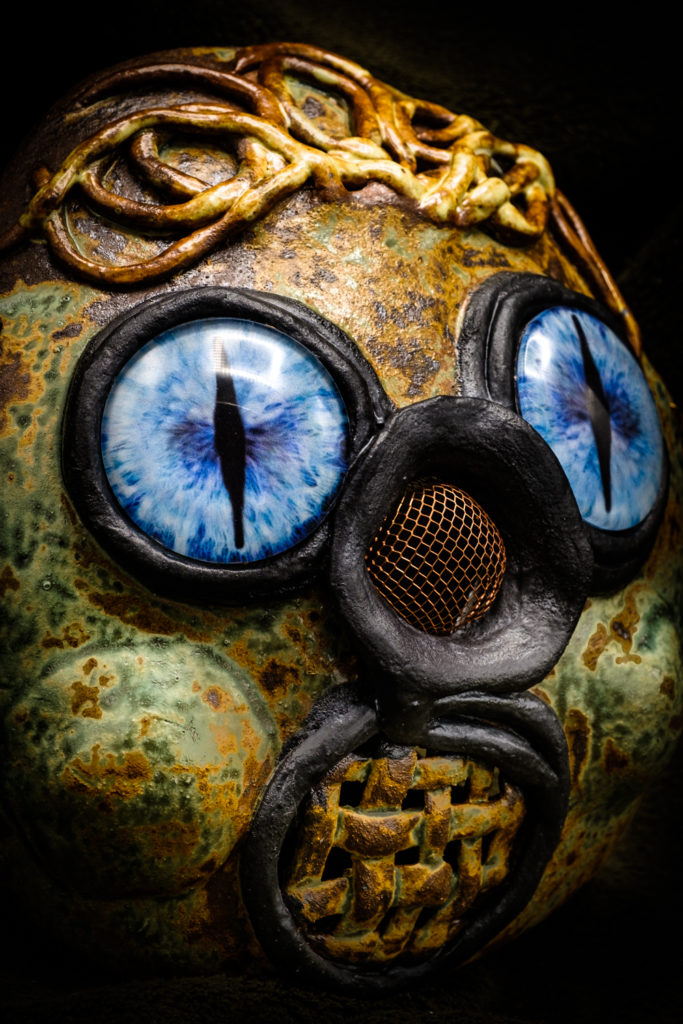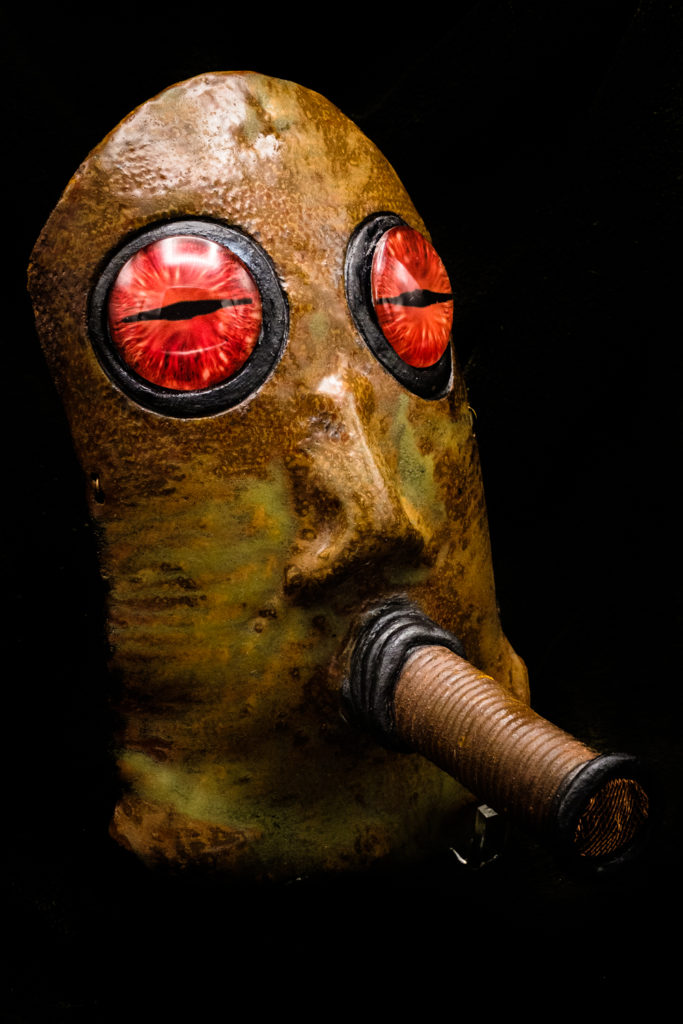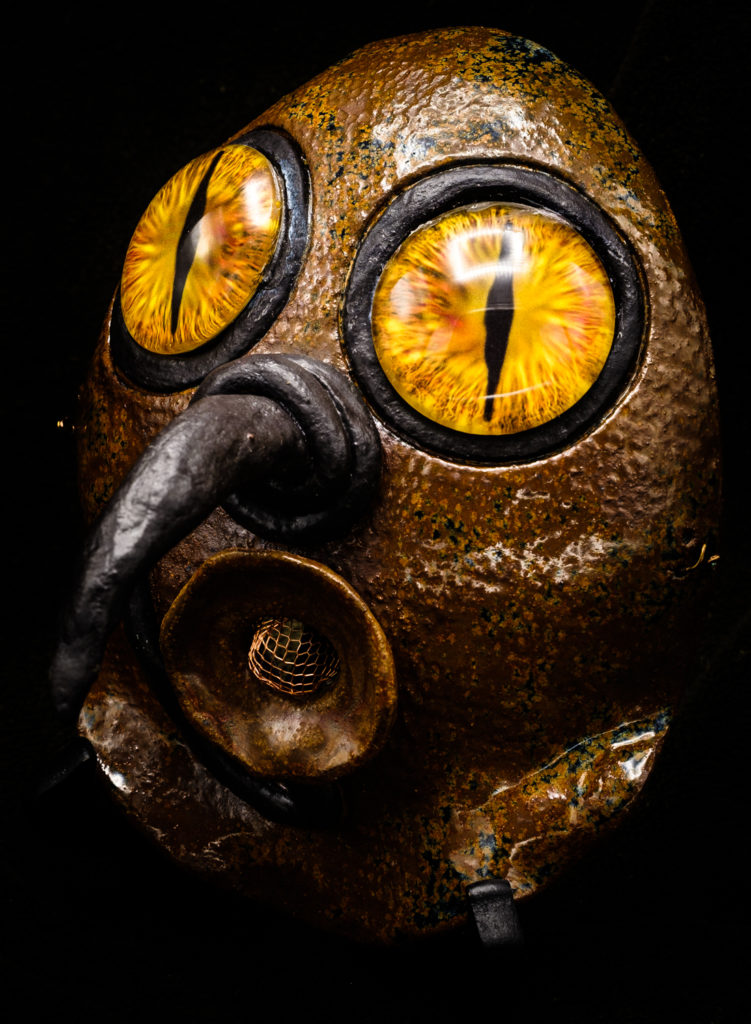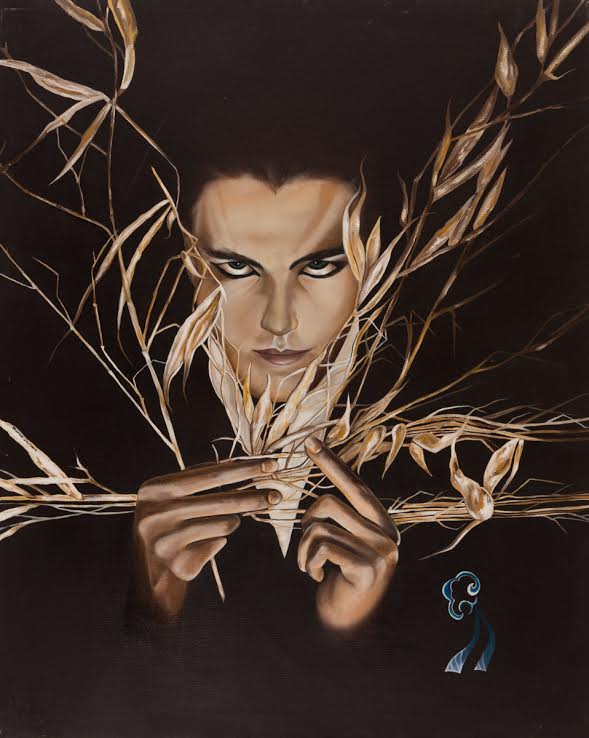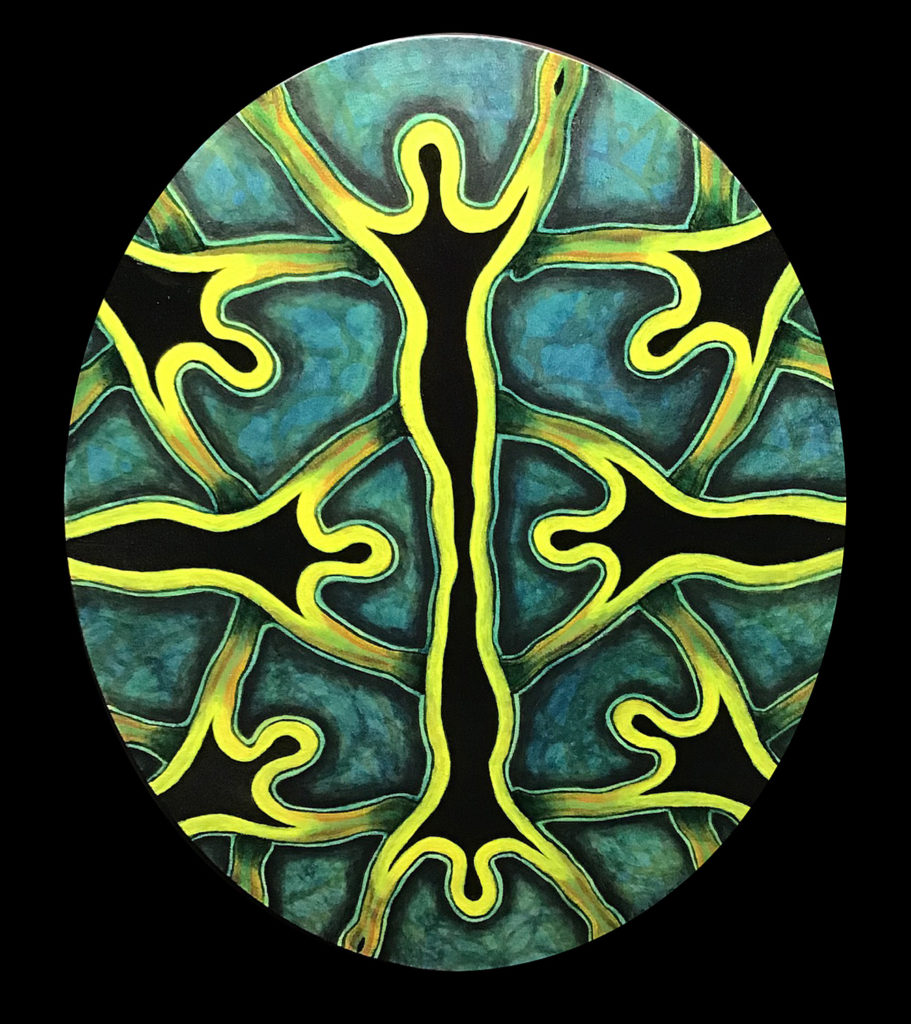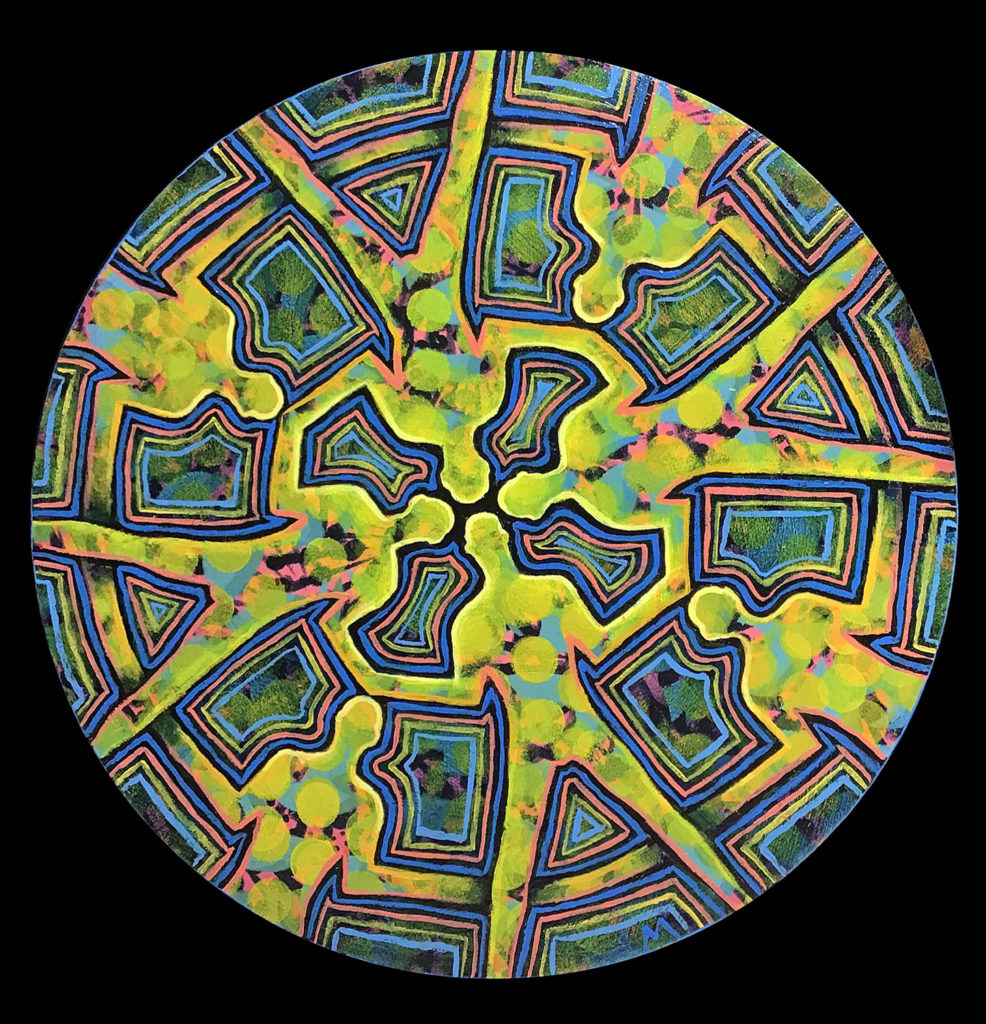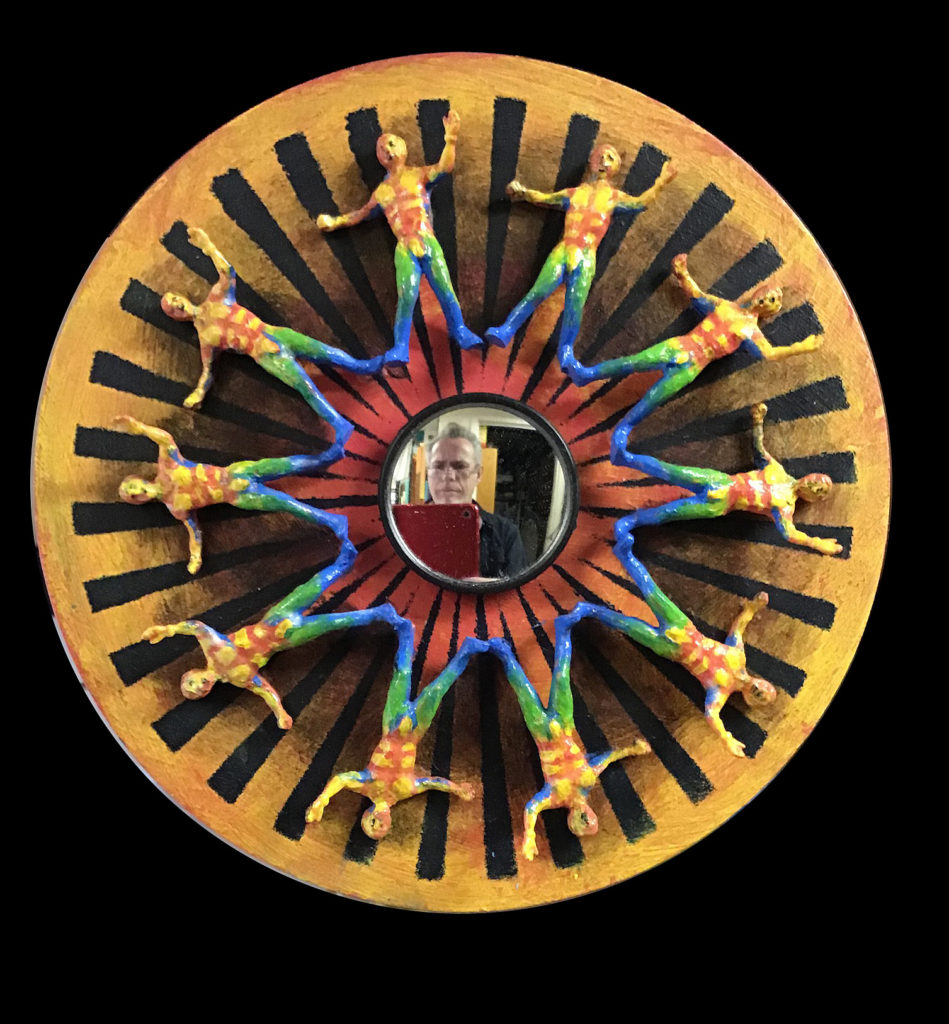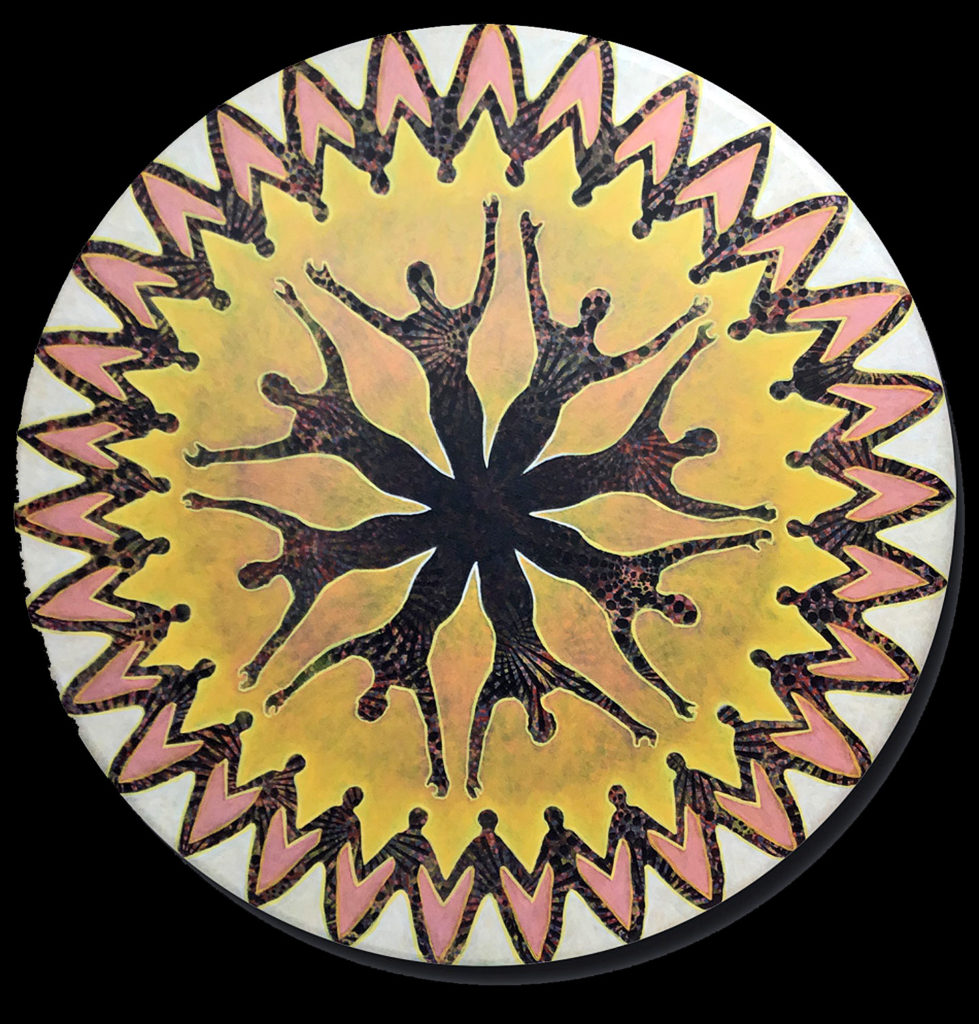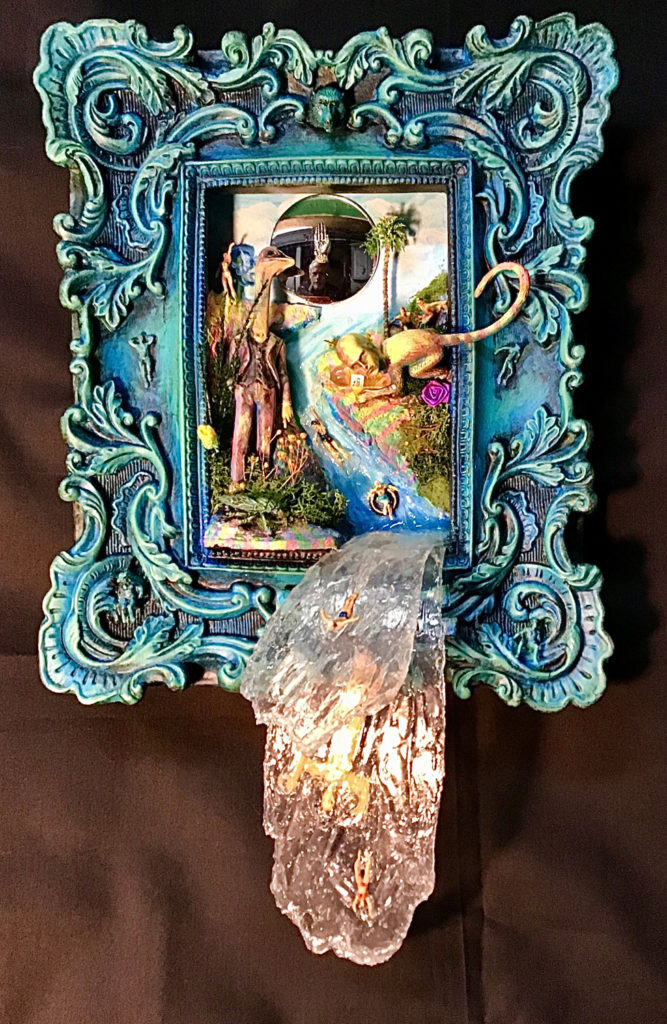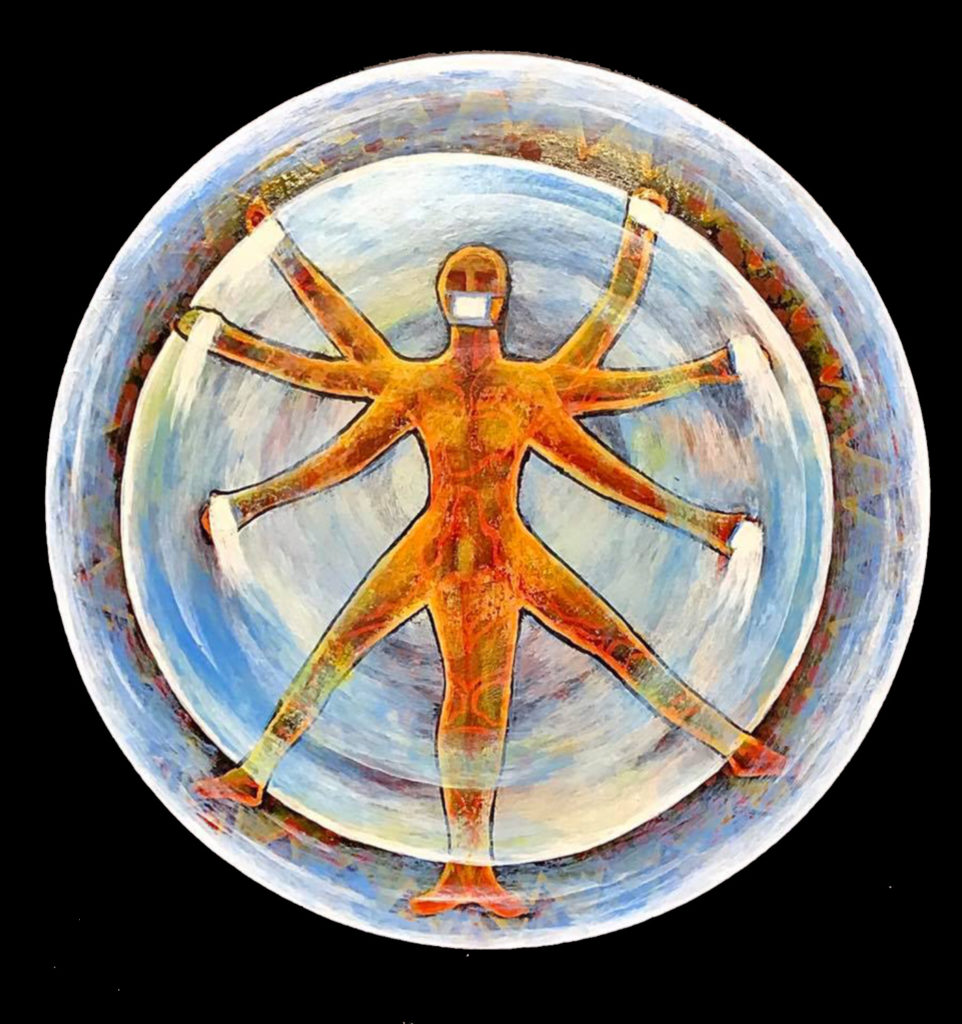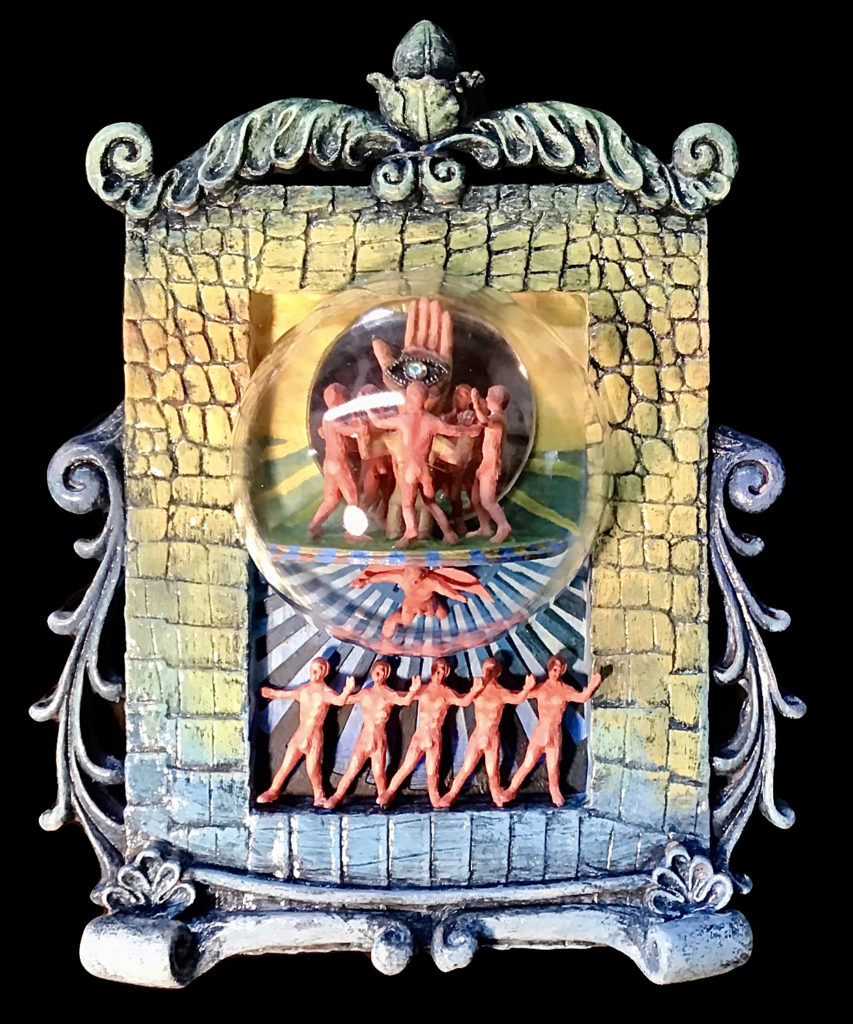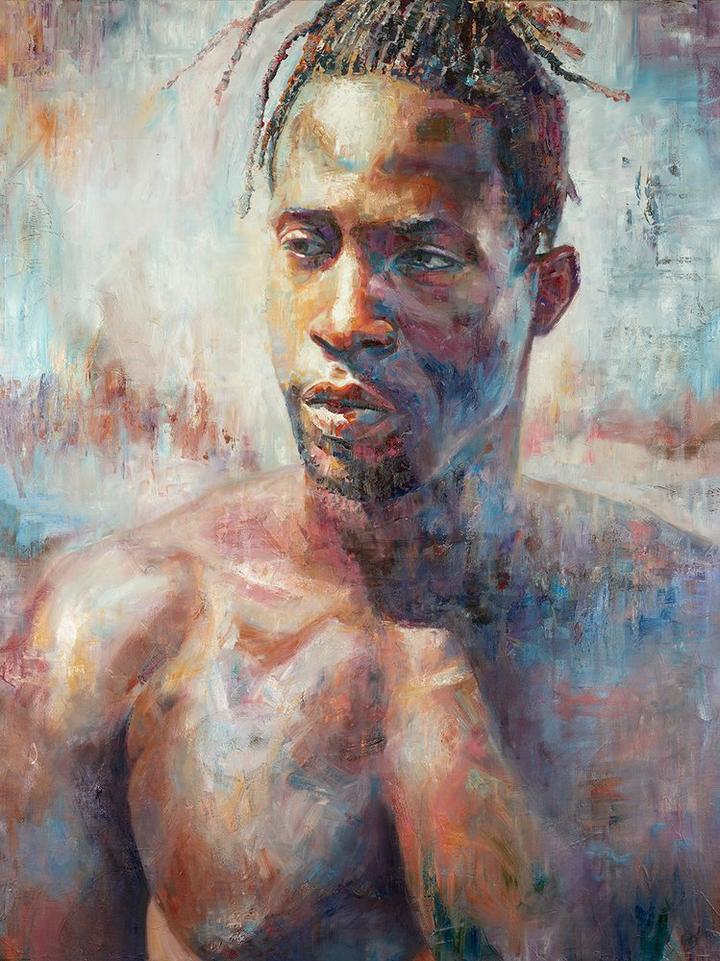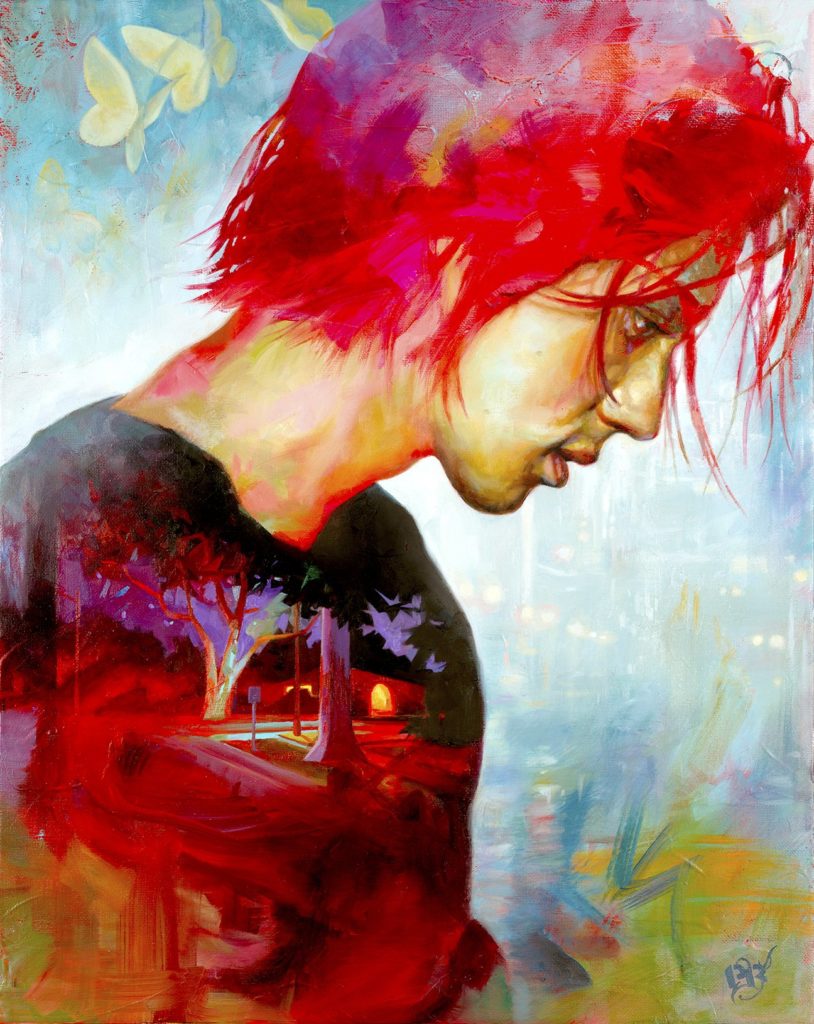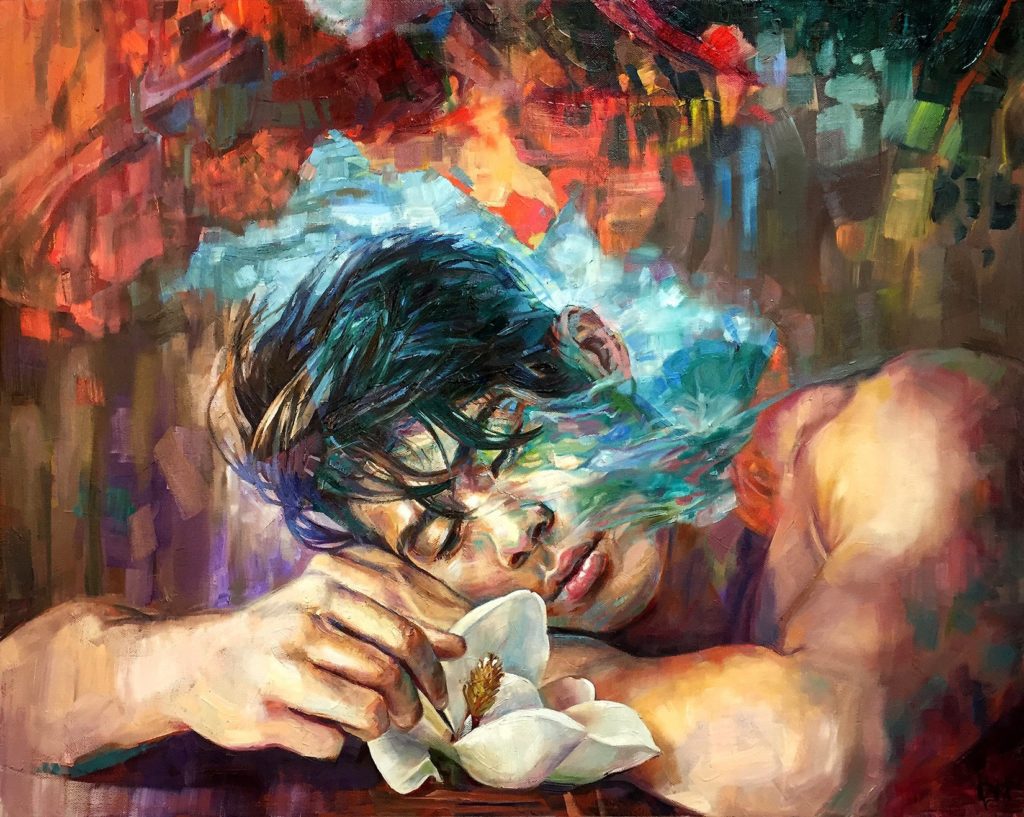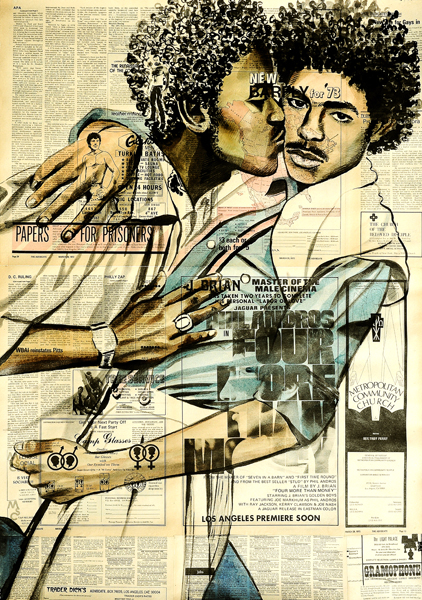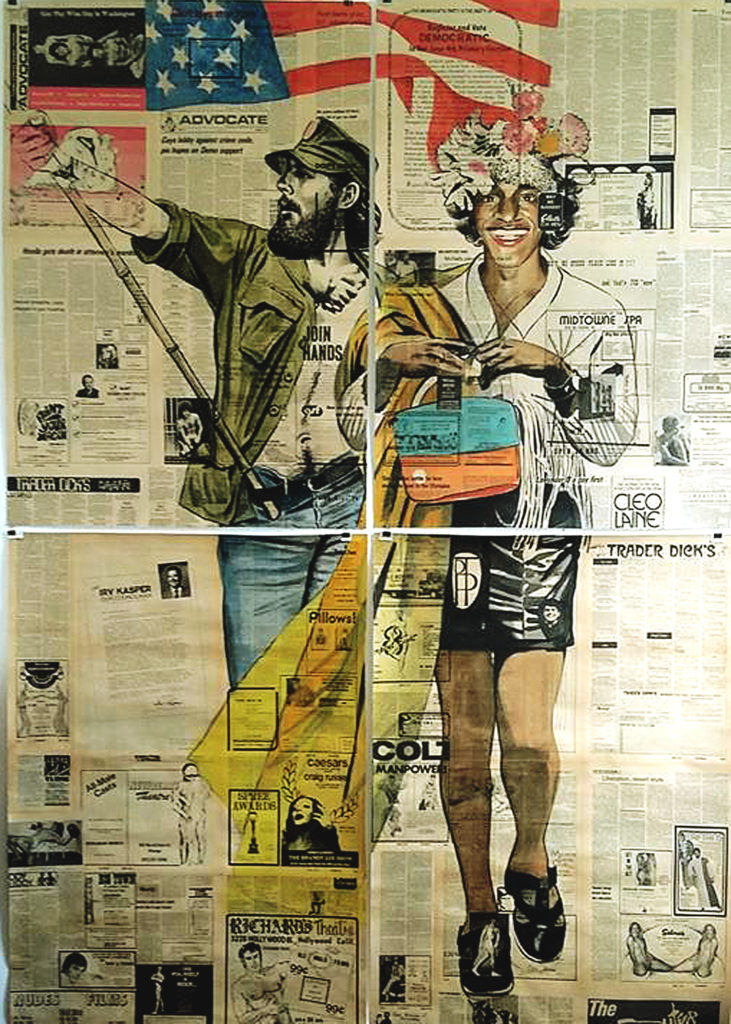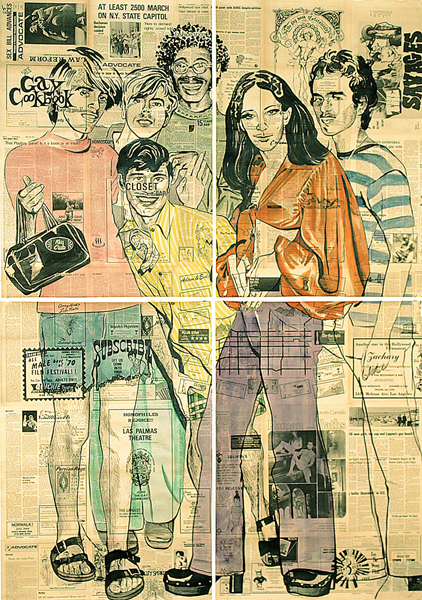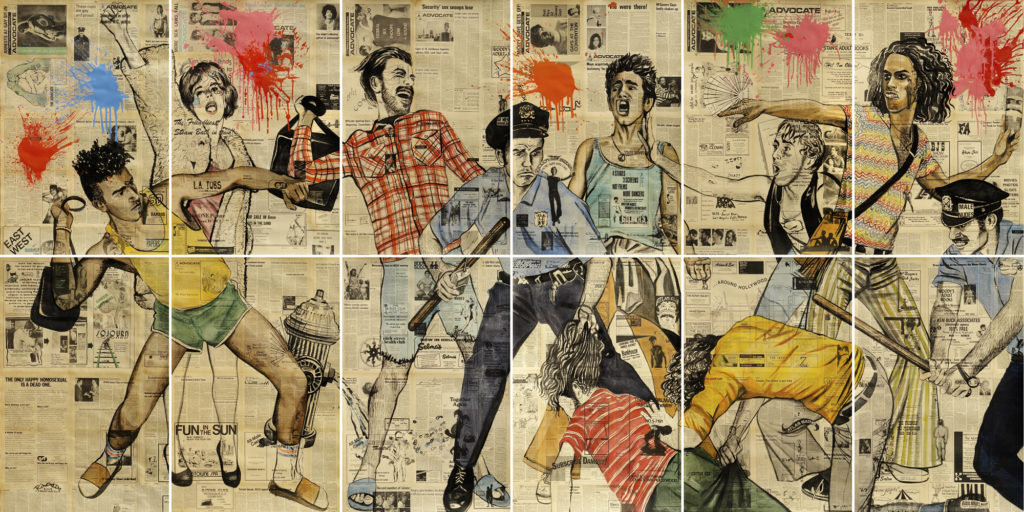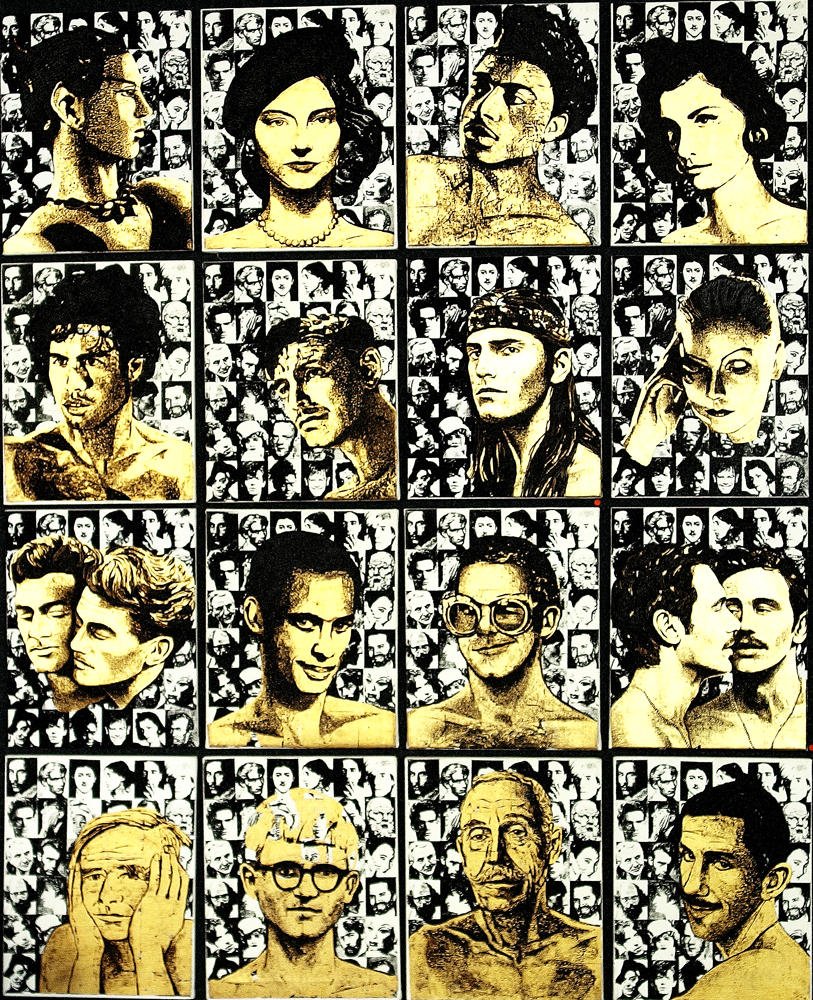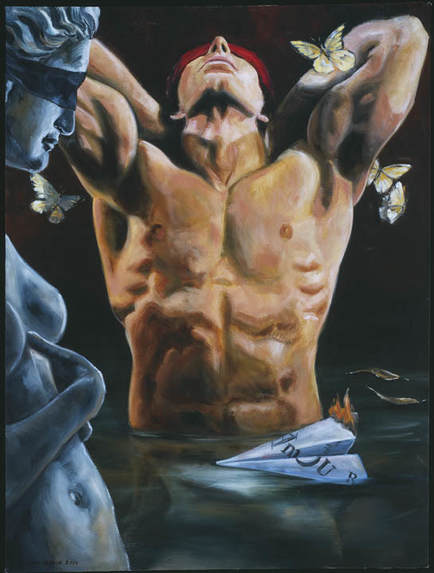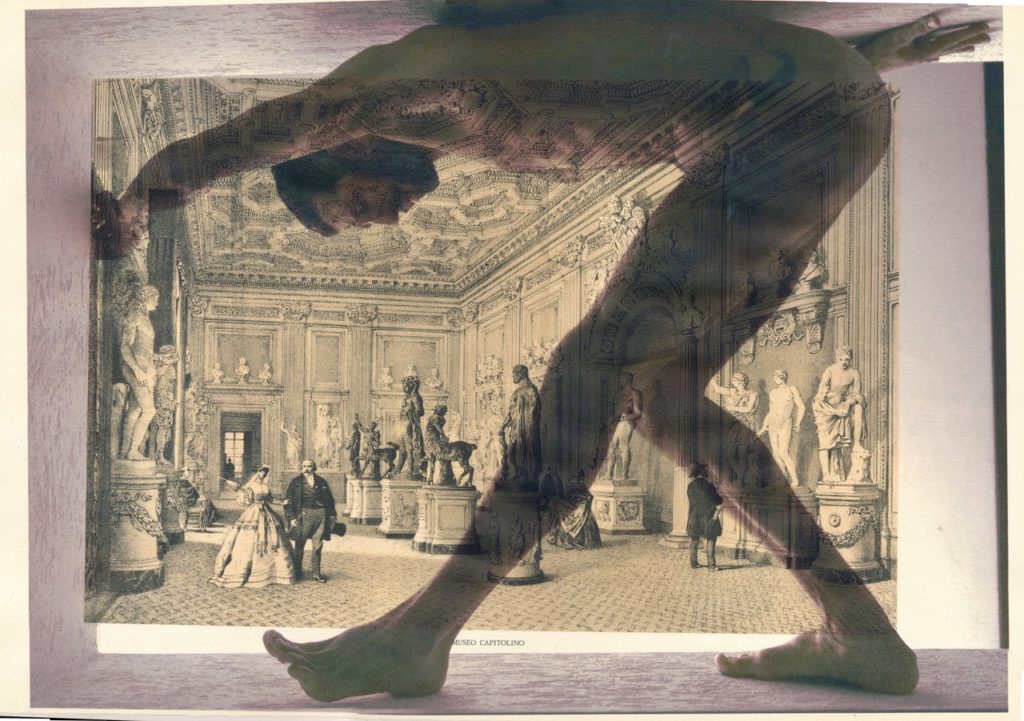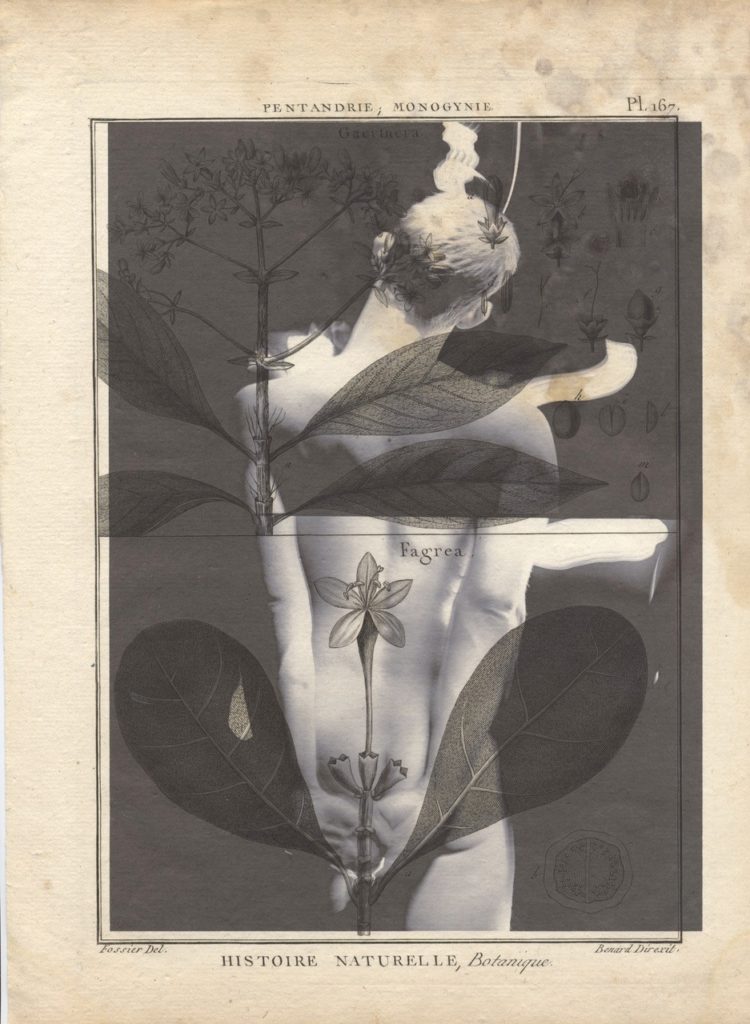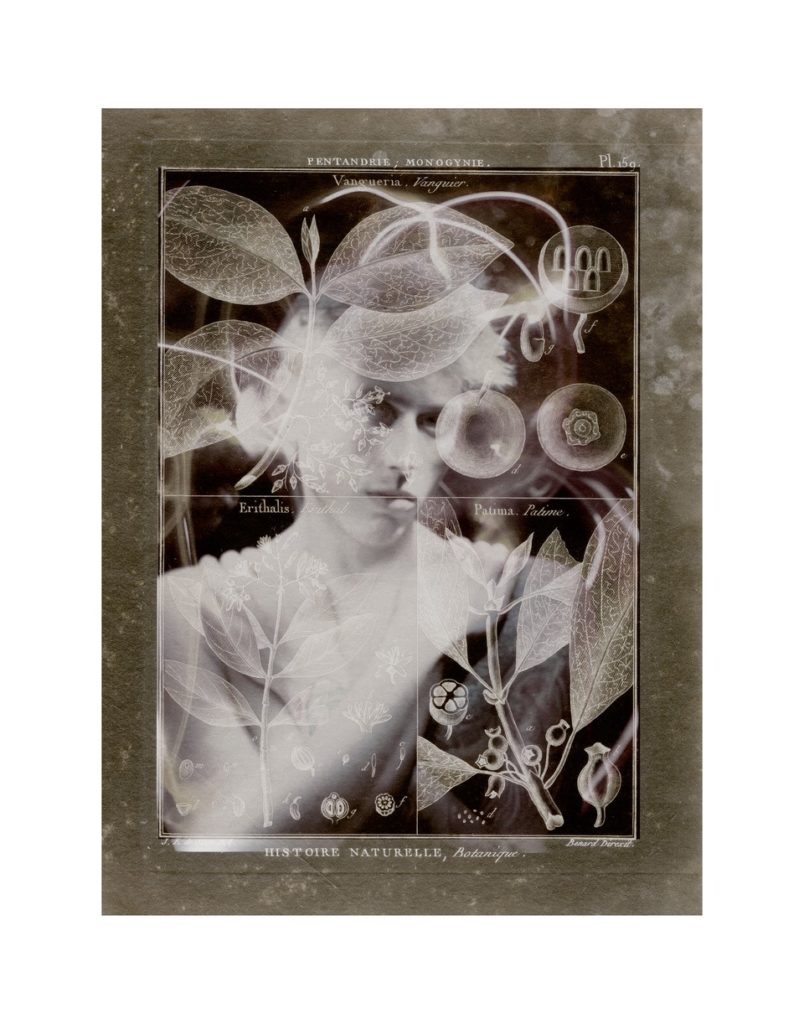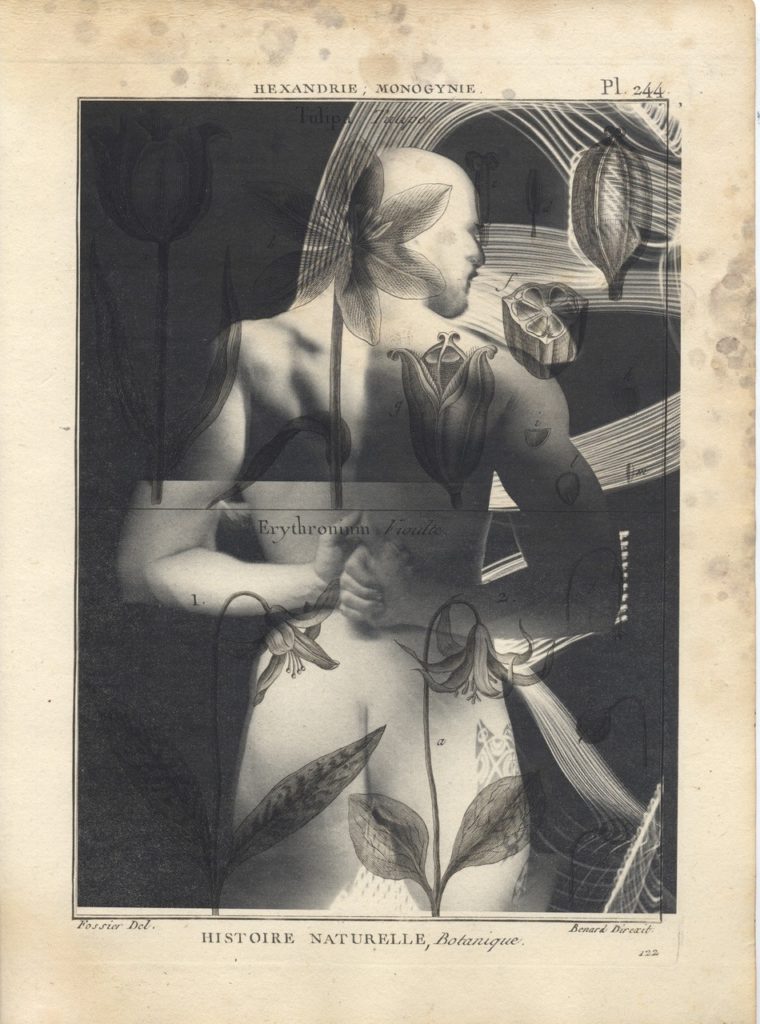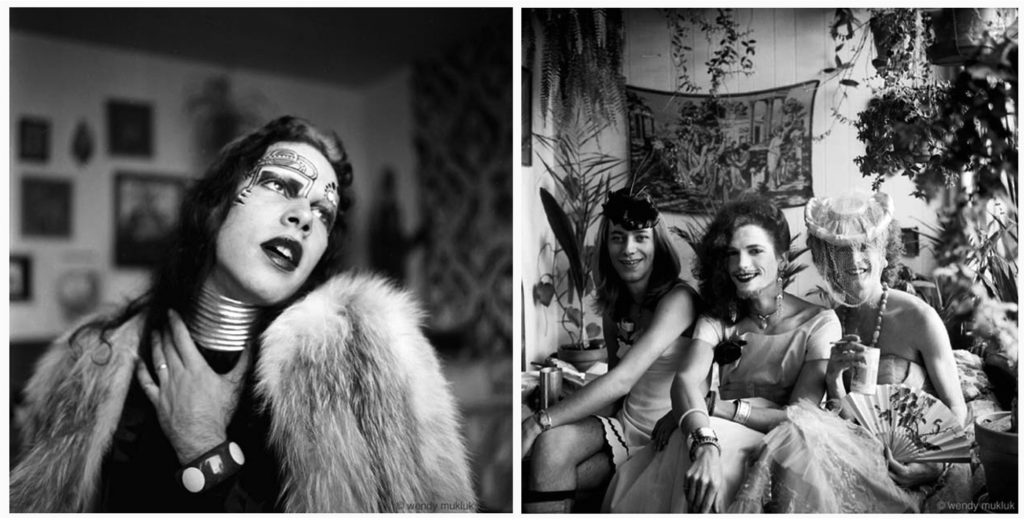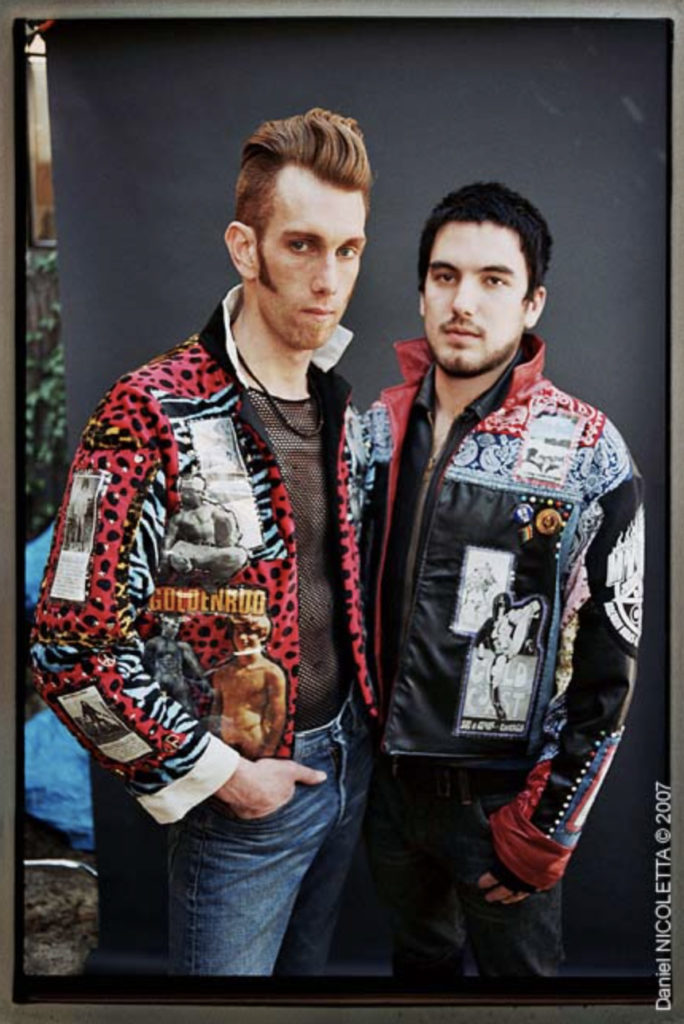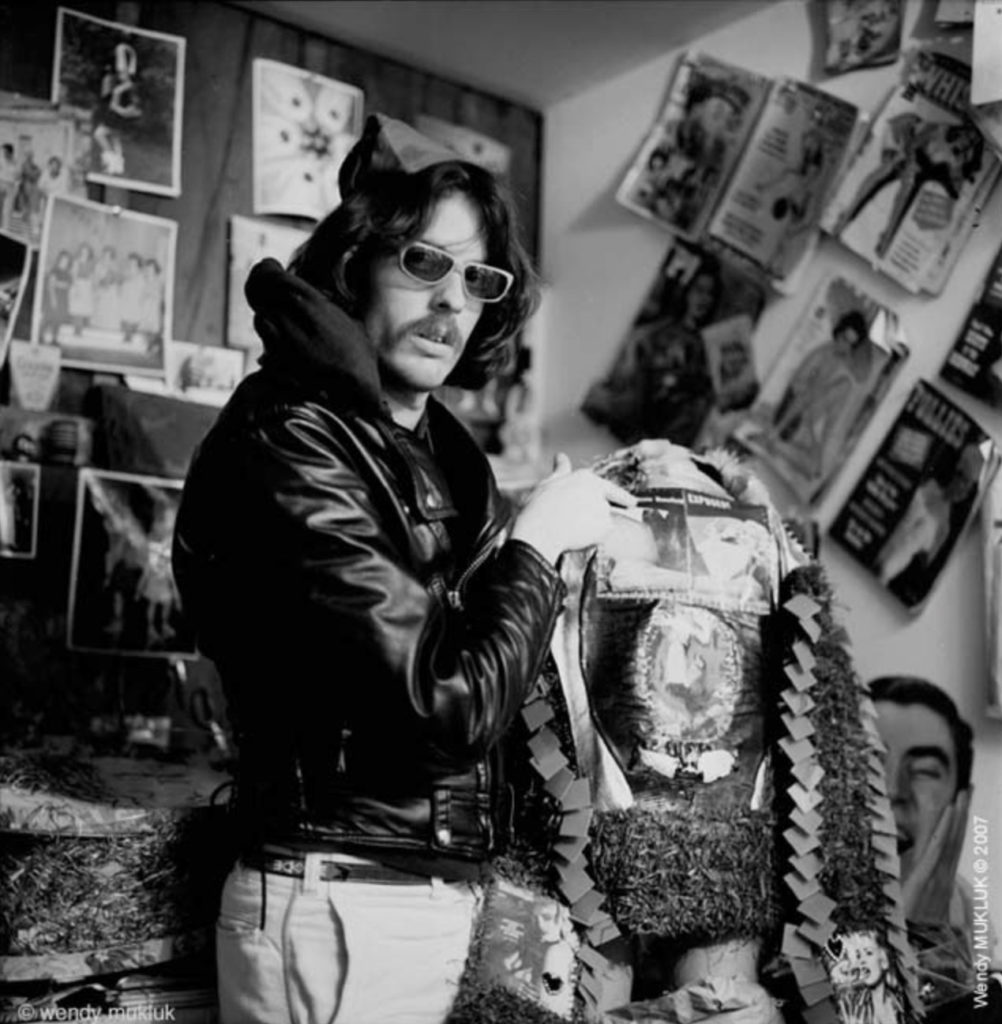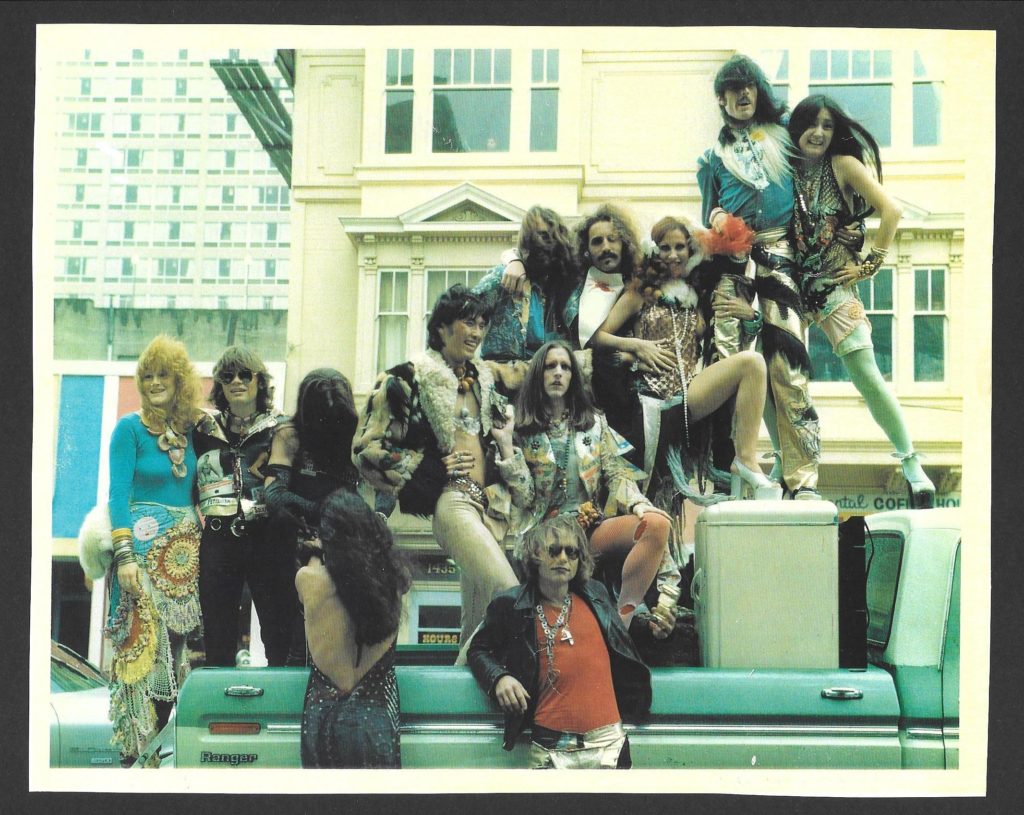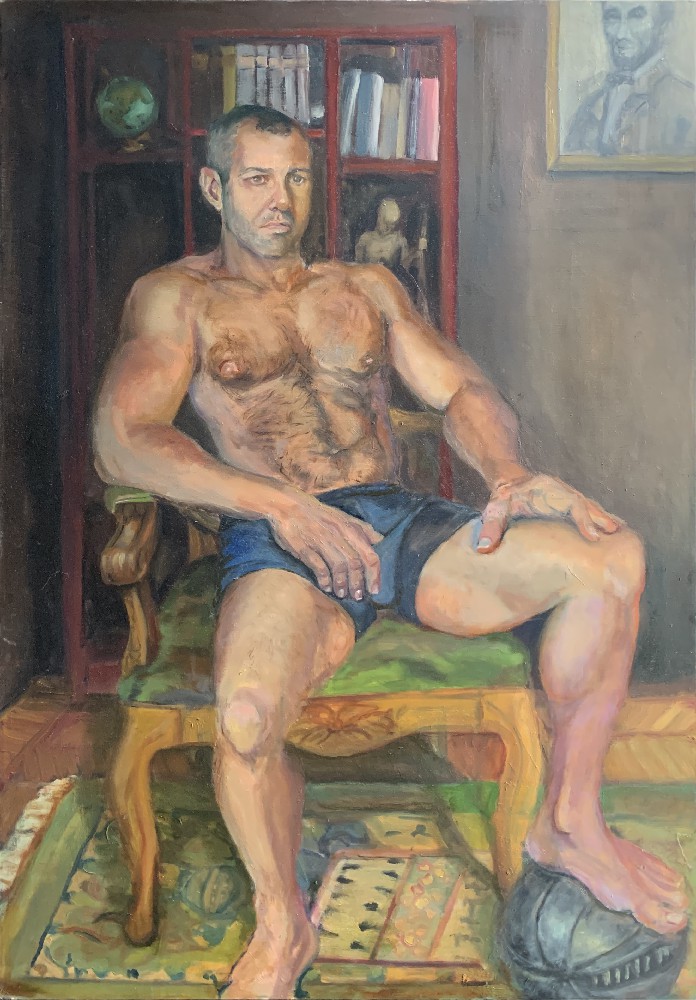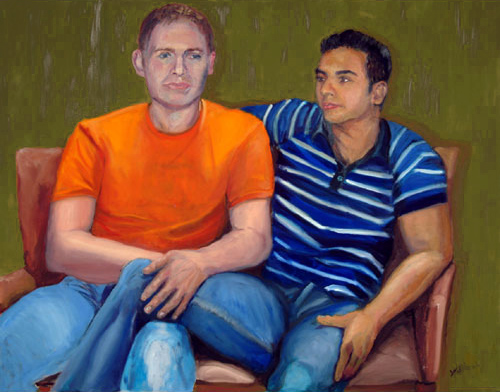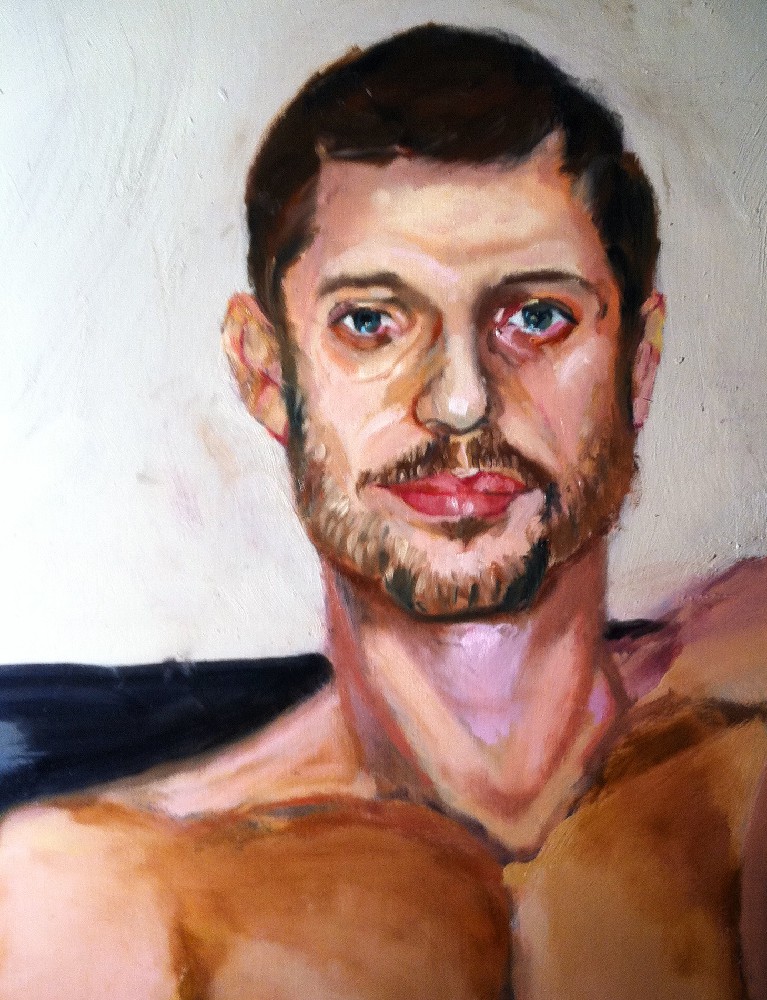Featured Painting/Sculpture/Multi-Media Artists
Alan Beckstead
Alan Gutierrez
Bill Bowers
Branden Wallace
Christine Abiba
Corey Brown
Cori Pillows
David Faulk
Deidre Defranceaux
Ed Terpening
Gordon Silveria
Jack Mattingly
Jerry Frost
Kimiko Goeller
Lenore Chinn
Mark Hanreich
Mata
Michael Lawrence
Michael Lownie
Onyinye Alheri
Paul Richmond
Queen Sen Sen
Rinaldo Hopf
Robert Flynt
Satän
Tavi Taos
William Cricket Ulrich
Yonit Mordechai Moerman
Click on the image to view full size.
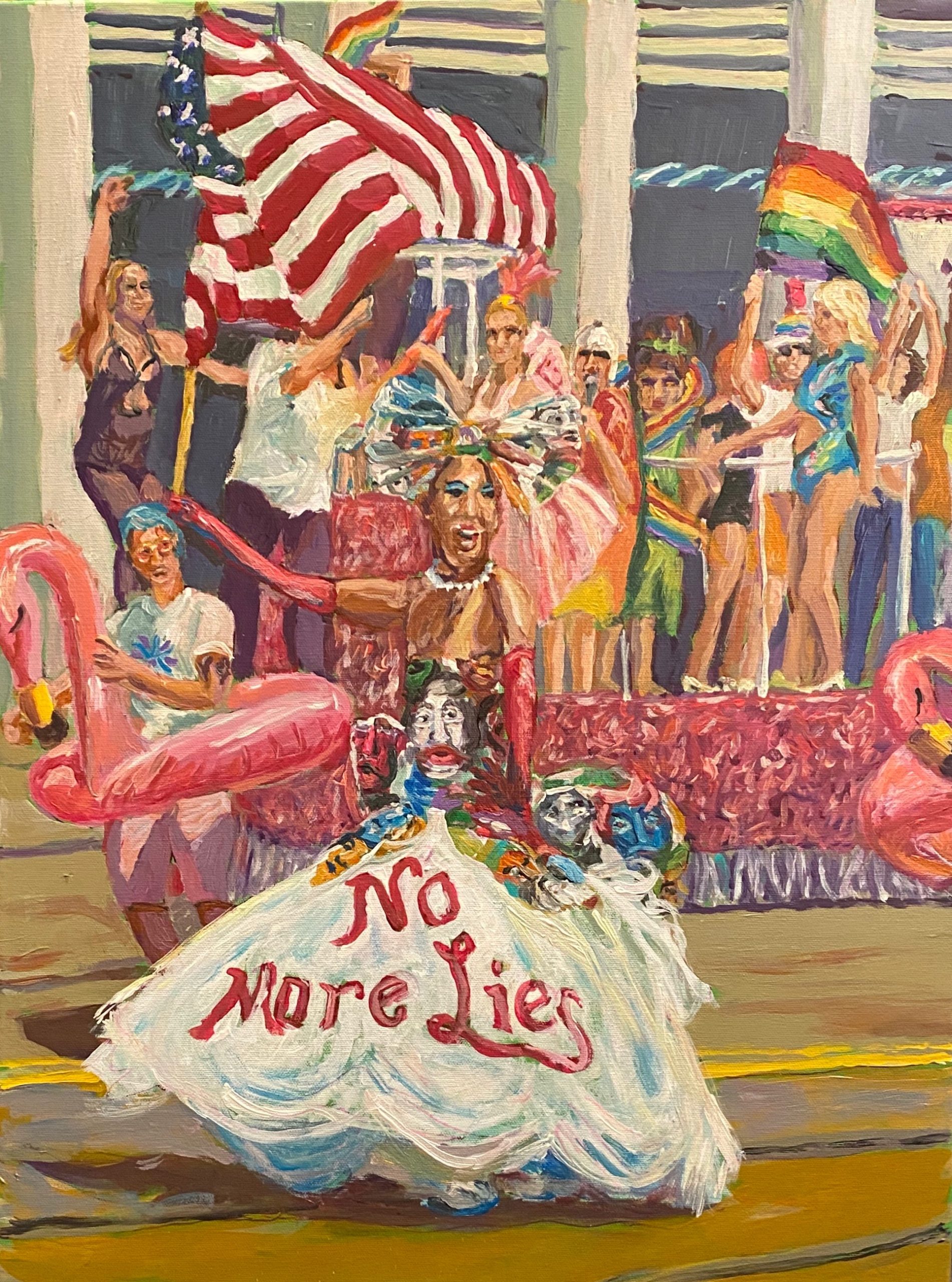
Alan Beckstead
The LGBTQ community in the Greater San Francisco Bay area is the focus of my work. I utilize vibrant rainbow colors in the work to symbolize PRIDE. The works include SF and Sonoma Pride Parades over the past 10 years; Men of Castro; The 1990’s Muscle Ball (which raised funds for local AIDS organizations): and finally Sheltering at Home to help fight the pandemic.
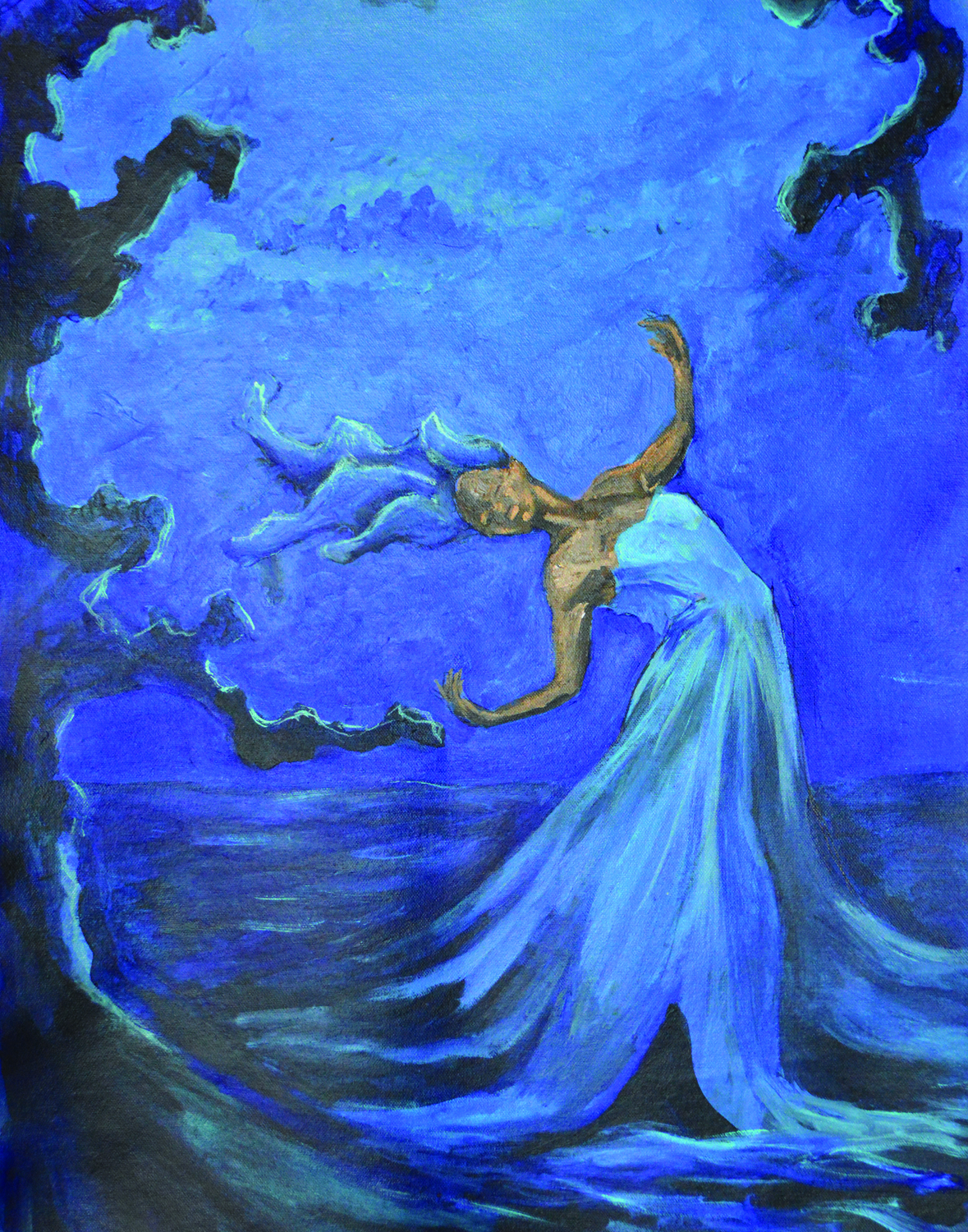
Cori Pillows
Cori Nicole Pillows began her journey of making art with drawing and photography and ultimately evolved into a career in graphic design and web development. In 2014, Cori started off in a new path as a full-time working artist, painter, and entrepreneur. Her company, The Core Creations was launched as a self-powered small business selling her art depicting historical portraits, revolutionary ARTvism, and spiritually powerful illustrations of the beauty reflected in her community.
Cori’s “tree spirit” God(Is) images are the latest in her collection of artworks and are powerful grounded prayers and messages of strength, love, and the power of manifestation. Extensions of the crown representing the idea of thought as a conduit of manifestation as well as a symbol of connection to divine and ultimately each other.
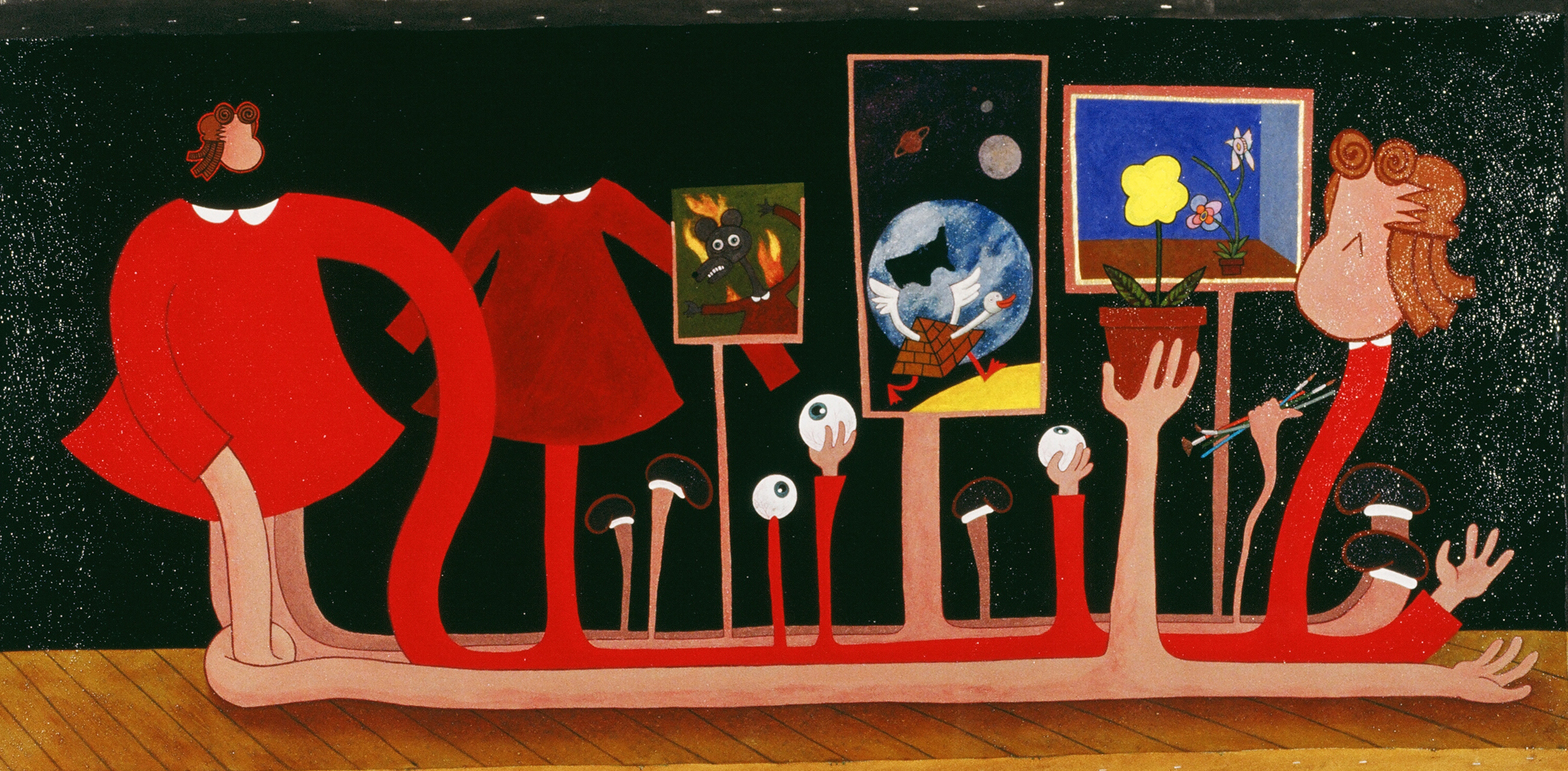
David Faulk
Using Humor to explore life’s challenges, David Faulk’s work in a number of mediums seeks to show, and celebrate, the hidden mysteries surrounding daily life. Psychologically, long term survivor David Faulk’s bodies of work are focused on looking at the discomfort of difference using the body as a metaphor for crisis and/or revelation. Visually, they are colorful and cheerfully exuberant at first glance, though there’s often a lot more going on under the surface and behind the humor informing the situations they depict…most often a cast of characters confronting some kind of challenge to be negotiated, to get to a better place.
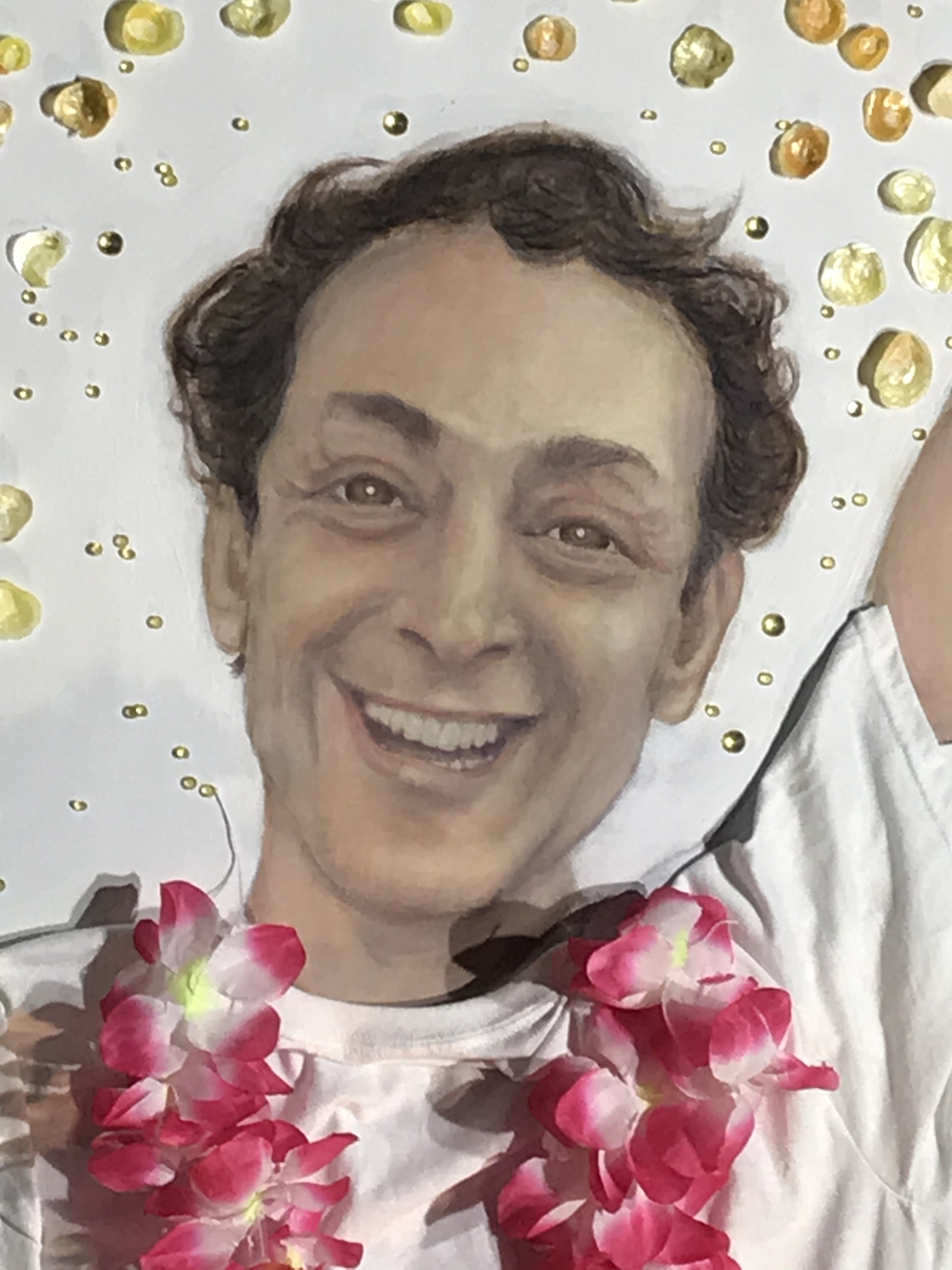
Deidre Defranceaux
This painting is a love letter, between myself, Danny Nicoletta, and Harvey Milk. In these divisive times, I find Harvey’s message of hope vital and desperately needed. Using mostly Danny’s photos, this piece tells the story of Harvey’s life, triumphs, struggles, death, and legacy. The deconstructed cameras, film, negative and positive images, and campaign materials point to years of hard work, and the actual process of creating positive change. The photographic process mirrors the political process. Each component builds on the last, and it is the striving for a vision that is exalted.
Courtesy San Francisco History Center/San Francisco Public Library
Dedicated to Danny Nicoletta
Photos Danny Nicoletta (B. 1954)
All photos courtesy of the Photographer
“The Lover” (c 1074)
Photograph by Marc Cohen ( B.1946)
Courtesy of the Photographer
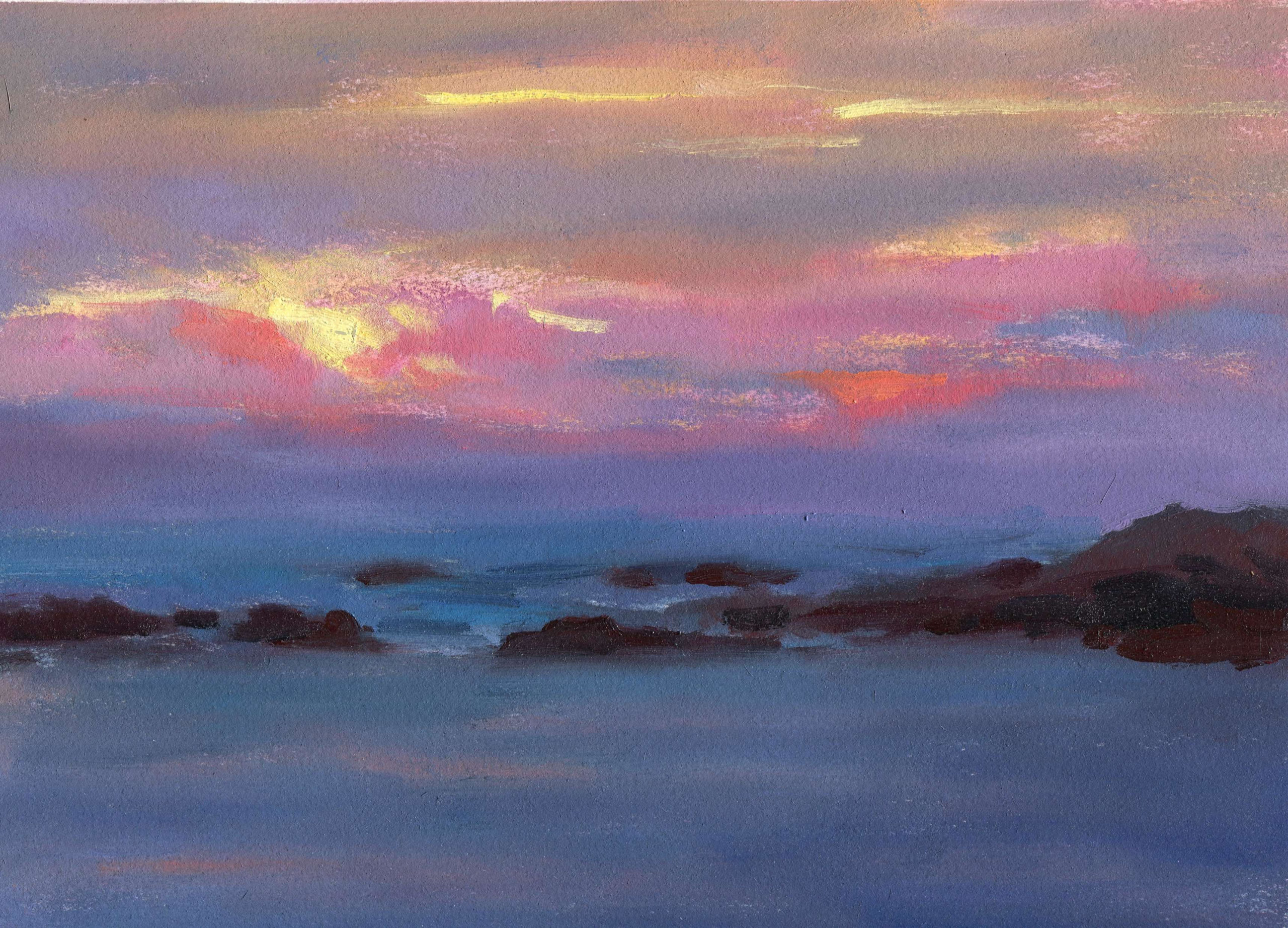
Ed Terpening
While working 35 years in tech, I’ve long had a desire to leave a mark on the world long past the shelf life of the tech products I’ve created. Many people raise children to leave their legacy, but when my husband and I were young enough in the 80’s to raise a family, laws and society discouraged us.
Now retired, I focus on creating artwork that is timeless, but also captures the times I’ve lived in, including today’s global pandemic. This series of figurative and landscape paintings reflect the myriad of feelings I have today when thinking about Pride: hope and joy, as well as isolation and my longing to connect with my community again.
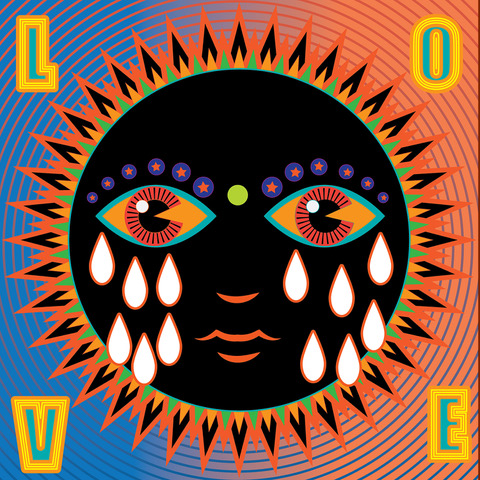
Gordon Silveria
I’m a native San Franciscan. My artwork explores color and shape, as influenced by pop-art and 20th century pulp advertising. I use industrial printing techniques that make my art affordable for everyone.
El Sol Llora Por Amor (2020)-Digital 36”x36”
The sun looks down sadly on the earth. Inspired by Mexican art. Created in Adobe Illustrator.
Nude in Blue and Orange (2020)-Digital 8”x10”
This is a commentary on classical figure drawing. I have changed the proportions to infantilize the model and the bright colors, not usually associated with traditional figure drawing, make the drawing modern.

Jack Mattingly
Drawing with colored pencils and playing with images on the computer, that is the medium. I scan color pencil abstract drawings into the computer and mirror samples of them in photoshop. I then mirror samples from those go on and on, it’s a bit like creating the fish I am trying to catch
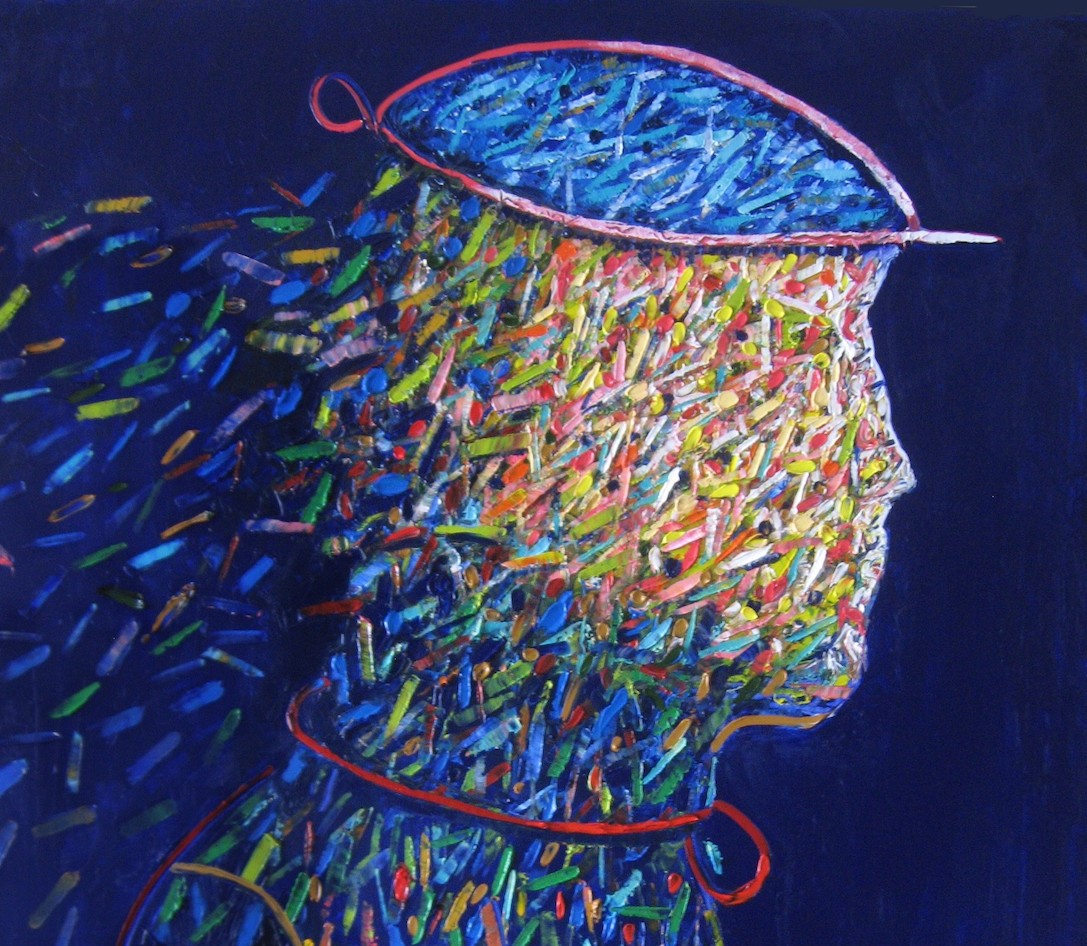
Jerry Frost
Shelter In
Recently I have been working on compositions that express our current Crisis with the Corona Virus
and Isolation. I am a long term survivor of HIV and of course our current Corona Pandemic has
awakened my PDST from the Aids Crisis. I feel an urgency to deal with this crisis through art and
release the fear.
In this body of work, I am going into my gut and pulling out images that I feel relate to the Corona
Crisis. I feel art is a vessel that we humans relate to that evokes an emotional response and gives us a
feeling of belonging to the Collective Human Condition. I hope we all can come out of this crisis and build a better society.
I paint with oils on canvas and my tools are fingers, putty knives and one tiny Brush. My creative
process is all about color, resolve and tapping into the automatic process. Whether I am doing abstract
or realism, I go to a place where I try to bring the composition to a place of harmony..
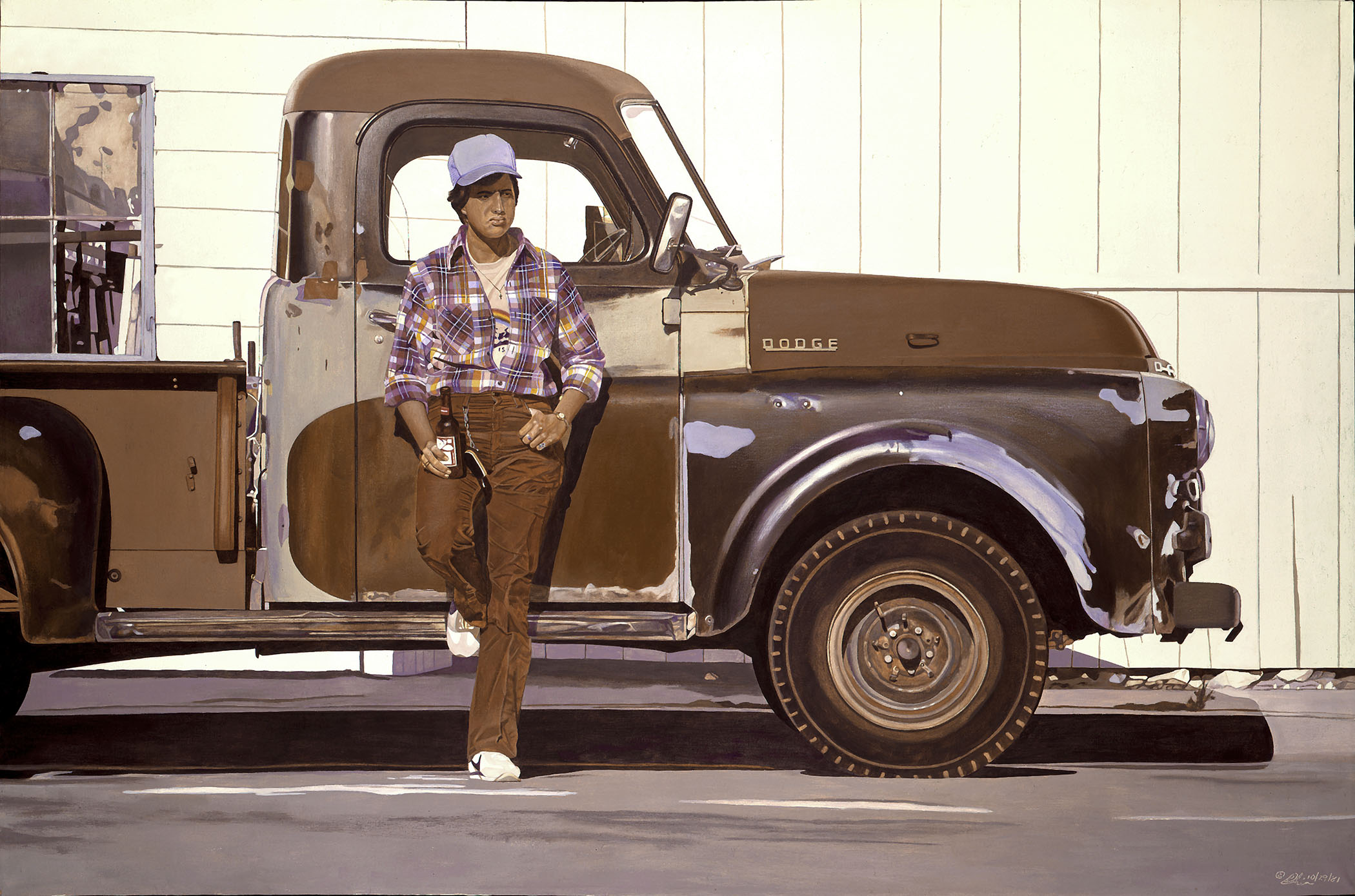
Lenore Chinn
My paintings offer a collective portrait of the Queer community as it has developed over the past thirty years. I use acrylics on canvas to explore the super-realistic depiction of a wide spectrum of people of color, lesbians, and same-sex couples. Employing a coded iconography rooted in a lesbian/gay cultural perspective, these portraits present visual narratives that counteract the “magic-truth rituals” of racial and gender construction.
Currently, one of my early paintings, Déjà Vu, is included in Art After Stonewall, a traveling exhibit commemorating the Stonewall riots of 1969, organized by the Columbus Museum of Art.
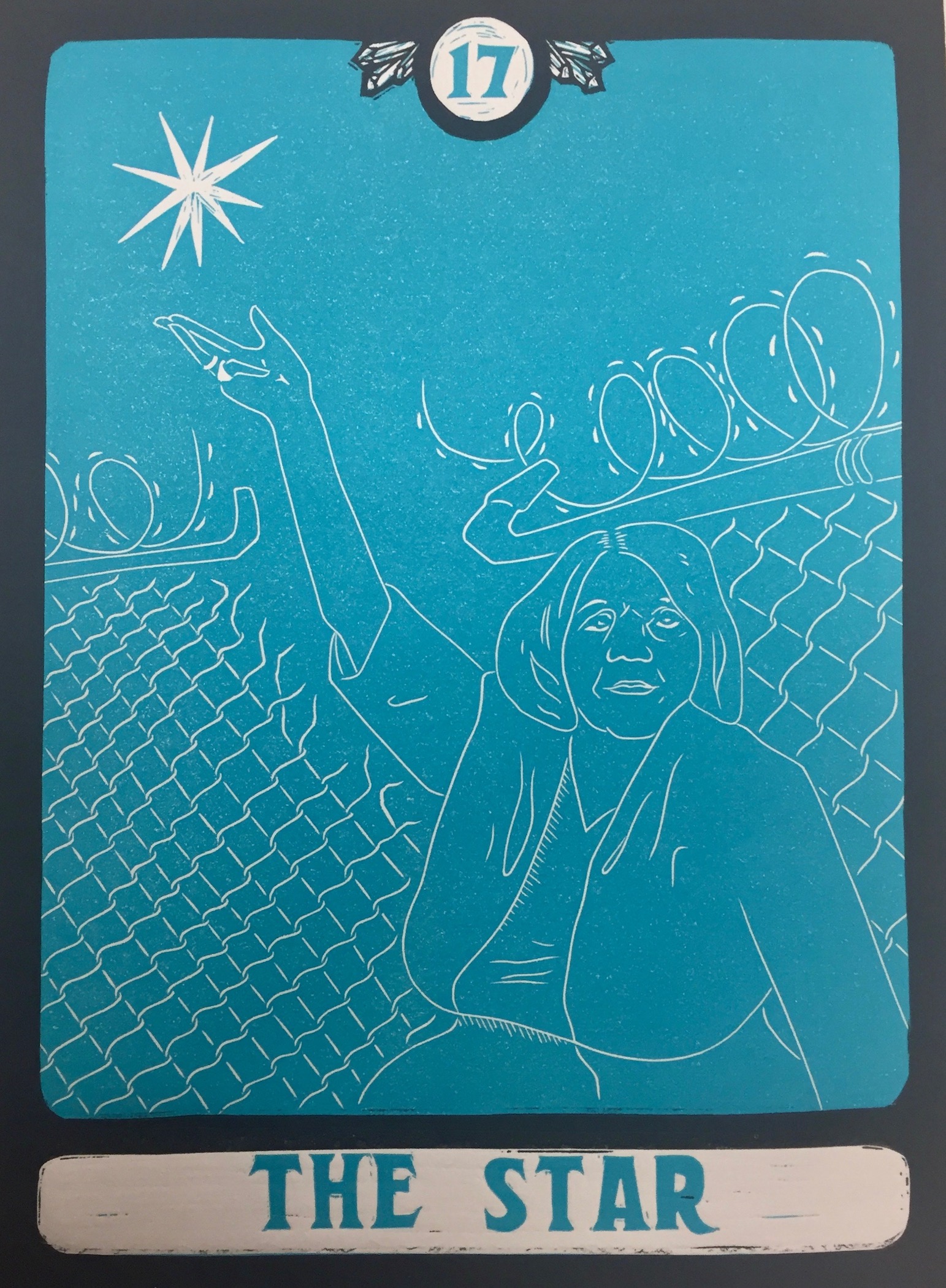
The Queer Ancestors Project
Curated by Christine Abiba and Katie Gilmartin
The Queer Ancestors Project reimagines a visual record of hxstories, centering the experience of being queer and trans throughout time. Through printmaking, artists remember queer and trans spirits of the past, excavate complicated hxstories, and forge relationships with ancestors whose existence is inextricably connected with our own. In this collection of prints from ten years of QAP workshops, co-curated by Christine Abiba and Katie Gilmartin, we call upon guiding spirits of care who, in our struggles, accompany us, share their light, and remind us “to hold each other precious.”
The Queer Ancestors Project is devoted to forging sturdy relationships between LGBTQI people and our ancestors. Using history as a linchpin, we build community by providing Queer and Trans artists, age 18 to 26, free interdisciplinary workshops in printmaking, writing, and Queer history. Public exhibitions and readings of their work provide a window on the past through which the larger community can glimpse our collective future.
For more information please visit queerancestorsproject.org
Click Here to View Artist Statements
Queer Ancestors Project: Guiding Spirits of Care
Queer Ancestors Give Us Strength (2017), linocut, Cedar
This print was made in honor of five of my personal queer heroes: James Baldwin, Audre Lorde, Sylvia Rivera, Marsha P. Johnson, and Leslie Feinberg. The work of all five of these individuals has inspired and informed my own queerness and what it means to exist in this world. I hope to honor all of their works, ideologies, and teachings with this print. It is also meant as a reminder to our queer and trans siblings today that we have beautiful powerful ancestors to lend us their strength through their words, actions, and wisdom for all that we continue to exist and resist for.
Lenore Chinn (2016), linocut, Alan Gutierrez
Lenore Chinn is a Chinese American queer artist and activist who was born and raised in San Francisco. Lenore is widely known for her realist visual art —particularly her painting — which provided a snap shot into her friendship circles in the 1980s and 90s. While beginning to paint her friends she did not expect that many of them would die of AIDS related complications. Her work is in some ways an archive, memoriam, and celebration of a vibrant social circle that she still adores. Lenore is an activist and longtime member of the Harvey Milk Democratic Club — as a part of it she founded the Women’s Day Blood Drive. For nearly two decades, Lenore led a blood drive on Women’s Day to generate support for people living with HIV who were on AZT. Many women — trans, cis, bisexual, queer and of color — played critical roles in caring for people living with HIV/AIDS. They were doulas. They cared for a generation of people who were dying due to state violence and government neglect. Many of the women who were leaders in AIDS activist circles, who formed working groups in ACT UP chapters across the U.S., are not remembered for their tremendous work battling HIV/AIDS. Lenore is a living legend who cared for many of the spirits that still live in San Francisco — the 20,000 fabulously imperfect trans and queer people who died of AIDS here in San Francisco. I think of them as my ancestors. If you were one of those women who were there and caring for our dying families then I encourage you to tell your story. I also thank you for ensuring that our people went onto another dimension with dignity and love.
Reverend Bobbie Jean Baker (2013), linocut, Corey Brown
It saddens me that this is my second memorial print (and there could be many more I’m sure) for a trans* elder that has passed since this round of the QAP began. Minister Baker was killed in a car accident on New Years Eve 2014. I did not know Min. Baker very well, but the few occasions where I shared spaces with her were filled with joy, laughter, and love. Min. BobbieJean led the service for the first Transgender Day of Remembrance event I attended after moving to the Bay area in 2010. I was captivated by her beautiful voice and the presence she brought to the room. During Pride month the following summer, we had a brief yet playful conversation at the Trans* March afterparty that was hosted by TGI Justice Project. She had quite an impact on the lives of many queer youth and was a pinnacle in a variety of communities that will greatly miss her care, gentle guidance, and compassion.
She served in a number of different positions as a religious leader and as a community leader: as the TransSaints Western Regional Minister of the Fellowship of Affirming Ministries; Lay Minister at Transcending Transgender Ministries at City of Refuge; lead singer of the all transgender member Transcendence Gospel Choir (a group she was part of for over a decade); and a substance abuse and transgender health counselor at San Francisco’s Asian and Pacific Islander Wellness Center. She was also long time advocate of TGI Justice Project and the Formerly Incarcerated and Convicted Peoples Movement/FICPM.
The Star Miss Major, linocut, Corey Brown
Since I was a young teen, my tarot deck has been an ancestor, offering gentle guidance, sharing wisdom, and connecting me with a past much larger than myself. I have chosen to embark upon a journey of creating my own tarot deck with cards relating to specific queer ancestors and personal experiences in my own life.
The Star – Guidance, serenity, and hope
In the words of Barbara Moore, a well-known modern author of tarot meanings, “Stars have played roles both mystic and mundane in the lives of humans. We like to wish upon a star. Looking at the stars gives us perspective. Stars are used for navigation. The constellations tell stories; we use them to find understanding, direction, and hope. Their gentle yet brilliant light gives comfort and hope in times of darkness. They are not illusionary like the moon nor overwhelming like the sun. They are soft, gentle, and yet amazingly powerful. This card brings refreshment and cleansing after troubles. It promises restored faith and renewed purpose.”
Miss Major has been an activist and mentor in the transgender community since the 1960s and was an active participant in the Stonewall Riots of 1969. She moved to California in 1978 and provided support during the AIDS epidemic of the 1980s. She went on to become the Executive Director of the Transgender Gendervariant Intersex Justice Project (TGIJP) which provides direct service and support for trans women, many of whom are of color and currently or formerly incarcerated, and works to fight against the Prison Industrial Complex.
I want to honor Miss Major’s legacy and pay tribute to all the guidance, serenity, and hope she has given and continues to give to me and so many other people. She’s still fucking here, just like the stars.
Untitled (2014), linocut, Onyinye Alheri
In my quest for a spiritual path which originates from my ancestral region yet does not require that I deny my queerness I found the Bori practice. Bori is a pre-colonial spirit possession cult which originated in what is now northern Nigeria and southern Niger. It is an indigenous African religious practice that not only consist largely of women, but accepts and encourages participation from trans* people, who are otherwise ostracized by the community, The majority of Bori practitioners are those who are marginalized – including sex workers, the disabled, lesbians, and other social and sexual ‘deviants’.
With this piece I drew inspiration from the saying/phrase “the magic is in the mundane.” Focusing on of the more mundane aspects of my day-to-day existence – my 9 to 5 office job – I wanted to demonstrate how spiritual experiences can be found in every moment of our lives. Two important factors in ritual are repetition (as seen in chanting, speaking of mantras, and dances) and anonymity/loss of self or ego (as seen in the wearing of make-up, masquerades, and cloaks. It is in using these methods that practitioners are able to “step out” of the physical plane and onto the metaphysical.
Vista a un mundo más allá del nuestro, cerca e invisible (2019), linocut, Satän
La naturaleza tiene una cantidad inimaginable de poderes curativos y muchas veces es demonizada especialmente por mentes conservativas y capitalistas. Los hongos por ejemplo tienen miles de propiedades que tienen la capacidad de sanar todo tipo de afecciones y enfermedades. María Sabina Magdalena García fue una curandera y chamán de la etnia indígena mazateca del estado de Oaxaca en México. Ella usaba los hongos como herramienta sanar nuestro espíritu.
La v. amazónica es súper mágica y fascinante. Los indígenas suelen extraen el jugo de las raíces, para usarlo como un tinte de color negro para el cabello.
Además su esencia tiene la capacidad de ayudar a despertar la vida espiritual, contribuyendo a la identificación de emociones negativas que impiden seguir adelante. Ayuda a enfocar la atención en otras dimensiones más allá del plano físico. Funciona como guía, así como una luz en el medio de la noche, que así como su flor, hace referencia al renacimiento.
Gracias a los caracoles tengo siempre presente que con paciencia todo se da y como un refrán que siempre escuche creciendo “lento pero seguro”.
for the young ones [Justin Chin], Kimiko Goeller, linocut
“Let the young ones be queer the way they want to be queer, as long as they are queer, as long as they find among themselves each other to love” –Justin Chin
I remember coming out to one of my friends when I was younger and her first response was “are you sure?” This happens to me now even within queer communities. I keep coming back to this quote because it is a reminder that someone before me was thinking about how weird and wonderful the world could be if we loved and admired each other’s queerness.
I want this print to be both a tribute to Justin and also a reminder that there is more than enough space for youth to define themselves. It makes me a bit sad that I couldn’t include more about Justin’s idiosyncrasies – the odd things that he carried about him (like his wild performance acts, etc). This print was based off a portrait of Justin Chin taken by Kevin Killian. If you want to learn more about Justin’s queerness, I highly recommend you do some research – he had these wild performance art pieces and seemed to always carry around random objects like wind up mechanical insects and light-up googly eyes.
Sun – Protector of Queer & Trans Prisoners (God of Elements and Life) (2018), Linocut, Queen Sen Sen
I created this print as a symbol of myself as Sun and my experience in Jail for 3 days after being arrested at a protest. I remembered yearning for sunlight to touch my body and felt disempowered while my body ached from bruises and wounds. In this piece, I wanted to re-imagine myself as a divine protector for all Queer and Trans prisoners. In prisons, jails, and other institutions, the treatment of Queer and Trans people should be addressed and dismantled. As a divine protector, I would give them the strength to heal from wounds and dehumanization. I would humanize them with my powers and heal multigenerational trauma.
Below I made a description of what would be said about myself as a divine protector:
“Sun originates from land, water, fire and air. Sun holds the power to transform fear and hopelessness into bravery and love. Sun grows using the energies of love and compassion to fuel their Magick wand. The Magick wand begins to ring in a pattern and gives source to heal the traumas that have traveled many generations and dimensions. Although, each traveling trauma challenges Sun’s power to control fear and hopelessness. Sun achieves great power when creating love and brave Magick to use against these challenges with their Magick wand.”
Brushgazum (2017), linocut, Tavi Taos
Mark Aguhar is one of the goddesses I pray to at night. She’s held me when no one else could. And i would go to her in times i no longer wanted to be here, when i wanted to end it, I would visit her blog and gag. Her content would make me laugh and cry and get wet in those fucky times. She introduced me to so many new ideas and affirmed me. “Bodies are inherently valid.” Yes god! Im tryna get one of her poems (Axes) inked on my body. Call Out Queen, her blog, had so many videos of her feeling herself, while applying makeup chair dancing, journaling and telling about her day, doing spells, more dancing, rubbing oil on her sexy body, licking the hand of an off -screen daddy feeding her donuts, modeling her own clothes and among these a vid of Mark brushing her hair and coming close to cumming… Uuuuyyyy!!!
Self-Portraid with G-d (2017), linocut, Yonit Mordechai Moerman
This print is about intimacy with G-d, through tradition, ritual, or the physical. Lately I have been very interested in ways that Judaism itself is queer, and I wanted to interrogate those feelings through my art. The left side of this print is a portrait of myself holding the corner of my tallit (prayer shawl) to my mouth, about to kiss the tzitzit. There is also a tradition of kissing mezuzot. Both practices stem from the commandment to be conscious of G-d in daily life.
Every Friday we sing L’chah Dodi, which is a welcome to Shabbat, who is characterized as a bride. At my LGBT synagogue in New York, we always turn towards the door at the end of the song as if the bride is actually entering the room. The figures on the right are the representation of the feeling of being embraced, maybe by a lover, maybe by the Shabbos bride, maybe by G-d herself.
It’s Not Time for You to Cross Sylvia Rivera, linocut, Tavi Taos
After her body had been found in the hudson river , Sylvia could still hear Marsha tellin’ her, “You gotta keep fighting girl cuz it’s not time for you to cross the River Jordan.” I can hear these same words, on the day to day. I tell myself, along with Marsha and Sylvia ,It’s Not Time for You to Cross.
Sylvia snatches her 10’s on the banks of swirling tendril like waters. Carrying, while she carries her life with her in bags, Silvia was also homeless for most of her physical life. And for me, this looks like being able to rest on the cement and carrying my stuff everywhere I go day to day.
She also carries 60 stitches. How she got them was the same day at the 4th annual gay march when she screamed “gay power,” rallying folks to advocate for trans and queers in jail. After being booed and beat up on stage, she locked herself in a room — “I had the wall covered in blood”– as Marsha broke down the door to help. Like me, Sylvia was suicidal AF. This wasn’t the first time she tried to end it. On another Carry, at her wits end, she jumped in the river in Yonkers. So she had a complicated relationship with The River.
Carefree, as tentacles try to pull Sylvia across the river. These tendrils partly represent the forces of suicide Sylvia battled with. Buuuuut, they are somewhat octopus limbs<333!!! a creature I identify with. For me suicide often looks and feels like demons, who can be misunderstood. Maybe octapussy just wants to play.
Marsha was murdered and then found in these same waters. “When she died, part of me went with her. Because one of our pacts was that we’d always cross the River Jordan together, and to me this is the River Jordan, the Hudson River.”
To see the full interview about Sylvia recalling her relationship with Marsha, go to:
https://vimeo.com/37548074
Wicker, Randy and Reina Gossett. “Sylvia Rivera Reflects on the Spirit of Marsha P. Johnson.” Vimeo, 16 Oct 2017. Vimeo.com/37548074
https://www.youtube.com/watch?v=g_GZUwMniBA
Tibo-K (2019), linocut, Christine Abiba
this print is a reminder that every heartbeat is a prayer of gratitude to all my queer elders and young ancestors who help me grown in love.
when you’ve spent all these years crying your heart full, and the world patiently waited- watching you feel, watching u birth abundance. when you started taking an inventory of all the hours slowing down, and miraculously, you forgot how to count. when you remember your a part of the bounce, the convocation of space and time, of everything happening at once- the living tradition breaking itself new into a small composition of all the universe just tryna keep the groove—
and when god makes it obvious that they looking out for you, asks the people who you should be talking to- to take your heart out on a stroll. and while wandering, you notice poems on the sidewalk and whispers of a queer world in the making, accompanied by hums of our ancestral cadence. so when finally, these symphonies of soft commotions got us feelin like heaven’s irresistible, like it’s within reach, and we got every part of our beings chasing and loving and jiving and chasing at full force, leaving it all on the dance floor—-
this is what it feels like to pray.
hugging themselves, lift me up (2017), linocut, Mata
hugging themselves” comes from a time I felt like I bared my heart and had nothing to show for it. I was suffering to live in a mostly white colonial town. The feeling of isolation and alienation that resulted was unbearable. I became self-loathing and hid into myself. After a particularly bad night in which I walked in the snow from one side of town to the other with a dead phone, I felt broken. I had felt like the only two friends I had in that city no longer wanted me there and I confessed my feelings to a boy only to find out they liked my friend. Defeated, the following days I kept drawing a figure of someone with arms long enough to hug themselves. Always with their eyes closed. I realized that to be brown and queer the most important person I needed to be receiving love from, was myself. It became a ritual of self love, a symbol to draw that would remind me to be gentle with myself. For this reincarnation I adorned them in what artifacts my body holds when loving myself. They are radiating from the power of their own love.
The addition of the bottom print, “lift me up,” brings in the element of all the work my ancestors have done to lift me up. The more I have come to connect with my ancestors, the more I realize how their existence has shaped my reality. Their history is etched into their body.
HOLD EACH OTHER PRECIOUS (2019), linocut, Kimiko Goeller
This print came about as my answer to that question. I thought about friends and mentors who had given me space to be vulnerable and included a part of them in this print. As I was creating the design, the phrase “hold each other precious” — something we all say to each other in qap (queer ancestors project)– kept repeating in my head. I wanted this print to capture the magical moments where we feel treasured by those that we love.
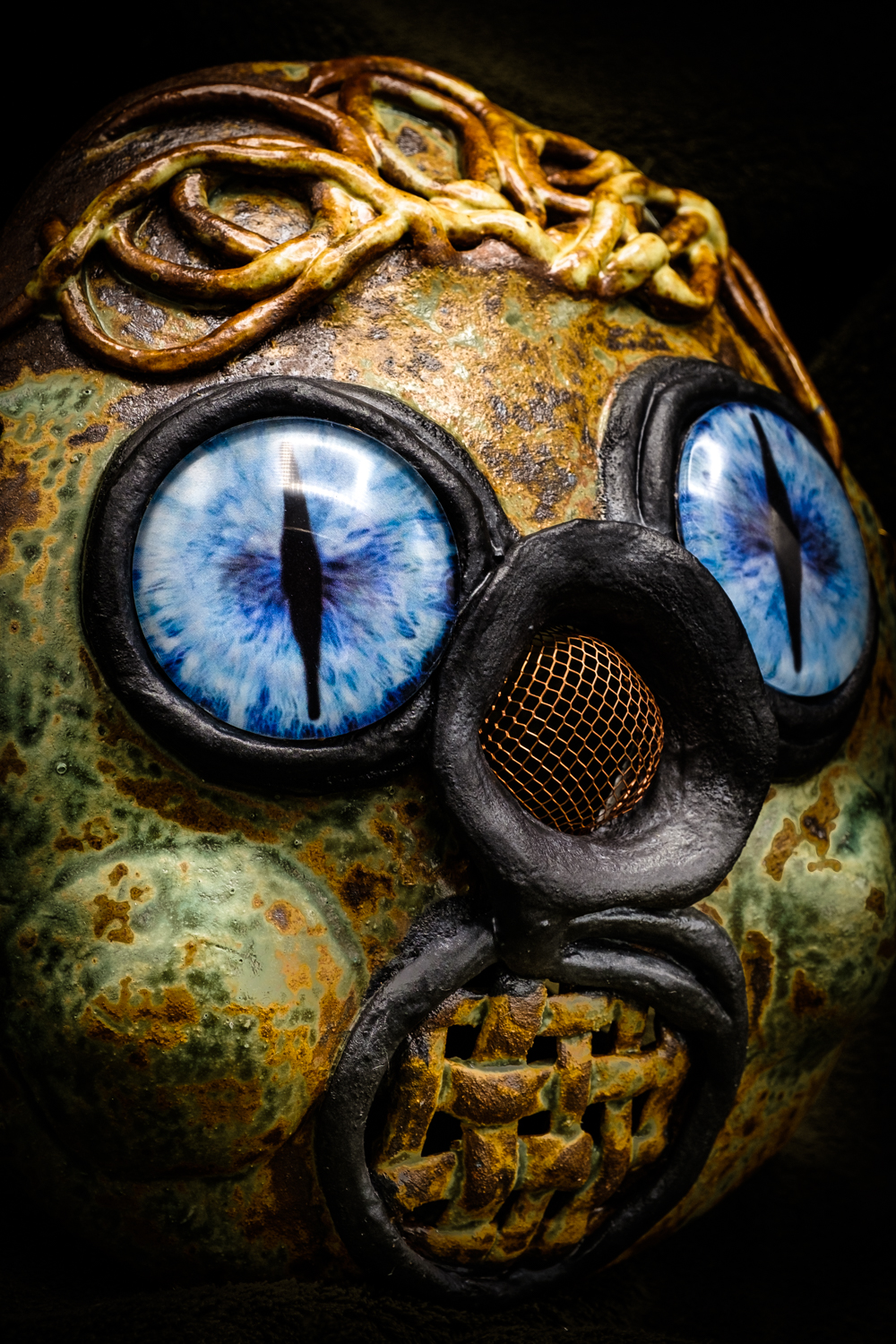
Mark Hanreich
The Future of Man, Ceramic Masks
Mark Hanreich, 60, is a self-taught Bay Area ceramic artist working with high fired clay.
This collection of “Grotesques Masks” speaks to the human condition and it’s future in a deteriorating and poisoned modern society. Shockingly, but in the artists’ words “not surprisingly”, all of these masks were created prior to the Covid-19 pandemic.
Mark’s masks are hand formed and then high fired out of a community studio in Marin County California.
(Photography by Mark’s Partner Peter Thoshinsky)
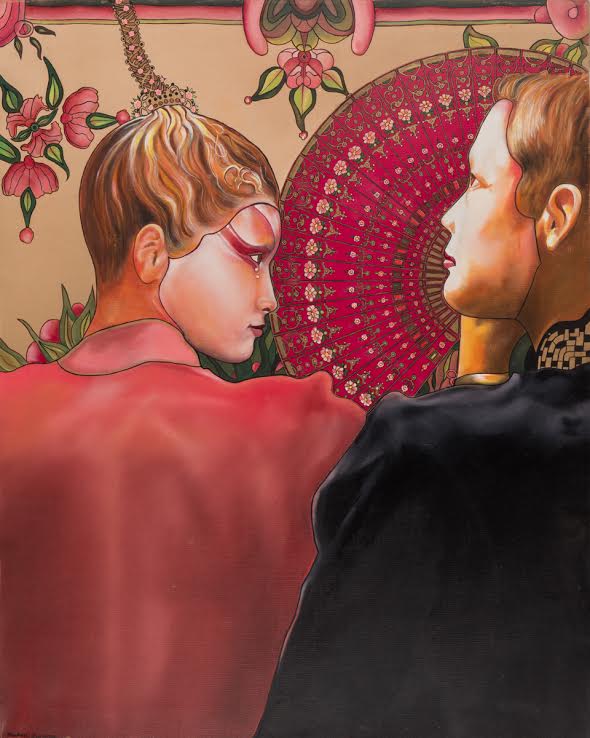
Michael Lawrence
In many ways television and movies shaped my vision of the world. I also had an obsession about ancient civilizations, art and metaphysics. It was a synthesis of television, movies and travel that have formed my artistic language. When painting in oils I love the depth of colors. If I am seeking a transparent effect of bold solid colors they have the ability to render fine details and color nuances. I choose my colors in a painting to be harmonious and play off of each other. It is a dance that is frozen in time.
My images are drawn from print media, TV and ancient art. I love the interplay between discordant images that explore our preconceived ideas about beauty, loss and gender roles. My artwork is grounded by a life long interest in metaphysics and how archetypes change and are refined by cultures. In many ways when I compose a painting it is like working on a puzzle. It is an intuitive process that gestates and at some point I feel that all the elements are in harmony.
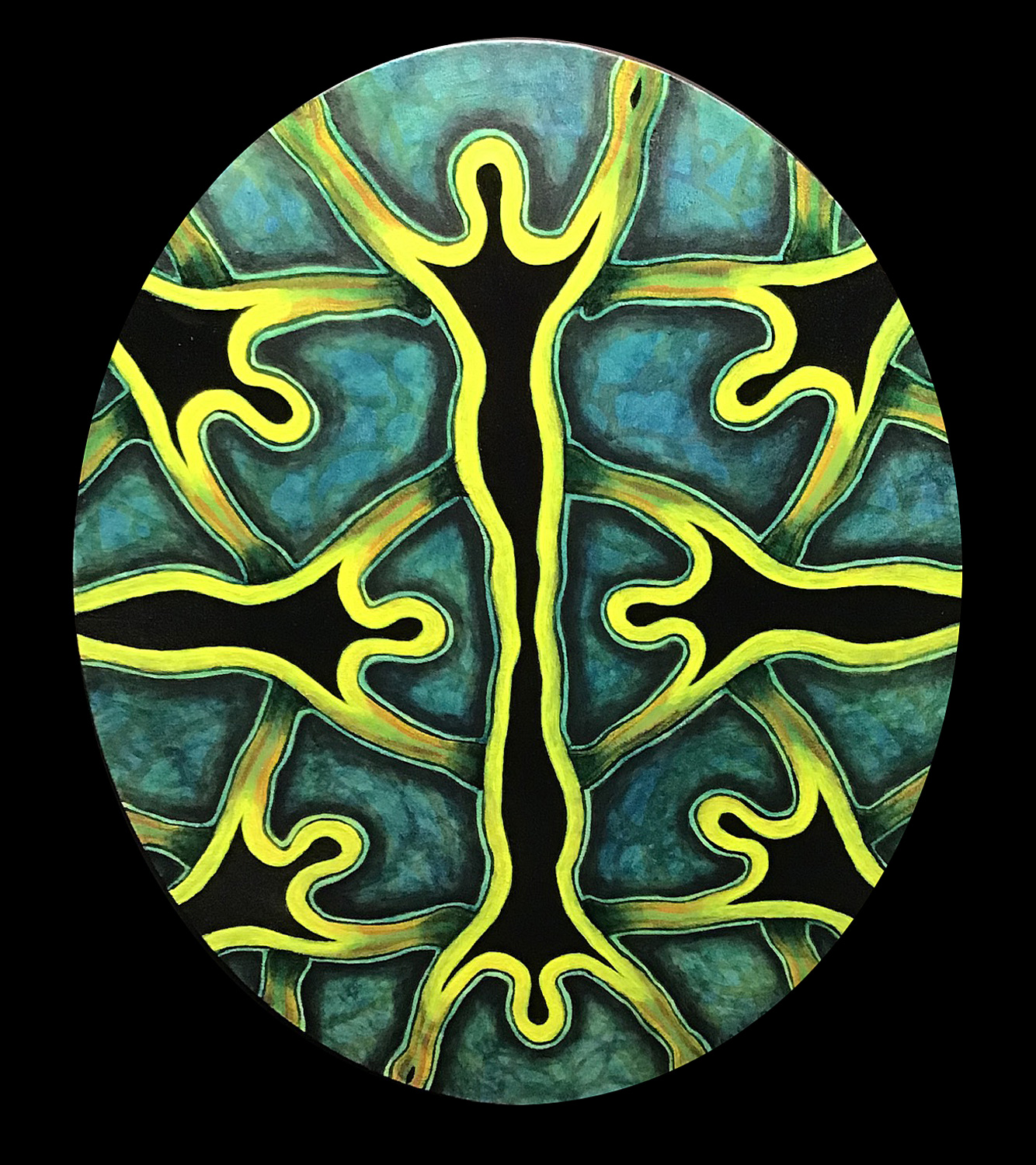
Michael Lownie
My 3D works invite you into surreal fantasy worlds filled with colorful characters. I’m especially enjoying making hybrid figures with adulterated toys to colonize the alternate realities. They make me feel I’m in good company with their uniqueness. With my paintings, I revive my old 1960s aura with colorful Mandela inspired patterns.
My work has been my sanity & refuge, first during a politically stressful era and now, inevitably Corona19 has affected my work. I’m finding solace in all my studio time but anxious for the day our community can actually get together, socialize and hug.
Happy Pride!
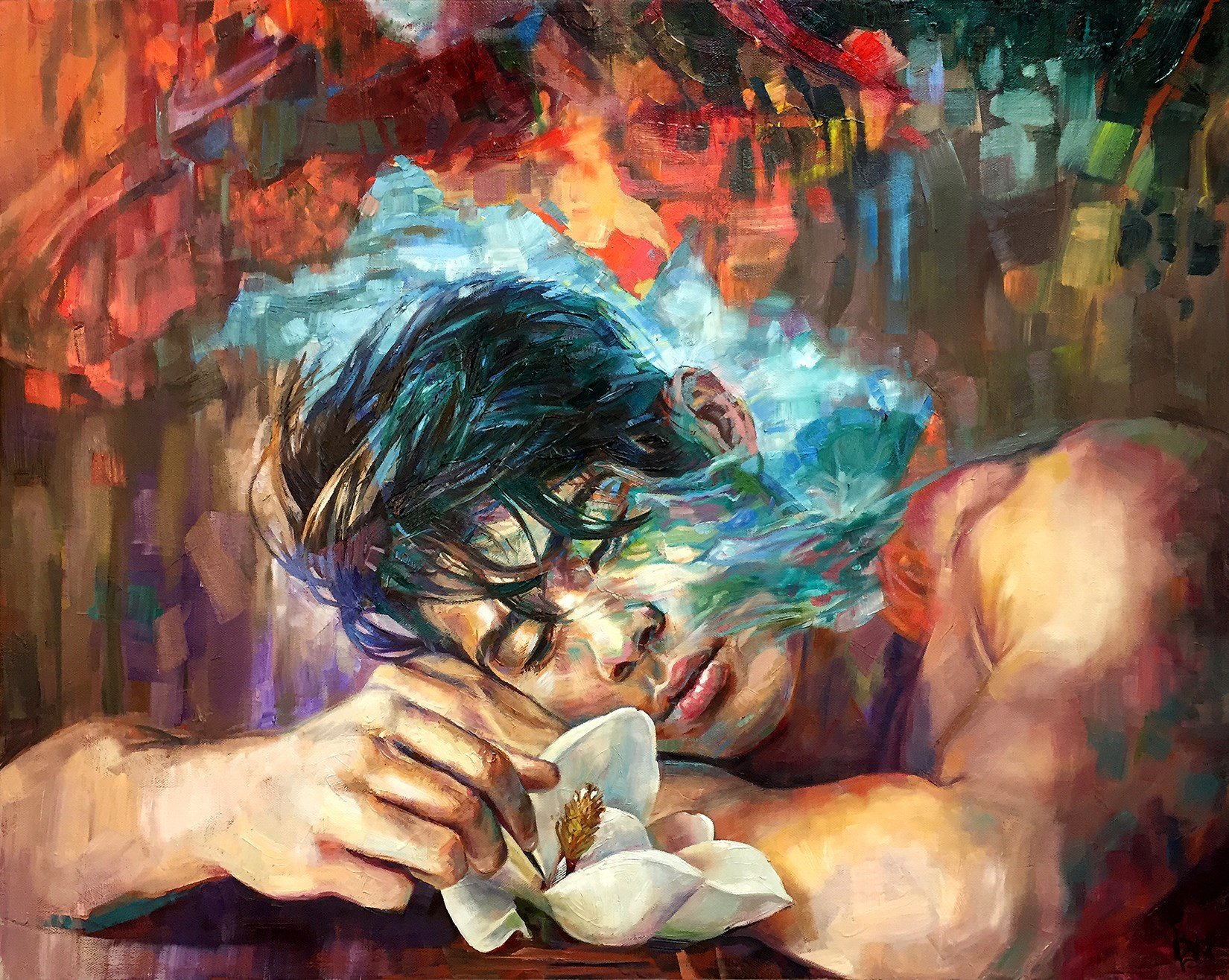
Paul Richmond
Paul Richmond’s paintings are an investigation of identity, vulnerability, and human nature. Reality and abstraction compete within the figurative foundation of each piece to make the subjects’ inner struggles more tangible. He often draws upon personal history to approach universal themes. The expressive application of pigment reduces the literalness of the depiction, engaging with an exploration of color, form, shape, and pattern as windows into the psyche. By deconstructing and rebuilding the figure, his paintings invite understandings that reach beyond the immediate surface and reveal the complexity of the individual.
http://paulrichmondstudio.com/
http://twitter.com/paulrichmondart
http://www.youtube.com/paulrichmondstudio
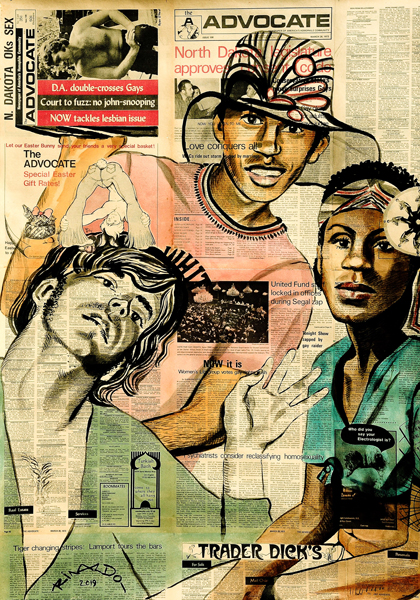
Rinaldo Hopf
I am working on a series of several large, and a number of smaller paintings, inspired by the STONEWALL RIOTS 1969. In 1976 I came to the US as a 20year old for the very first time, to live in a spiritual ashram in San Francisco where I eventually got kicked out because I had my first boyfriend Paul stay overnight. That year in San Francisco everything got started that has proved important for my whole life: I had my coming out, started my lifelong yoga practice, learned English, went to art school, and studied at the Institute of Asian Studies. San Francisco was the catalyst for my private as well as my professional life as an artist.
After that I lived in Berlin; Auroville, India; New York; and lately part-time at the Tom of Finland Foundation in Los Angeles. Always creating art in the context of social movements, queer identity, and spiritual growth, like my 1998 series GOLDEN QUEERS. Gay pride marches, my first one in San Francisco, have been important features throughout my life. The 50th anniversary of the Stonewall Riots led me to read all kinds of available documents, books, interviews, and to watch films on this topic. I got in touch with several senior activists of the riots, amongst them the artist Thomas Lanigan-Schmidt, whom I painted as a young street kid in one of my paintings (see attachment). I felt compelled to dedicate my artistic production of this year to the riots and everything that entails for my personal life.
I decided to use vintage The Advocate magazines from the time of the riots for my Stonewall series. I mounted the pages on separate boards and painted them with ink and watercolors. The actual riot scene is a free composition based on some actual photographic documents of the riots, and one of the characters from Roland Emmerich’s film “Stonewall”, as well as some friends and family members who posed for me.
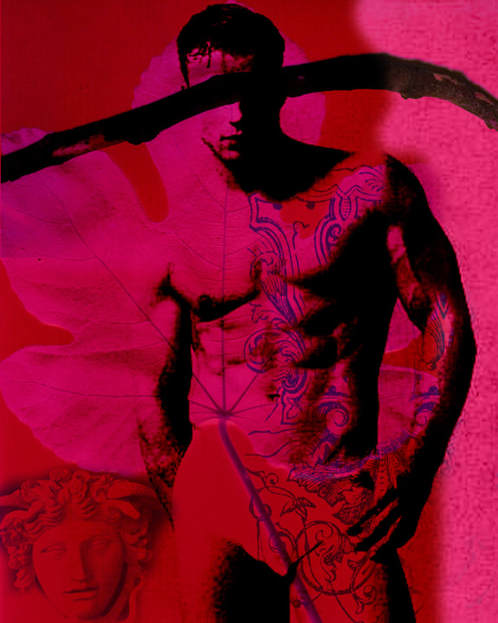
William Cricket Ulrich
Ignacio’s Secret, 40”x30” oil on canvas
Originally the painting was inspired by a scene in the book The Carnivorous Lamb by Agustin Gomez-Arcos. Two brothers that were lovers were at a pool that was surrounded by butterflies. I took the basis of this and veered from the book. I wanted to have the viewer create their own story. I give you the pieces: A fleshy guy blindfolded, a cold goddess (based on a photo I took of a statue in the Louvre) also blindfolded. I added the paper airplane in flames with Love on it. Love is blind, Love in flames. Make of it what you will.
Medusa, 14”x11” Digital
This is some of my digital work which I have never shown before. I’m a fan of Jean Paul Gaultier and this was inspired by him. A fig leaf from the yard where I used to live overlaid with a male figure. I’m a fan of old-line art from old books and overlaid some of it to look like tattoos. The head of Medusa was from an old book on Greek art. This is more of a poem to fashion and what inspires me.

Robert Flynt
My current series of photo-based mon0prints are created by printing my studio-based photographs of the figure onto found textbook plates, maps, or other paper ephemera.
The photographs are made with performer/collaborators, shot entirely in darkness, illuminated by flashlights. These light drawings of evanescent, un-seeable encounters are minimally edited and printed on the found pages. I propose vocabularies in a dissonant dialog: the authoritative/book-based found with the metaphorical/sensual drawn. Are they more drawings than photographs? Does it matter?
My subject is the body, primarily male: the yearning and anxieties it engenders while attempting to subvert classic/toxic vocabularies of masculinity.
www.robertflynt.com
Instagram @robertflyntfoto
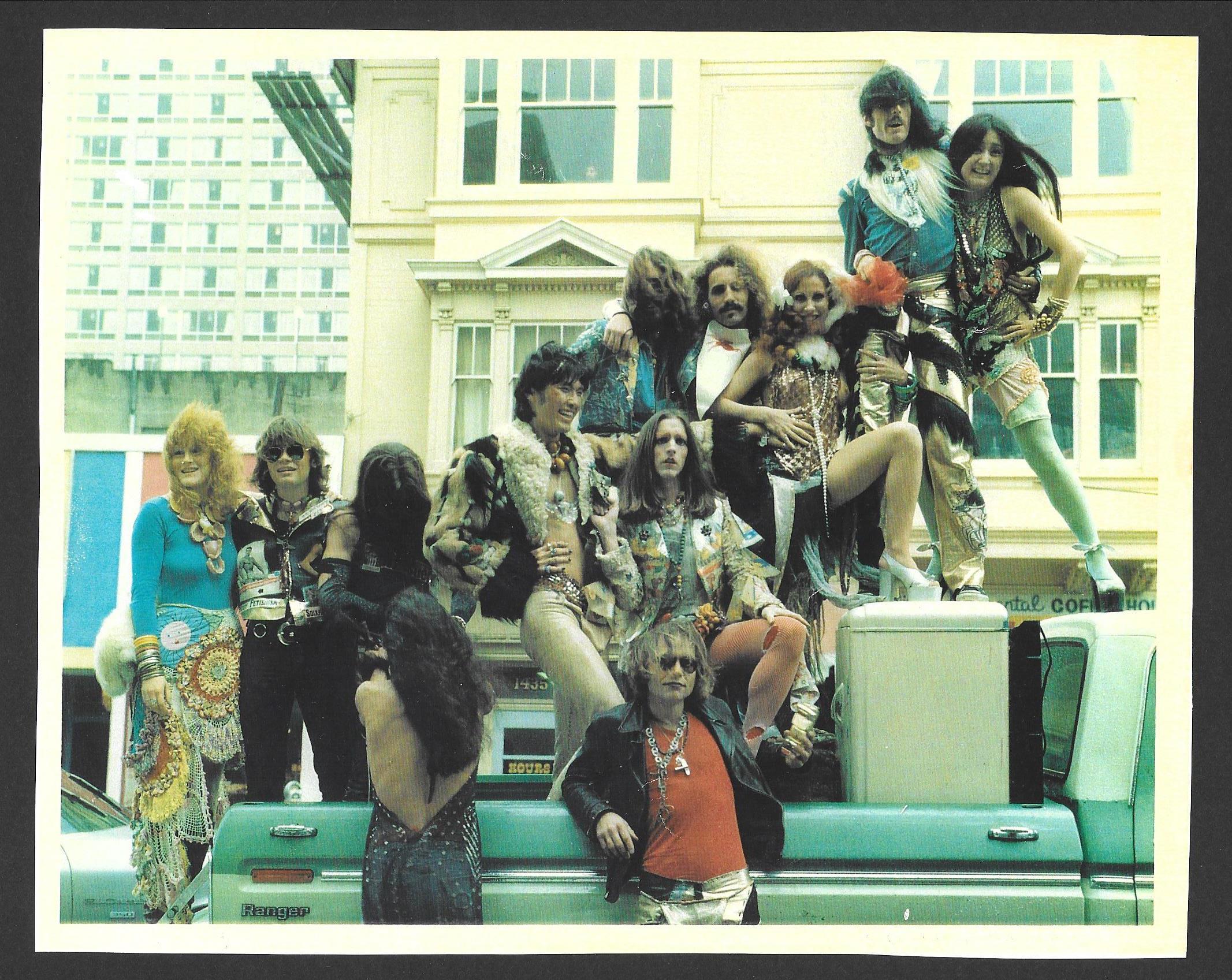
Bill Bowers
Radical Excess: the Art and Life of Bill Bowers
I first heard about the artist Bill Bowers through his long-time friend Donna Personna, a trans-rights trailblazer who performed with San Francisco’s legendary Cockettes and participated in the Compton Cafeteria riot, one of the first recorded LGBT-related riots in United States history. I got Bill’s number and immediately started trying to get in touch so we could (to my mind) start gabbing about textiles and I could lay my hands on his work, which is decadent and heavy with ornamentation, collaged to the extreme, “just wild” as Bill would say about so many things from his past in our conversations to come.
Alas, Bill had accidentally given me a wrong number, so a full year passed and when I finally tracked him down we were in the early throes of Covid-19 isolation. Bill and I started out planning clandestine meetings in the lobby of his San Francisco building, but in the end settled on a couple of phone calls in late March and early April, and I resigned myself to experiencing his work through the computer rather than in person for now.
Bill is a very gracious person, with a pleasant aloofness that I would guess comes from cramming enough experiences for two or three lifetimes into one. When we talked, he was in the process of sorting through thousands of negatives from decades of taking pictures and working as a photographer for gay newspapers and magazines. The Gay and Lesbian Historical Society had just contacted him hoping to add his work to their collection.
Click here to read the full article about Bill Bowers in Feral Fabric
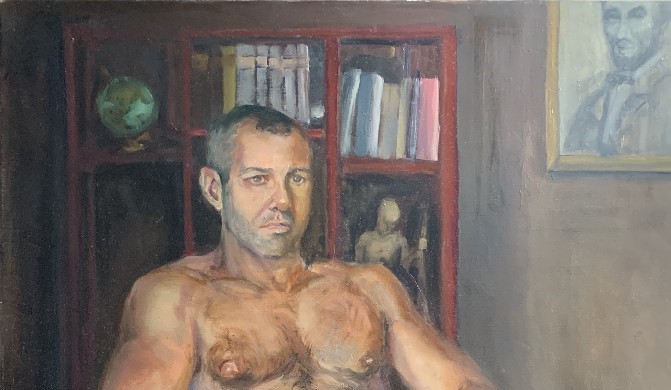
Branden Wallace
My work is in series. I take a question that I have and work on a body of work until I am done with that question. Outlawed noblemen and perverted telegraph-boys” is a quote from a review of The Picture of Dorian Gray, from the Scots Review, July 5, 1890. The writer discredits Oscar Wilde’s writing, limited by only being able to write for, “outlawed noblemen and perverted telegraph-boys”. The reviewer is referring to the Cleveland Street scandal. Here is the Wikipedia link to the scandal. https://en.wikipedia.org/wiki/Cleveland_Street_scandal.
It involved a police raid on a Male only brothel. In this series, the models are friends that, in 1890, would have been called “lawless perverted queers.” I put them in settings of how they do and would have existed. I paint from life. I like Darden because he is a History professor. He does love Abraham Lincoln and requested he was in the painting. Lincoln was president 1861-1865 the Cleveland Street scandal happened in 1889.
Instagram: @bcwartist

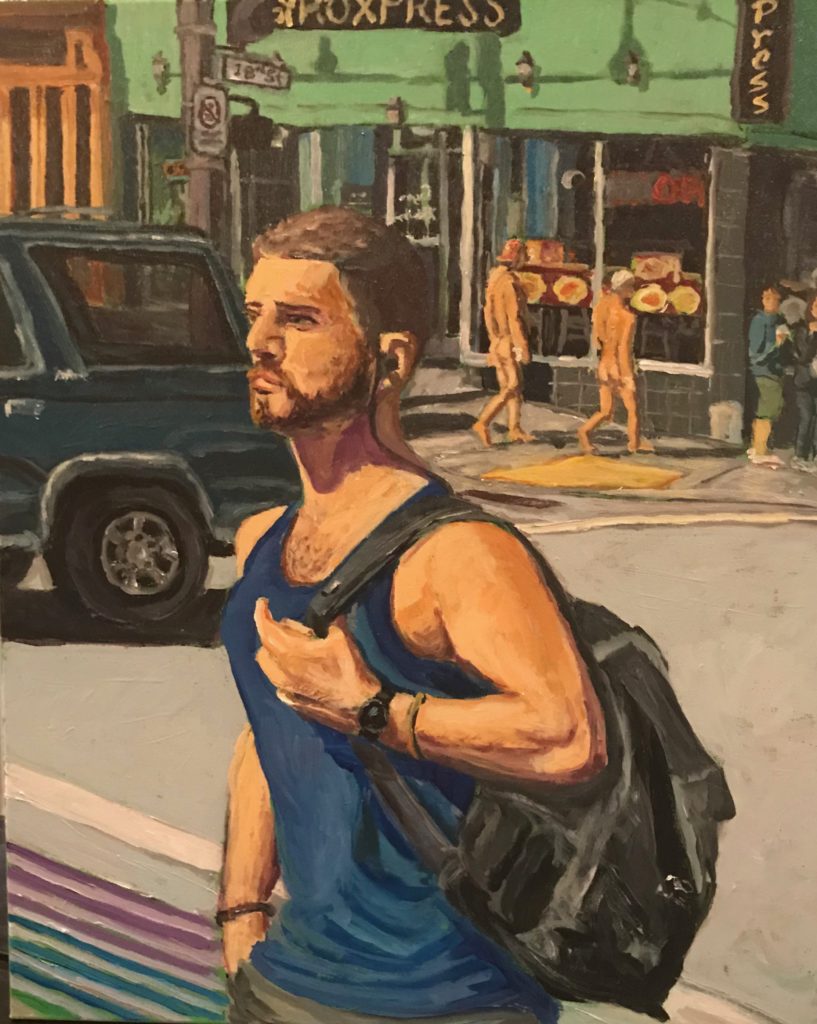
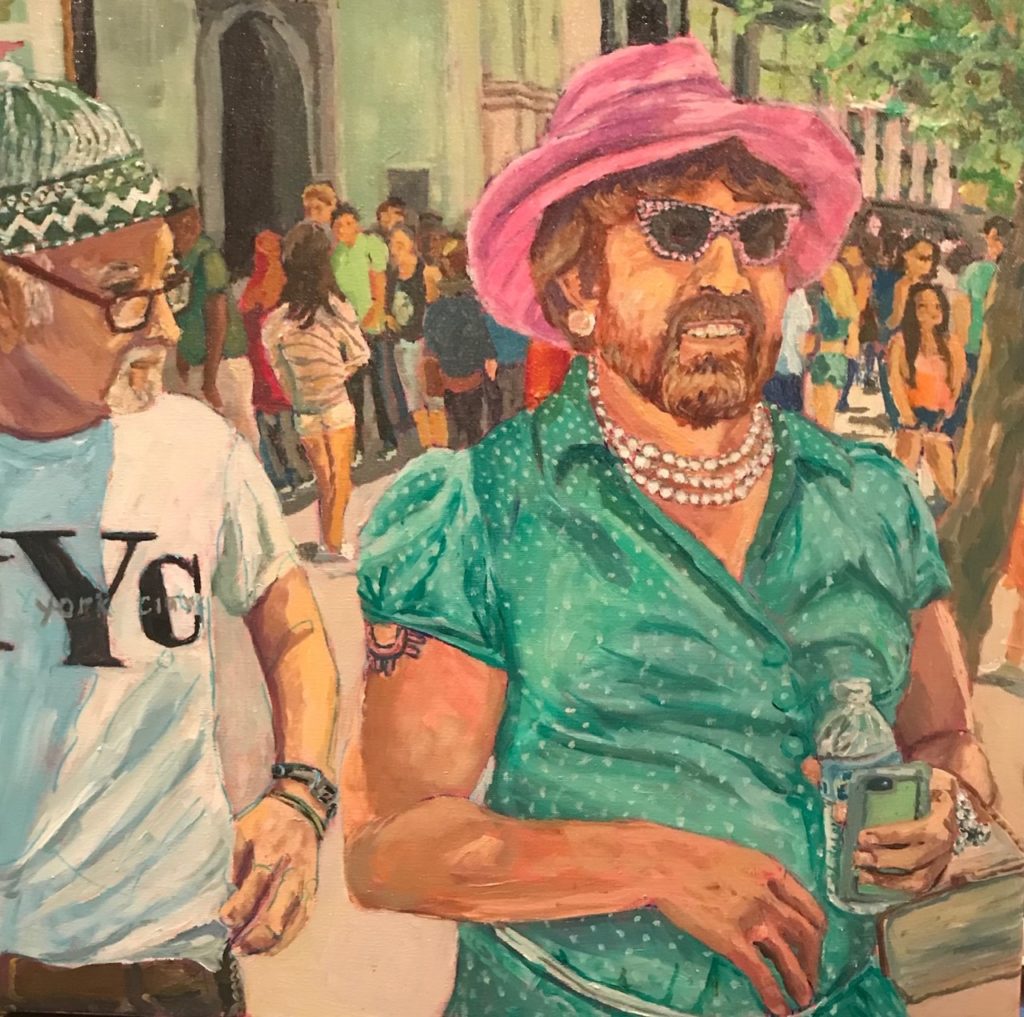
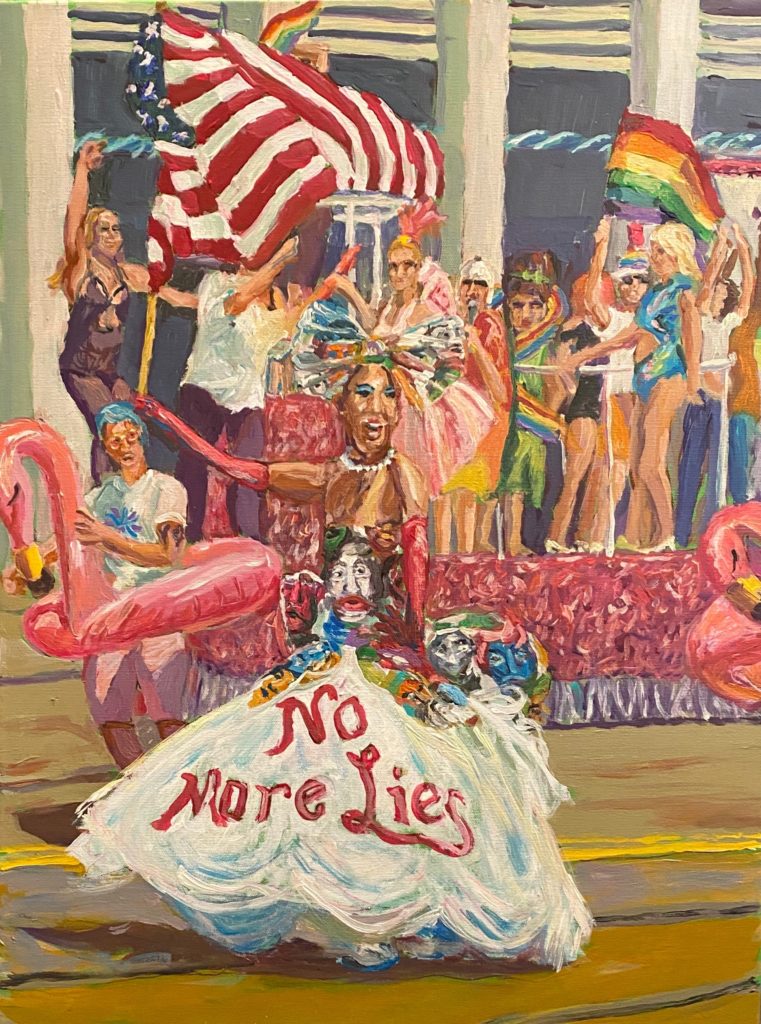
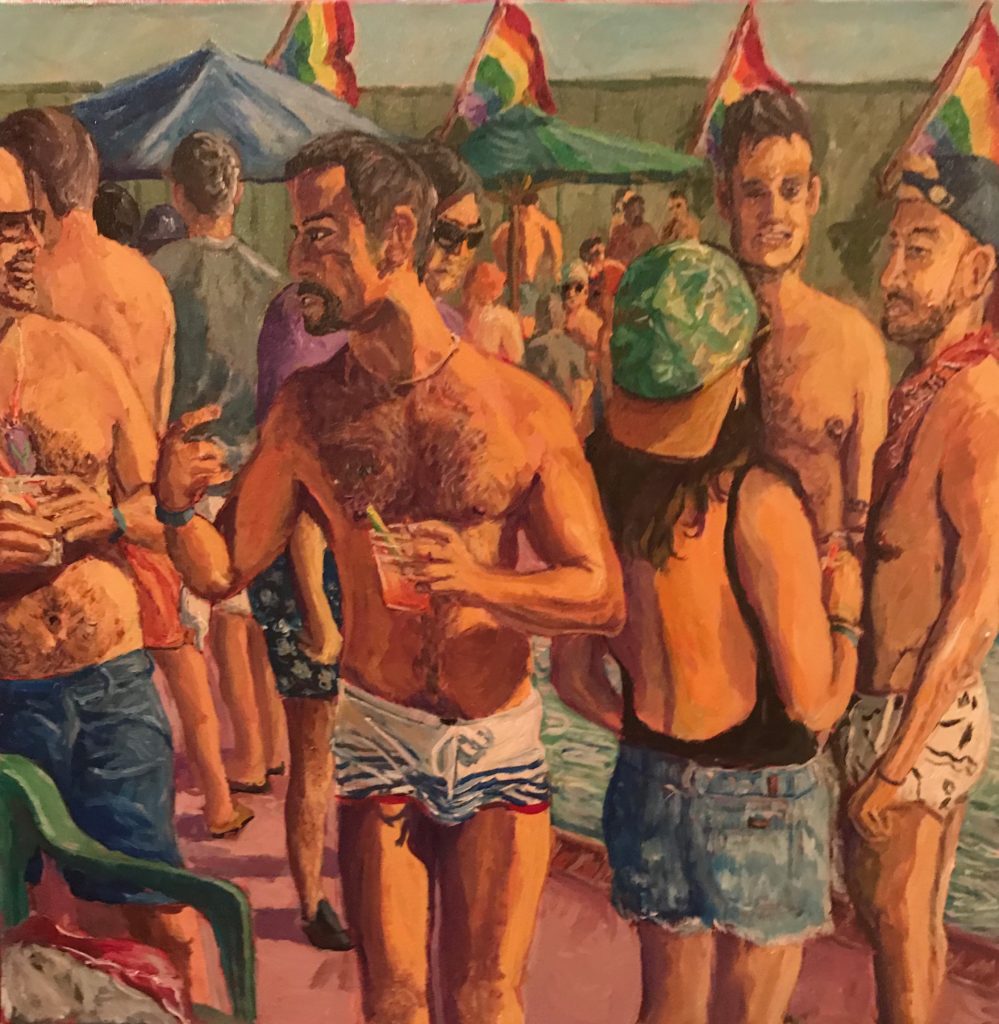
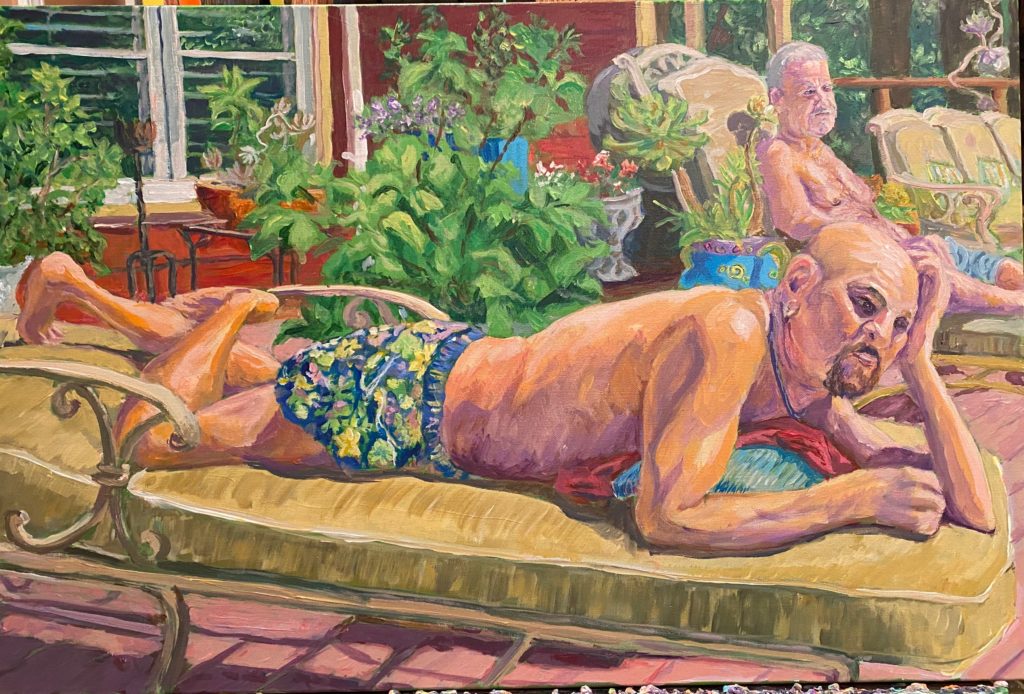
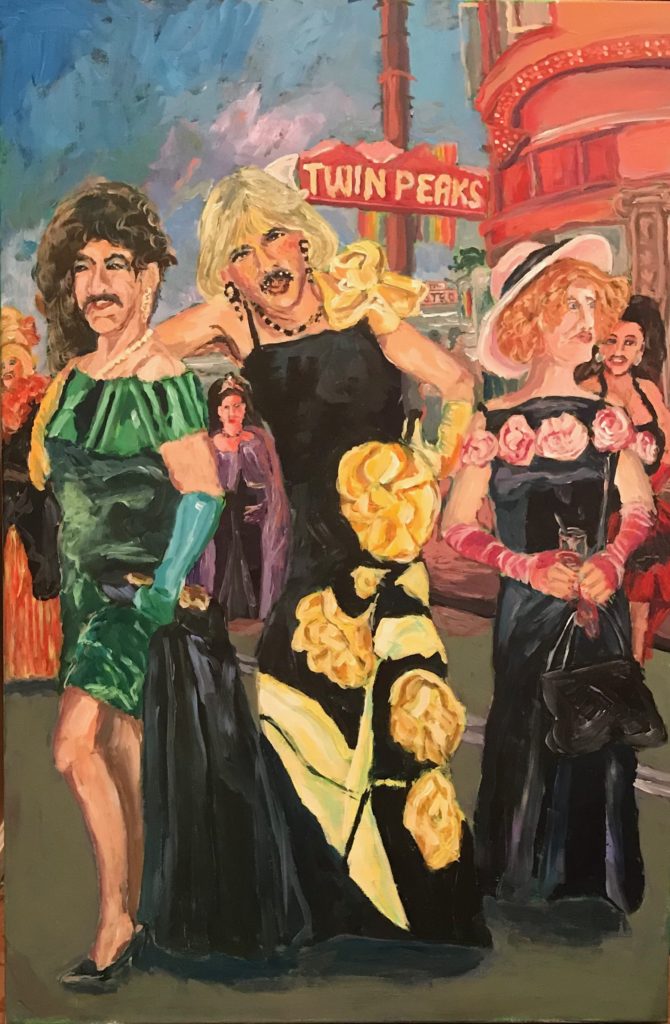
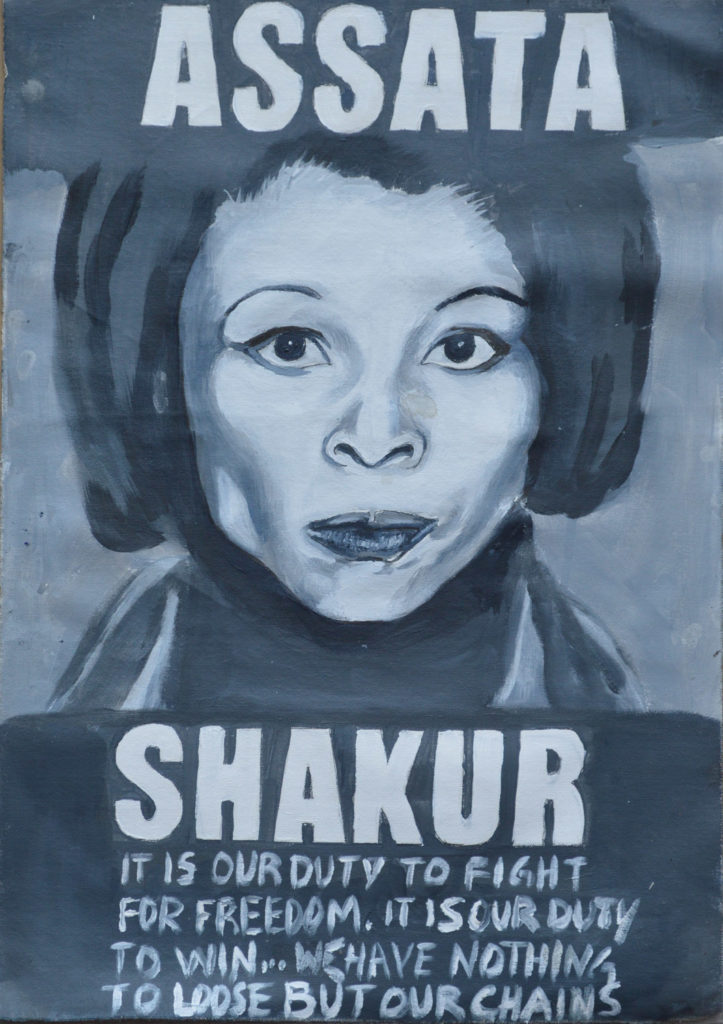
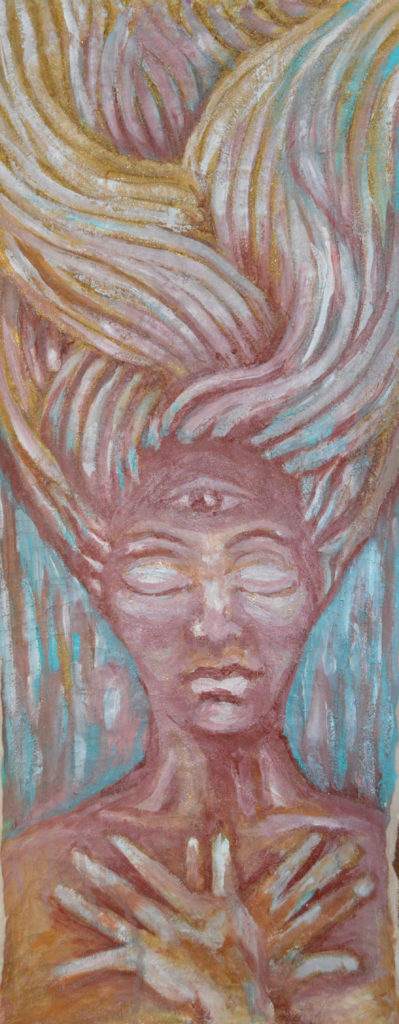
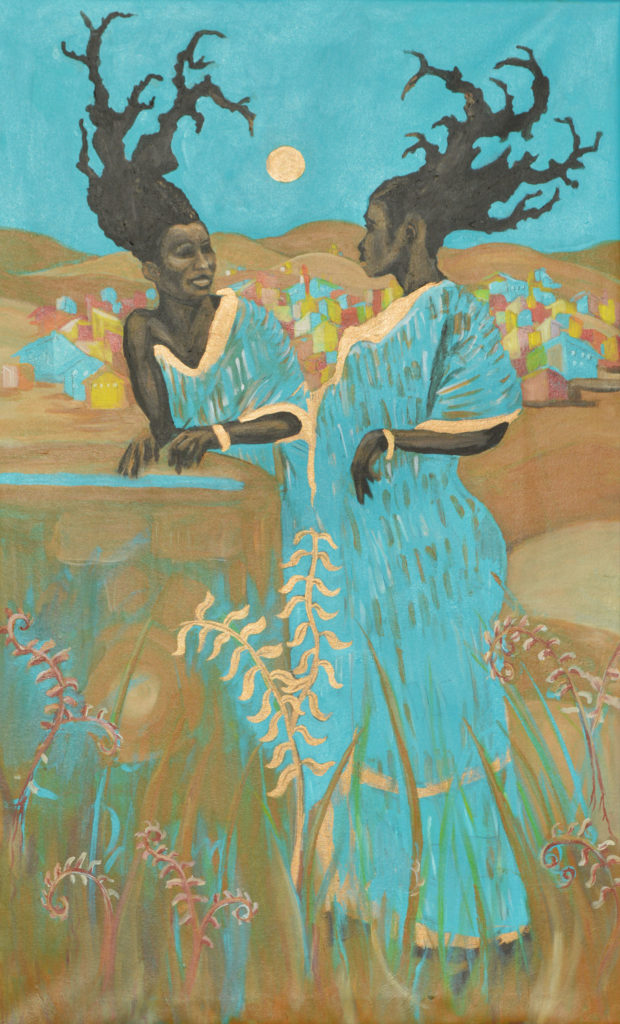
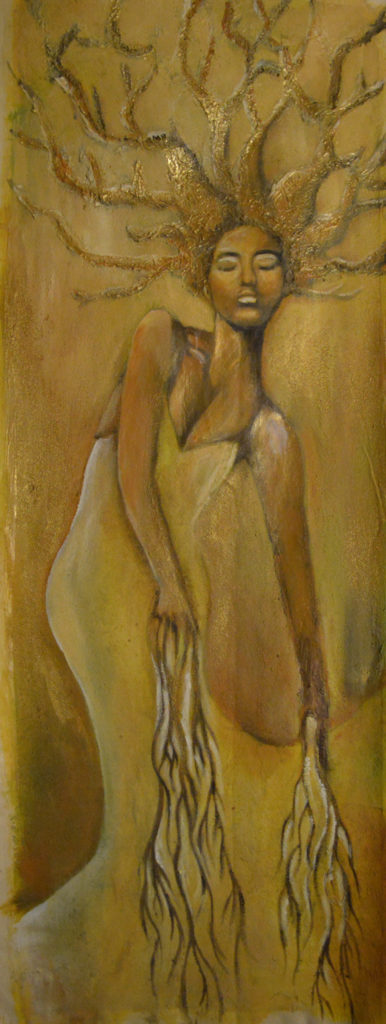
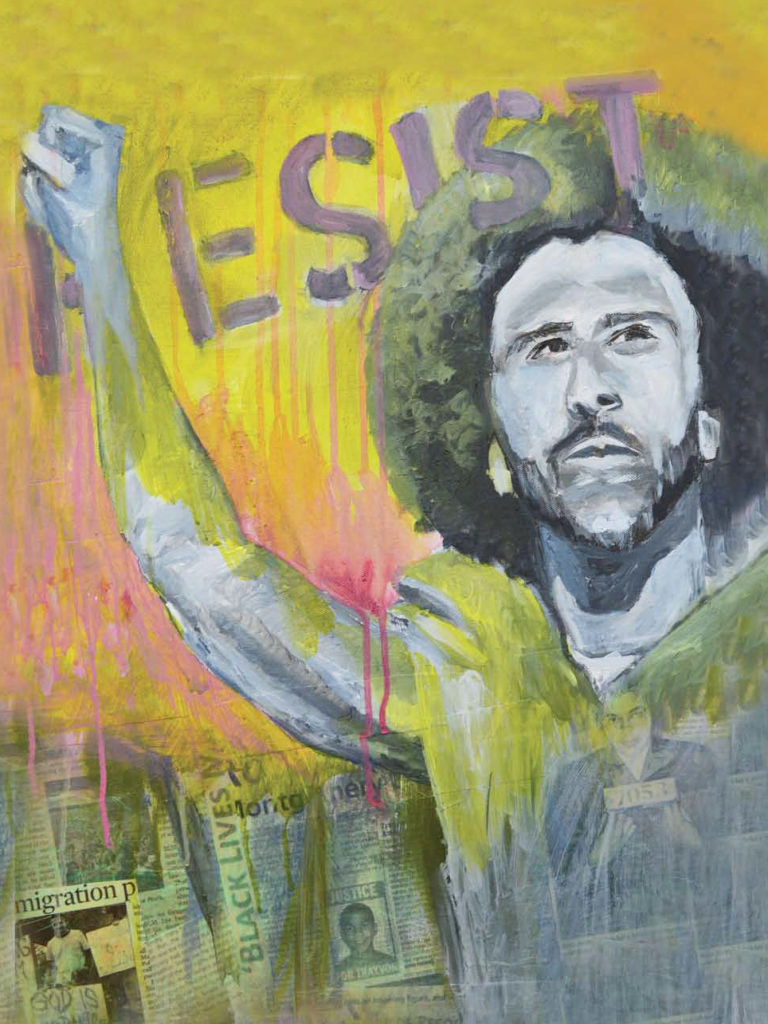
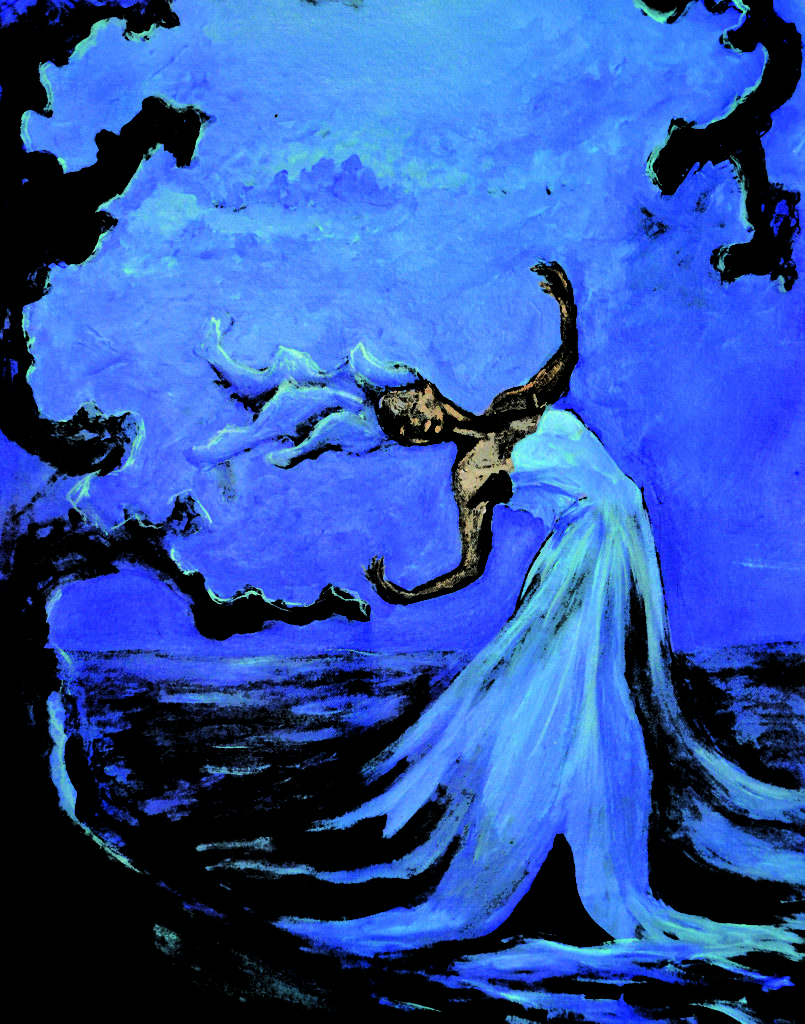
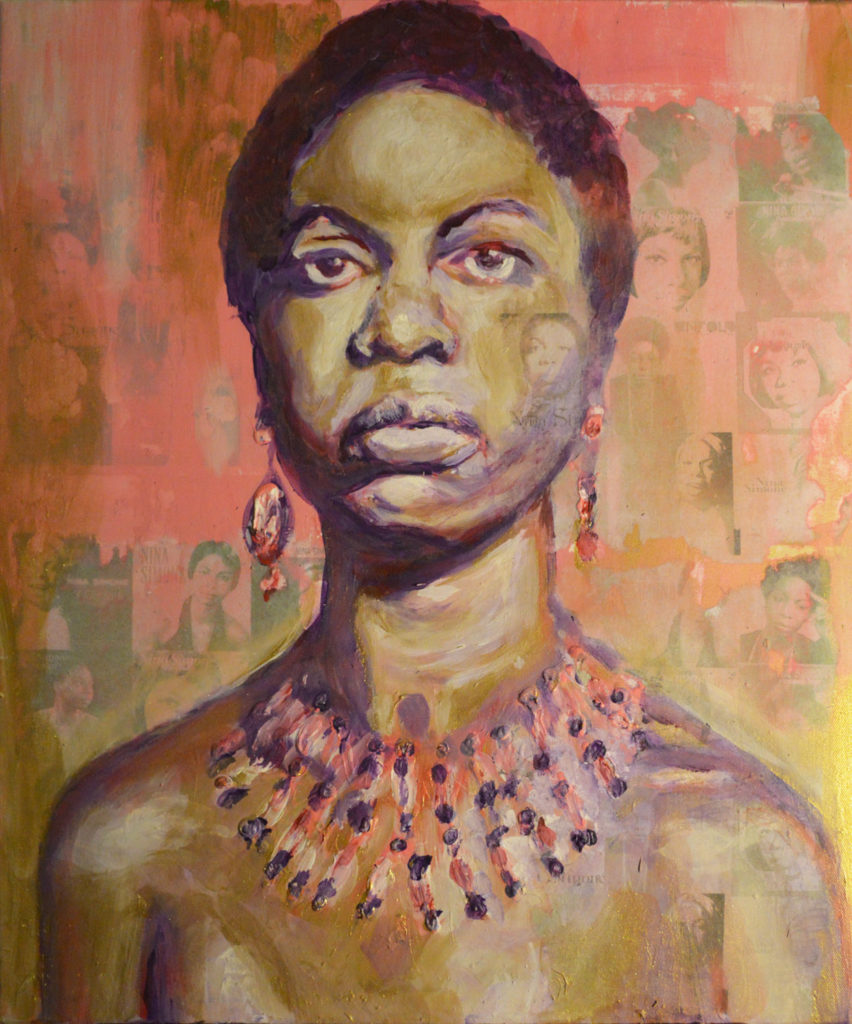
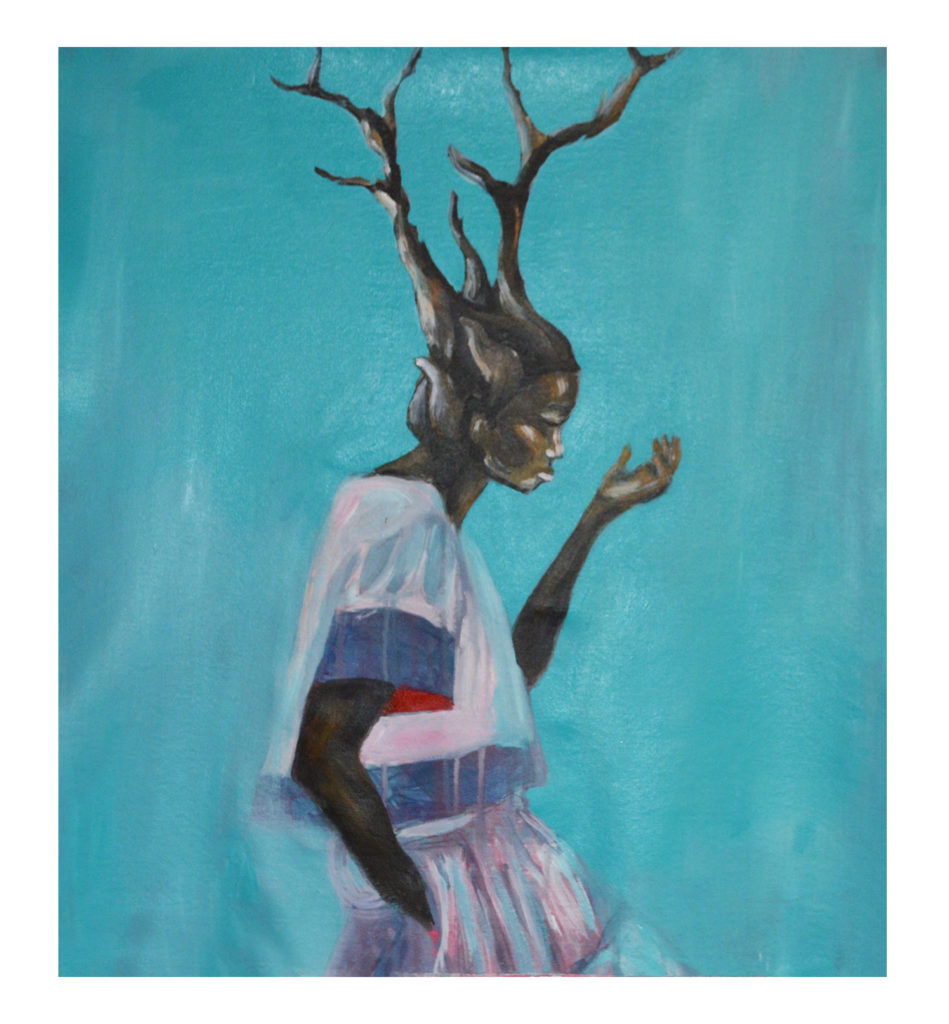
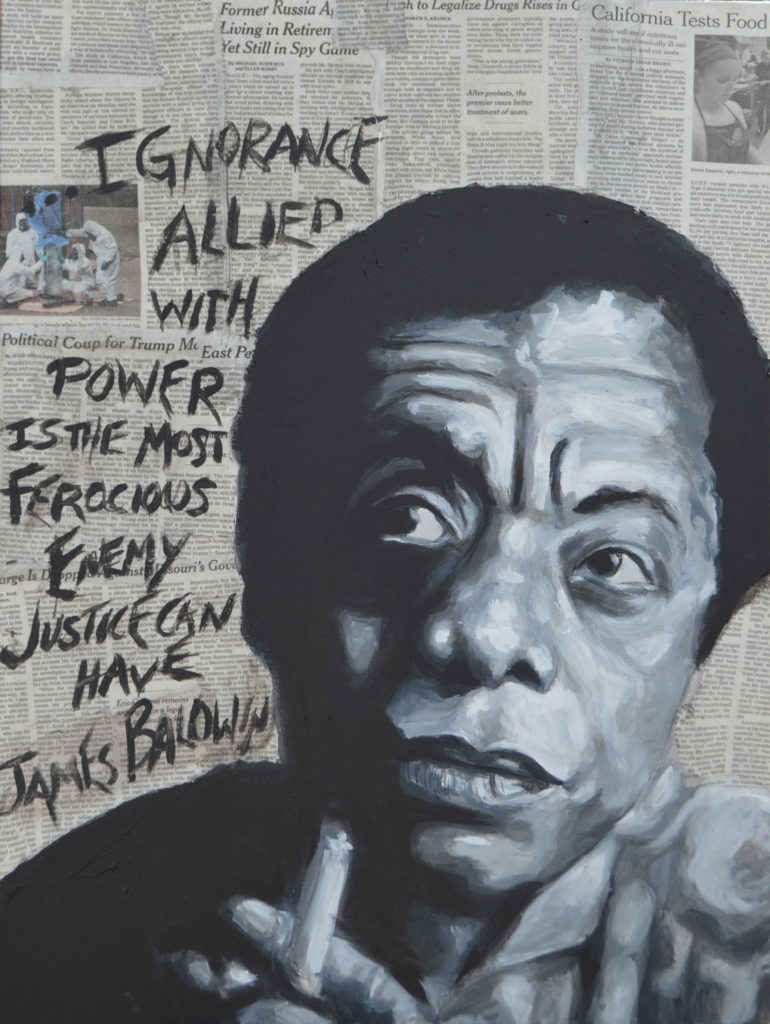
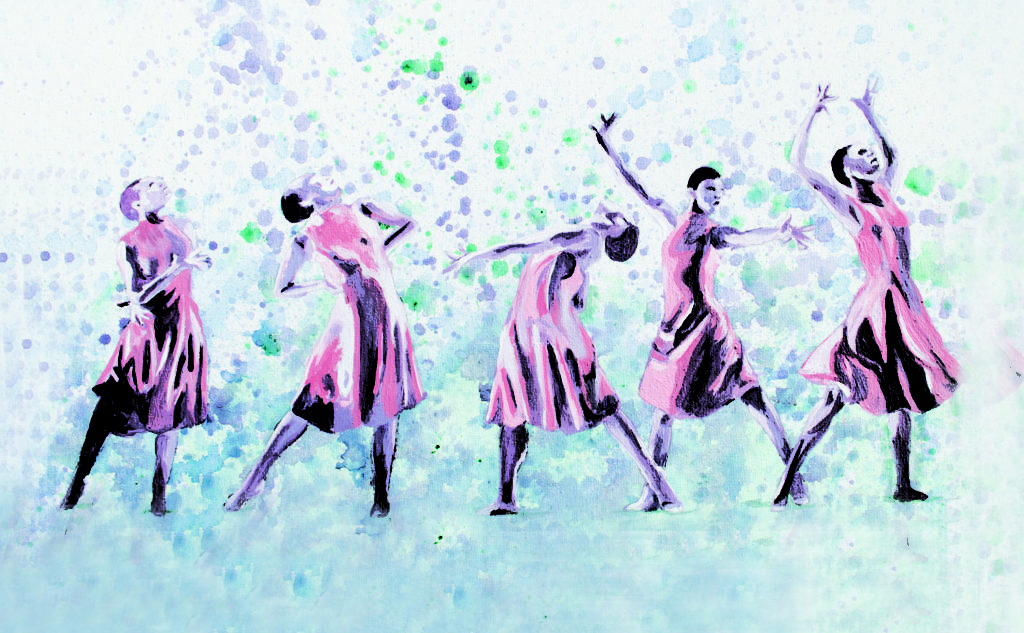
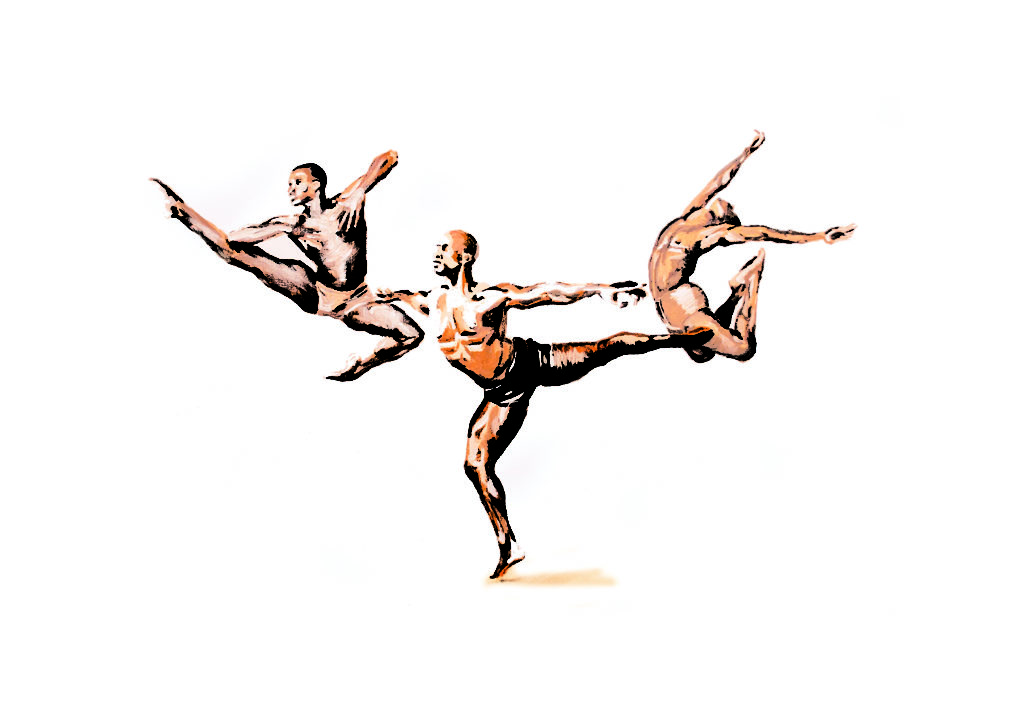
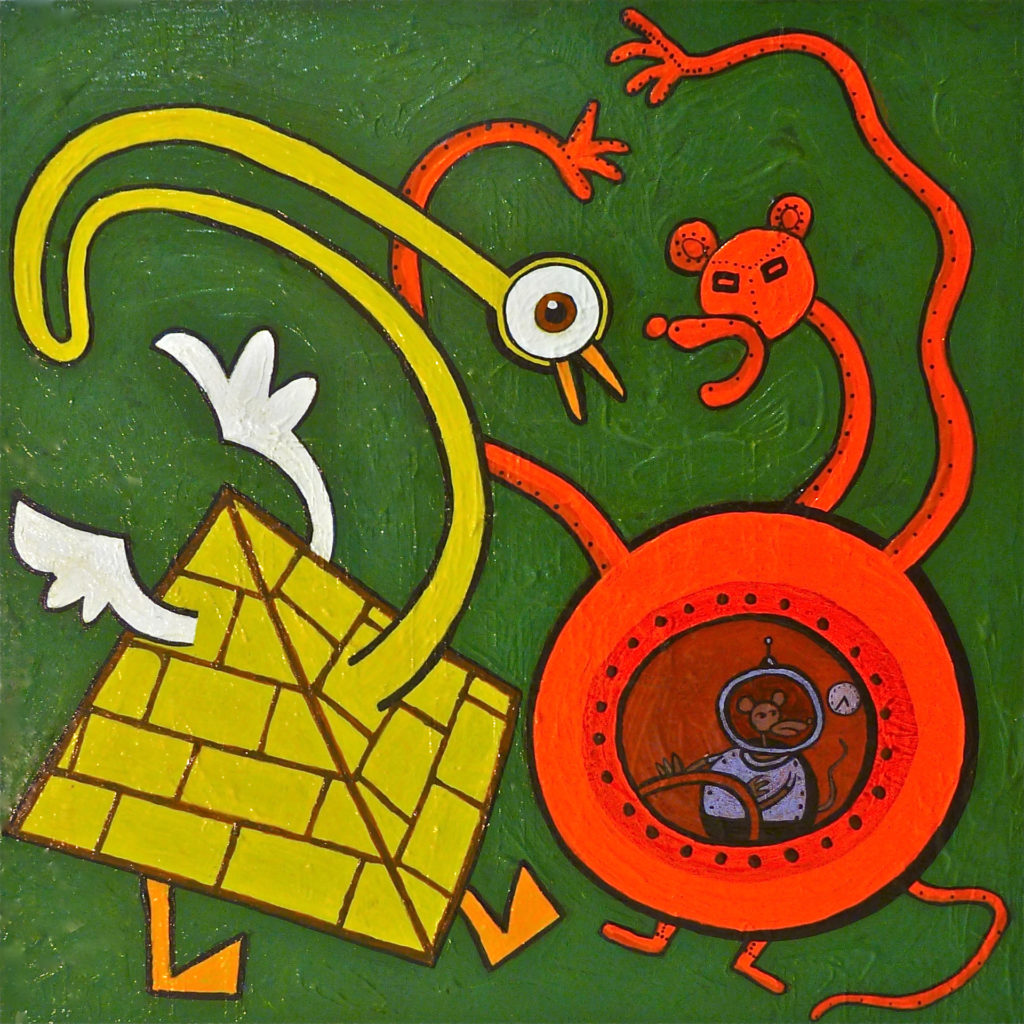
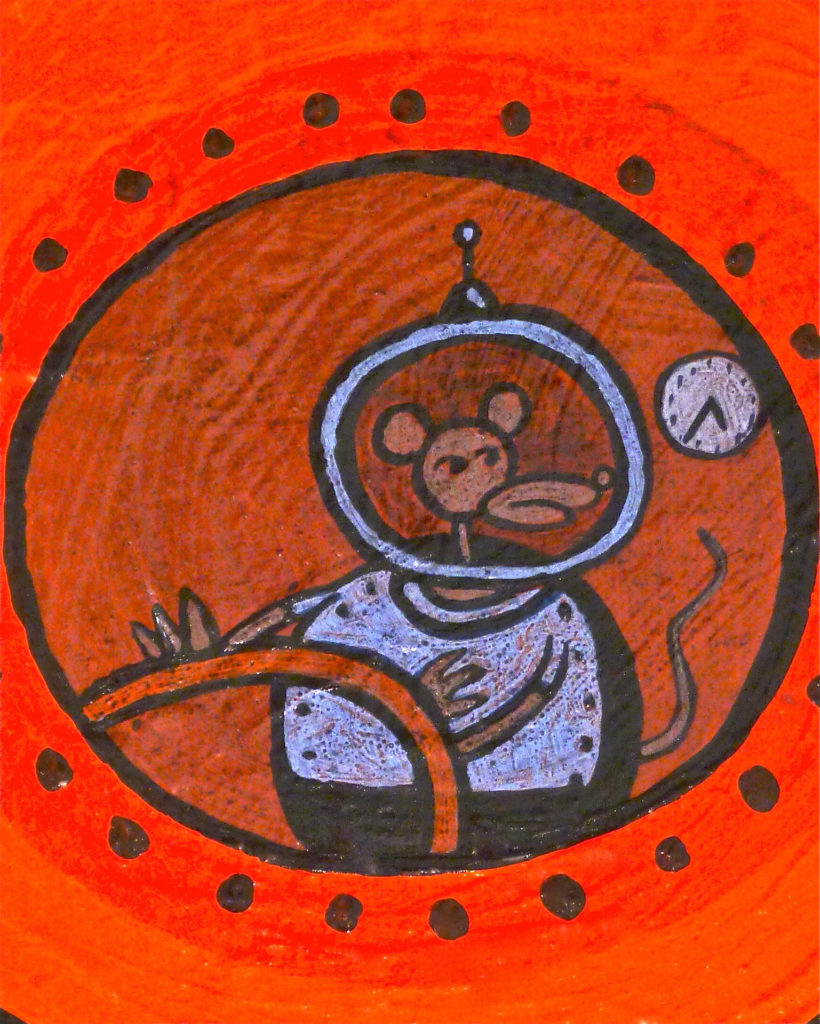
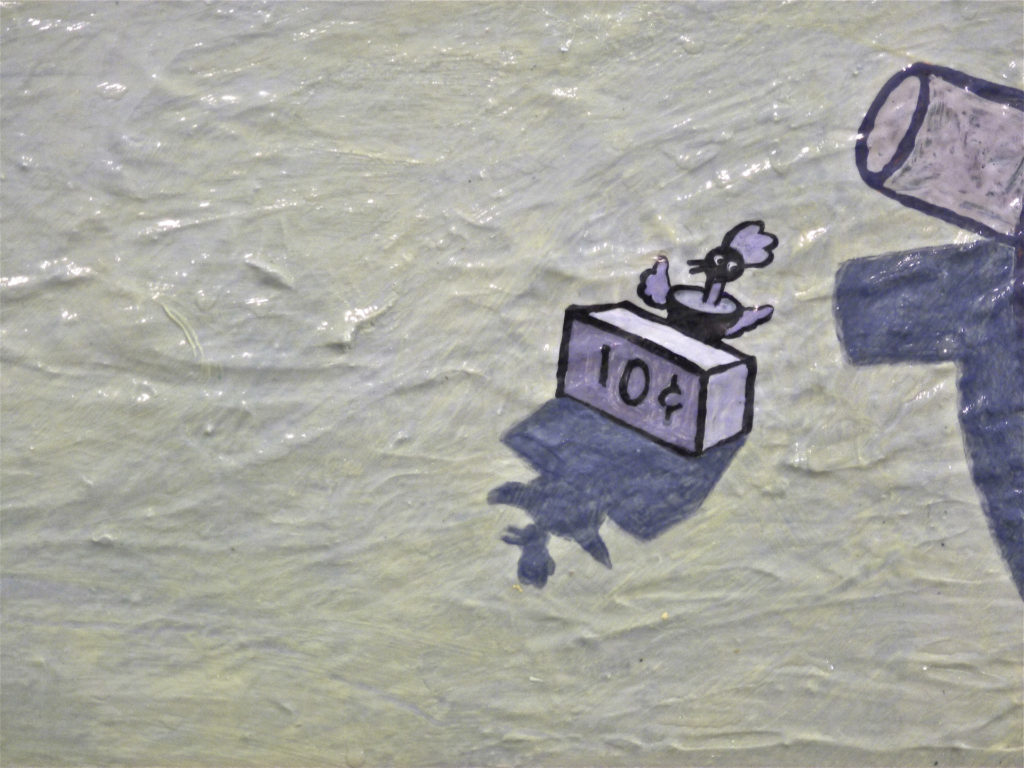
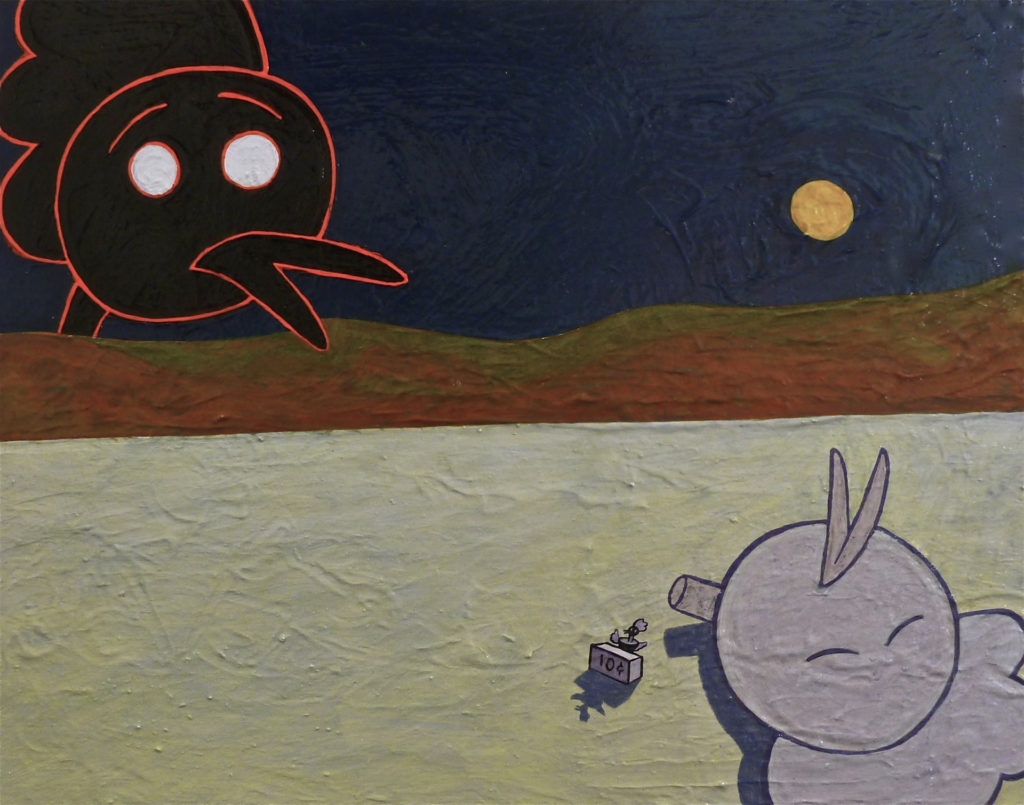
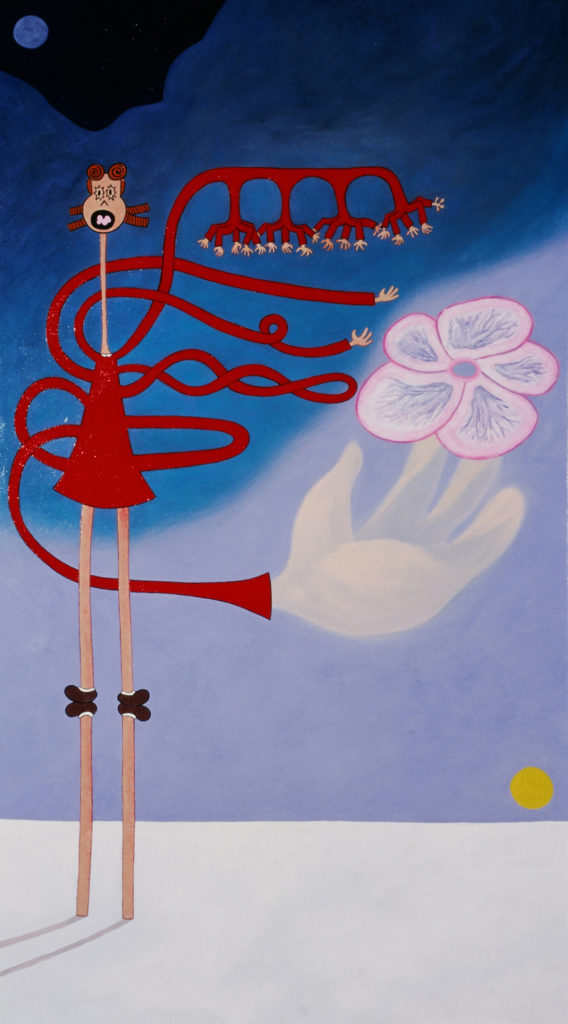
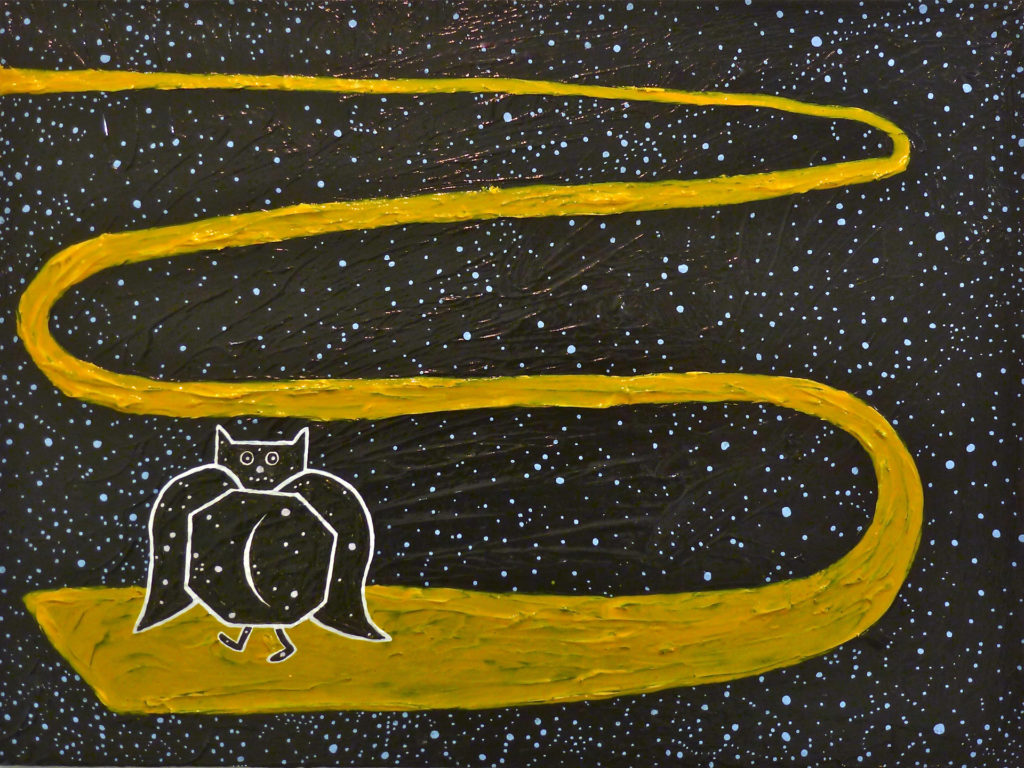
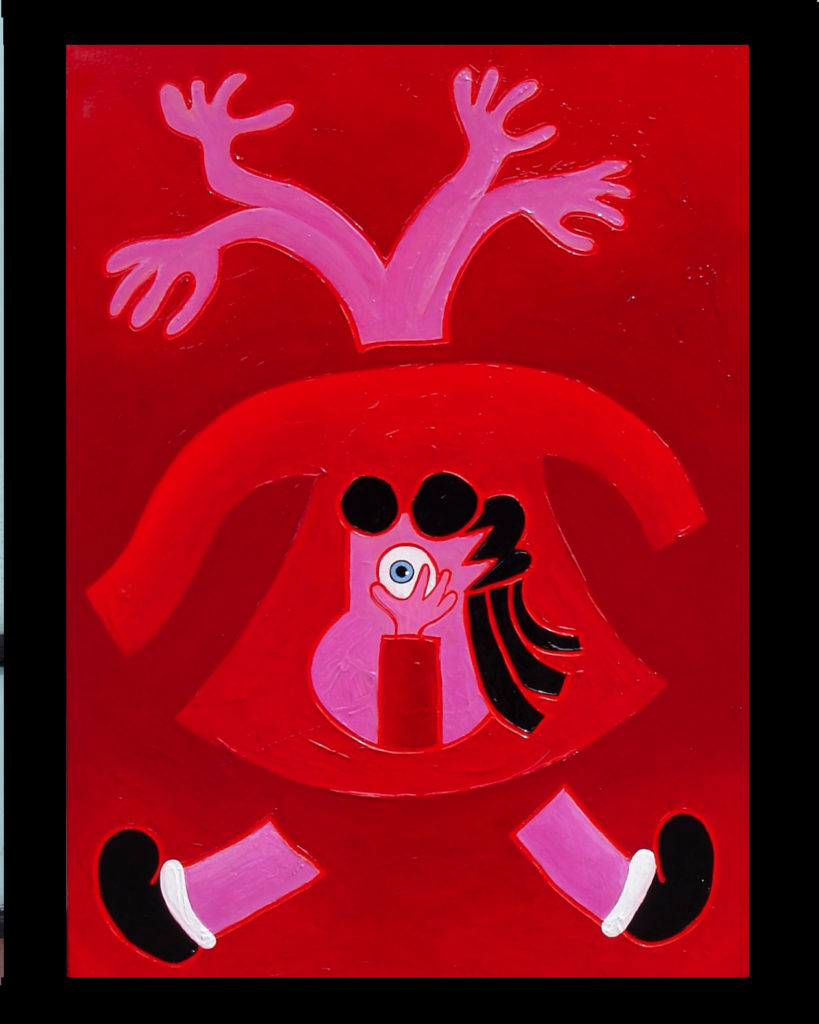
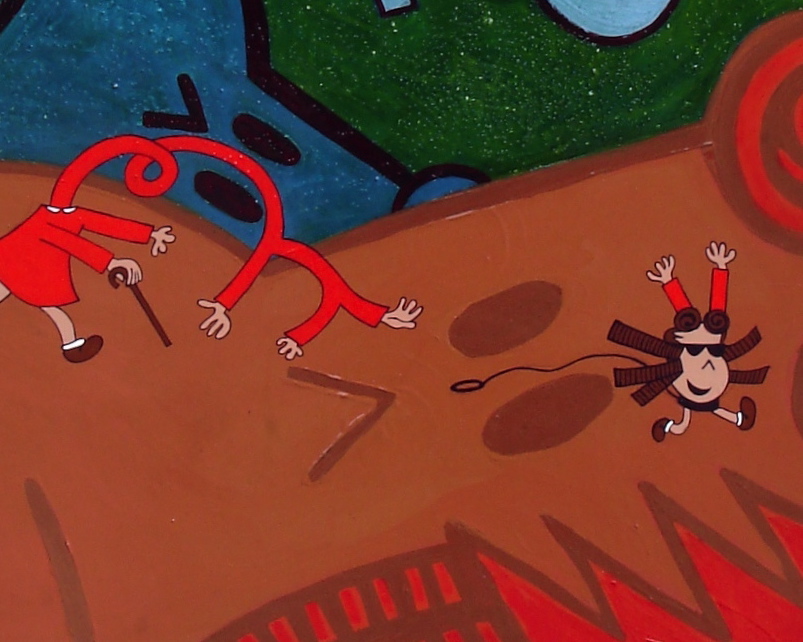
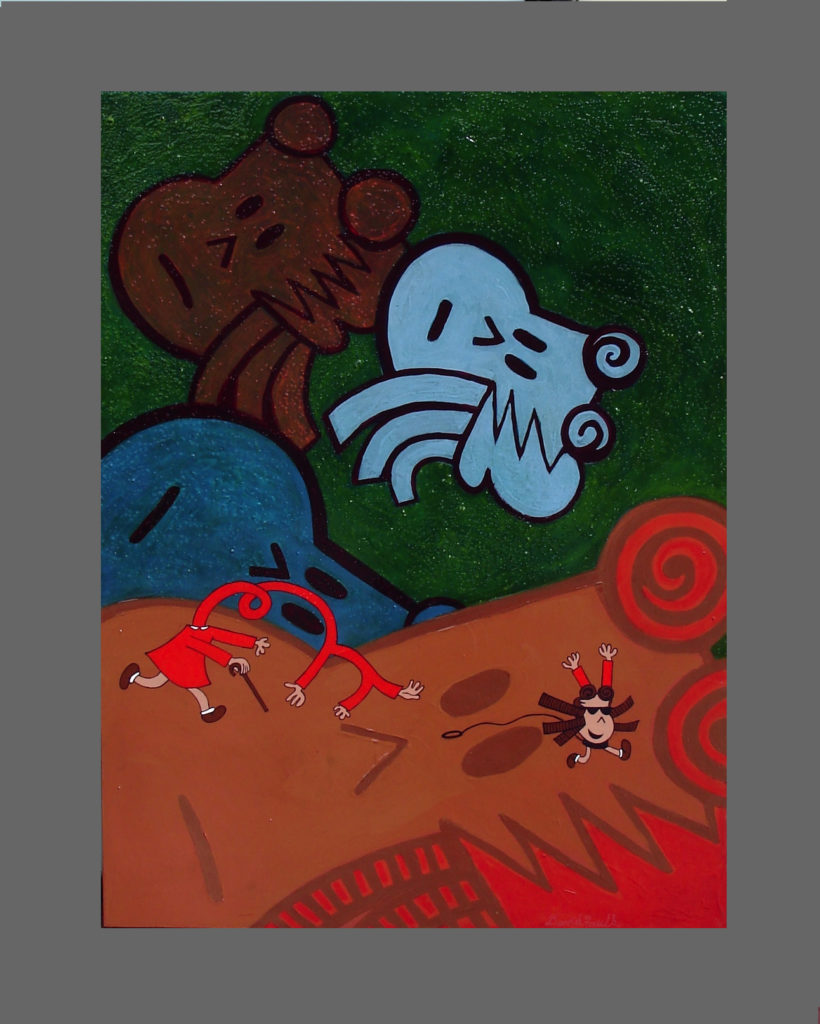
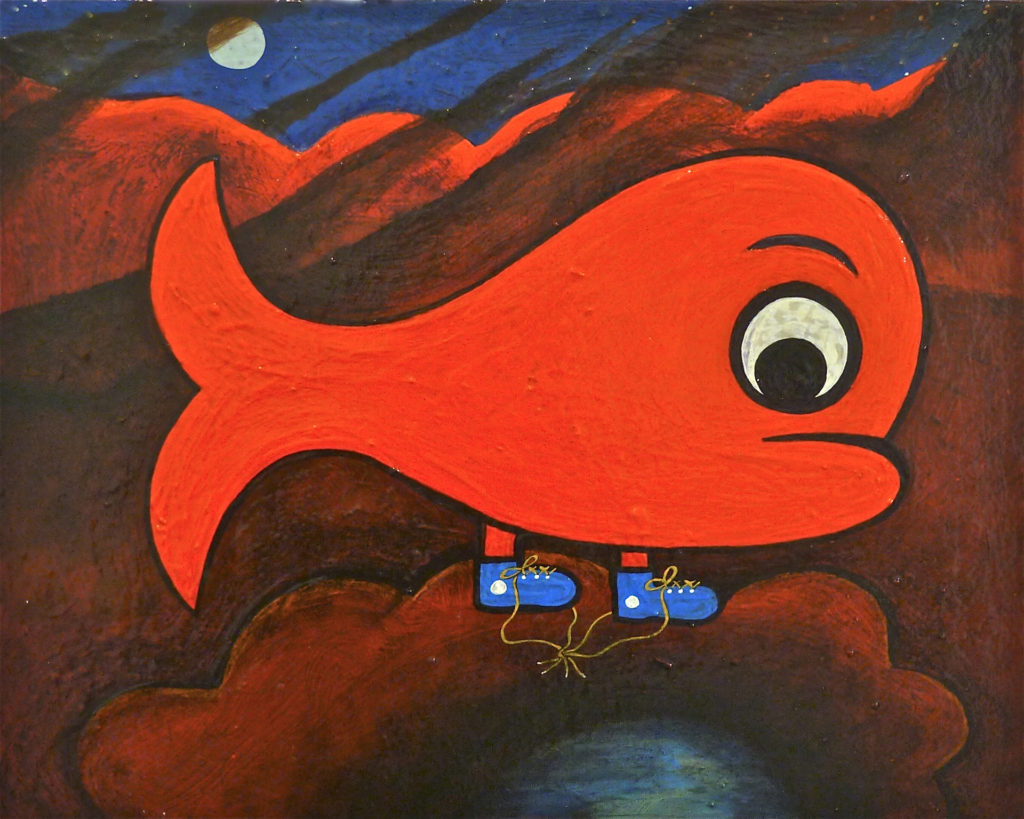
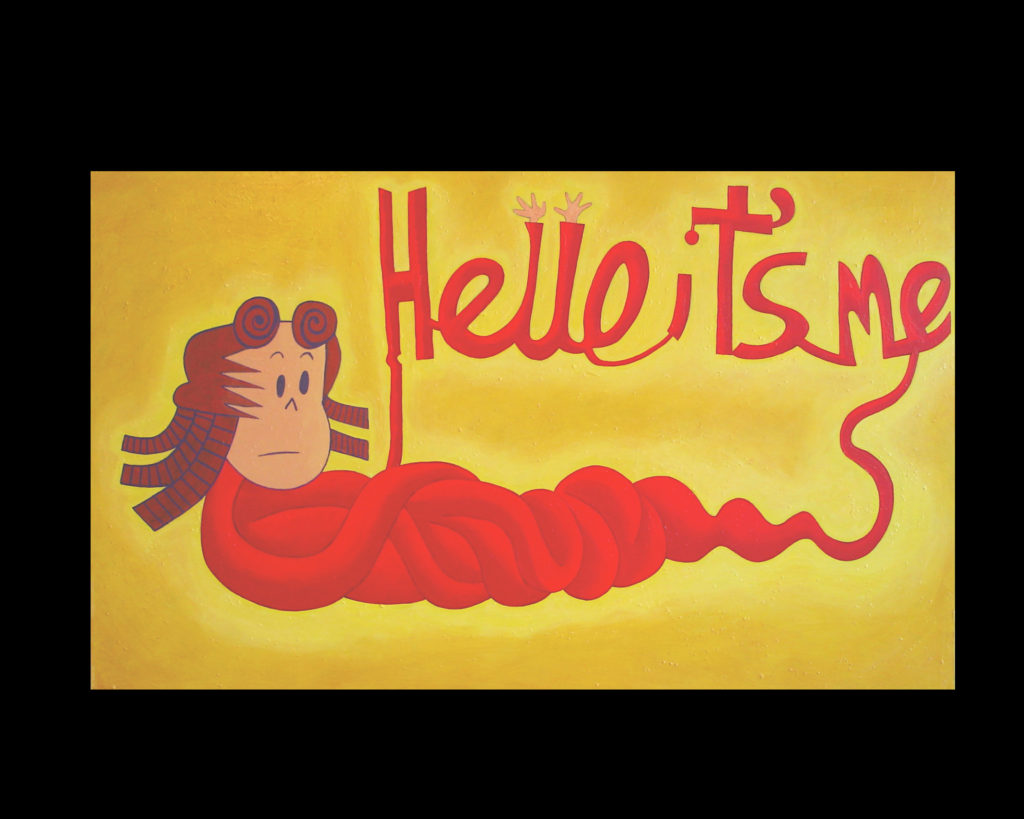
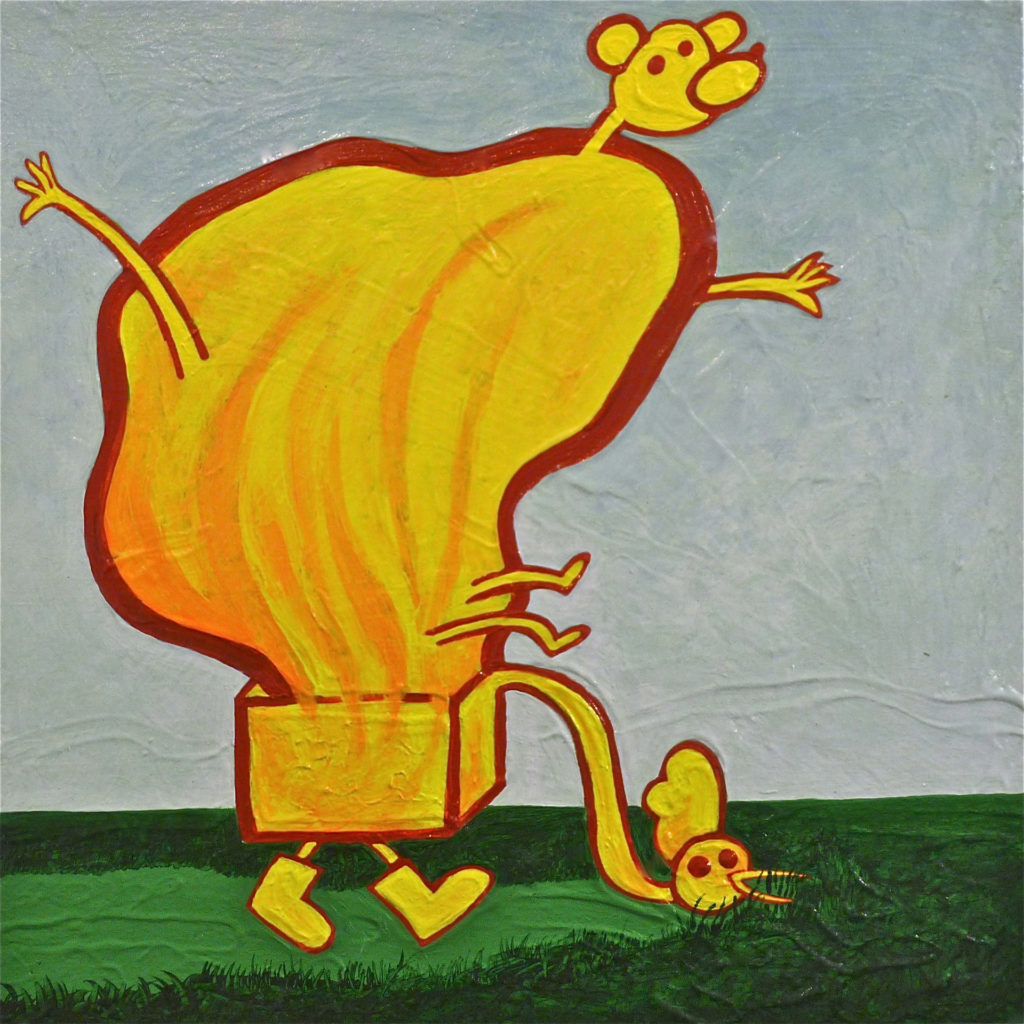
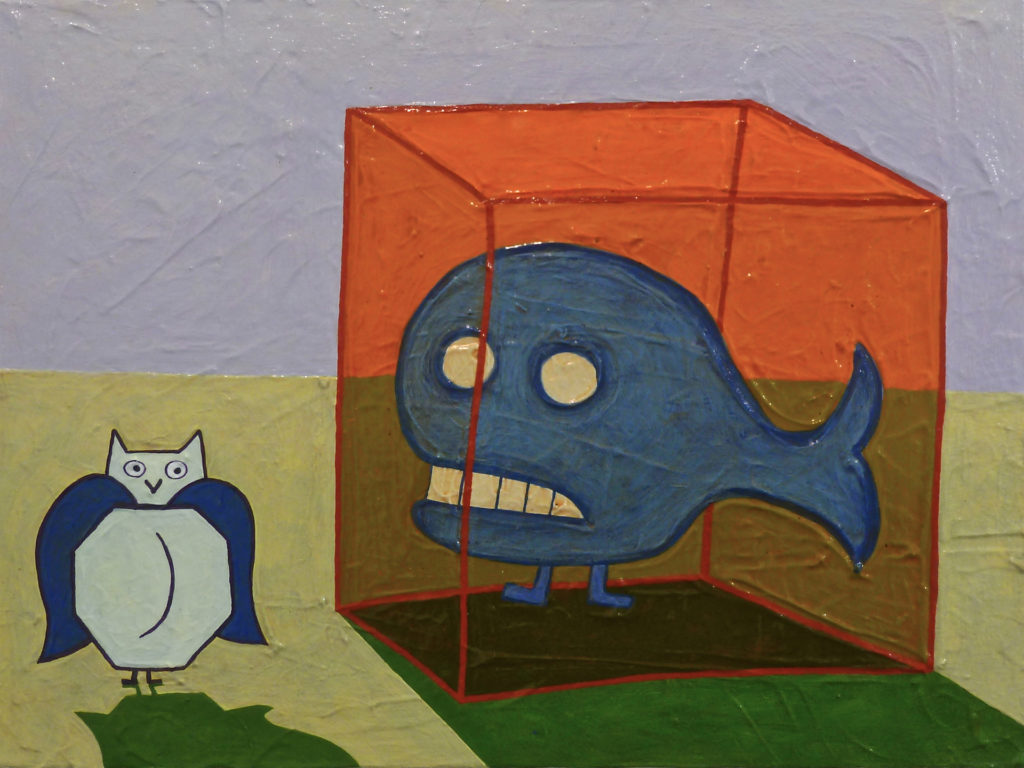
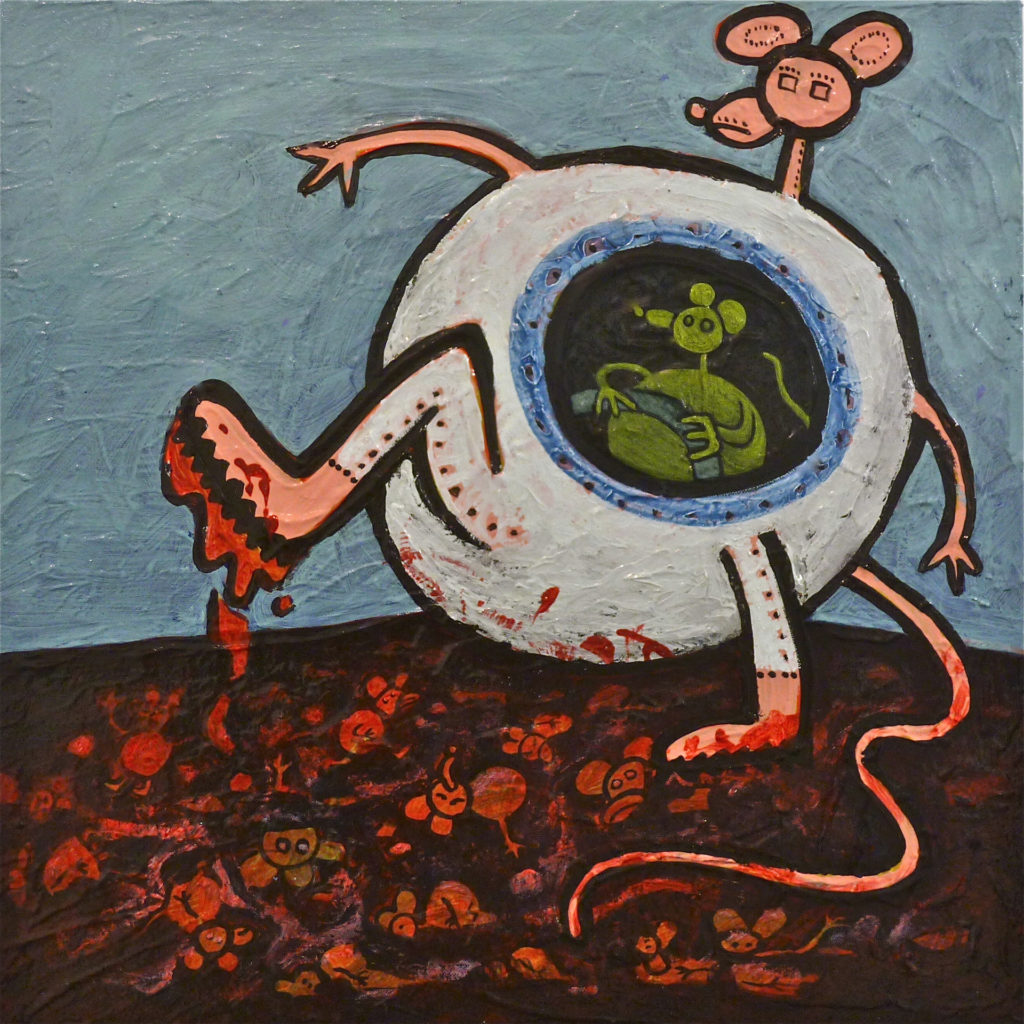
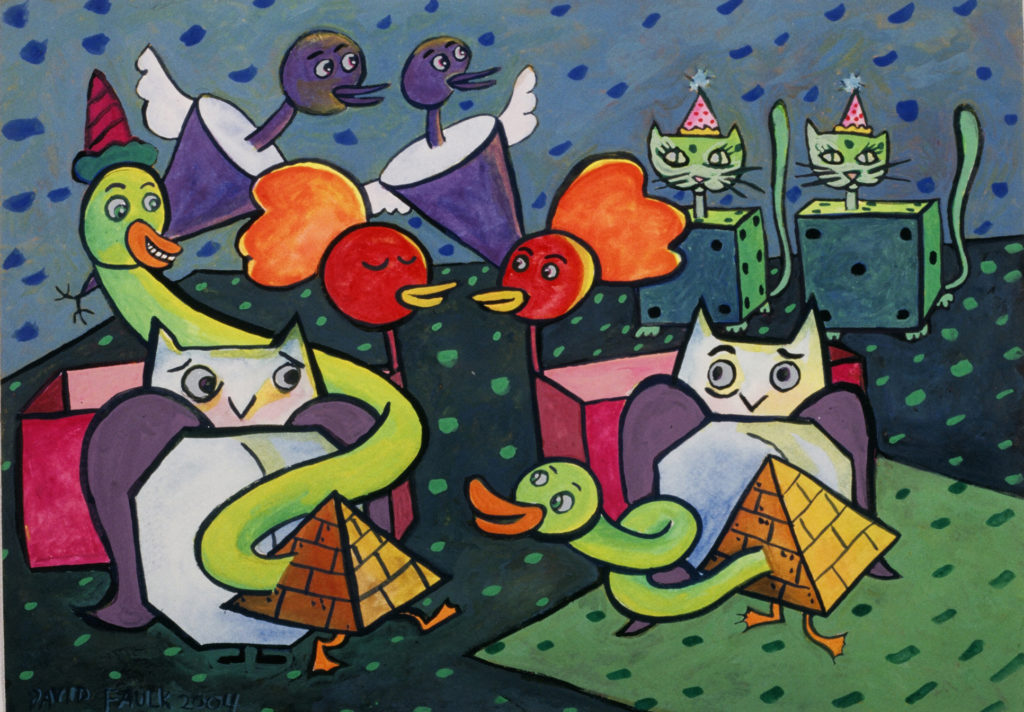
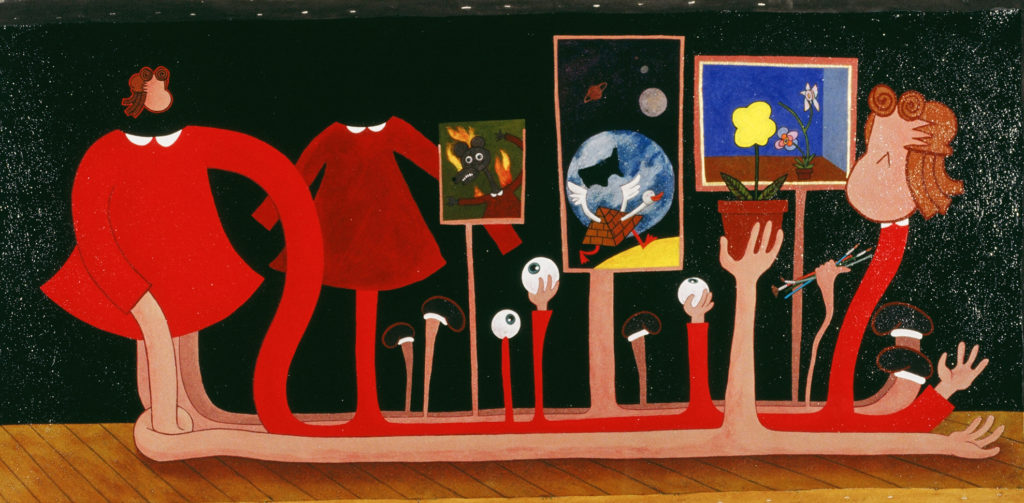
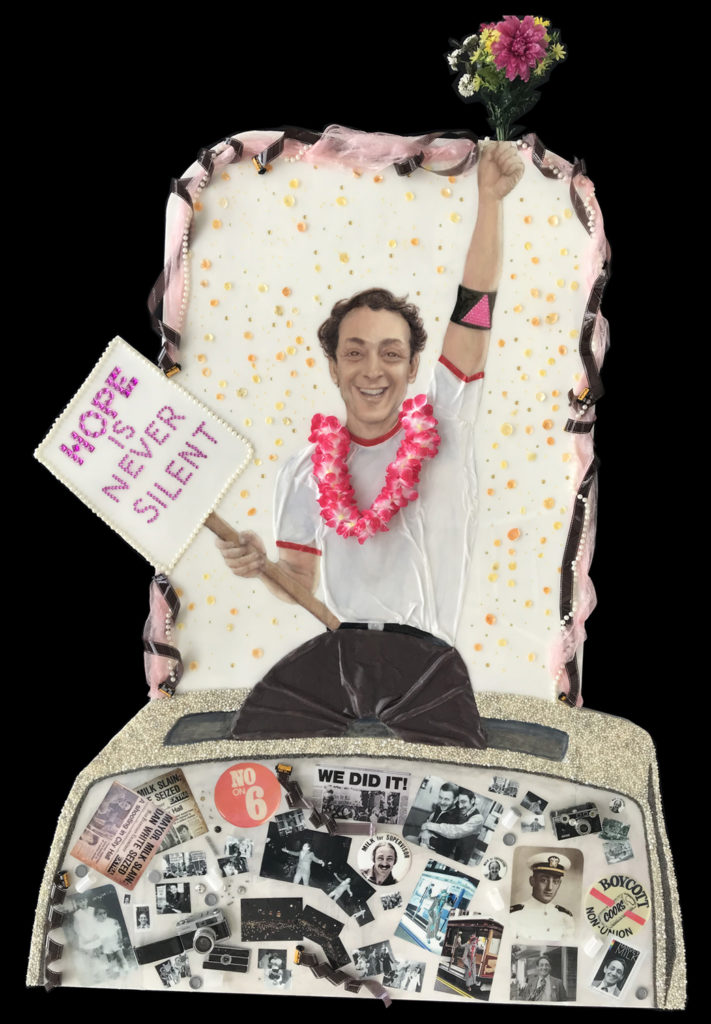
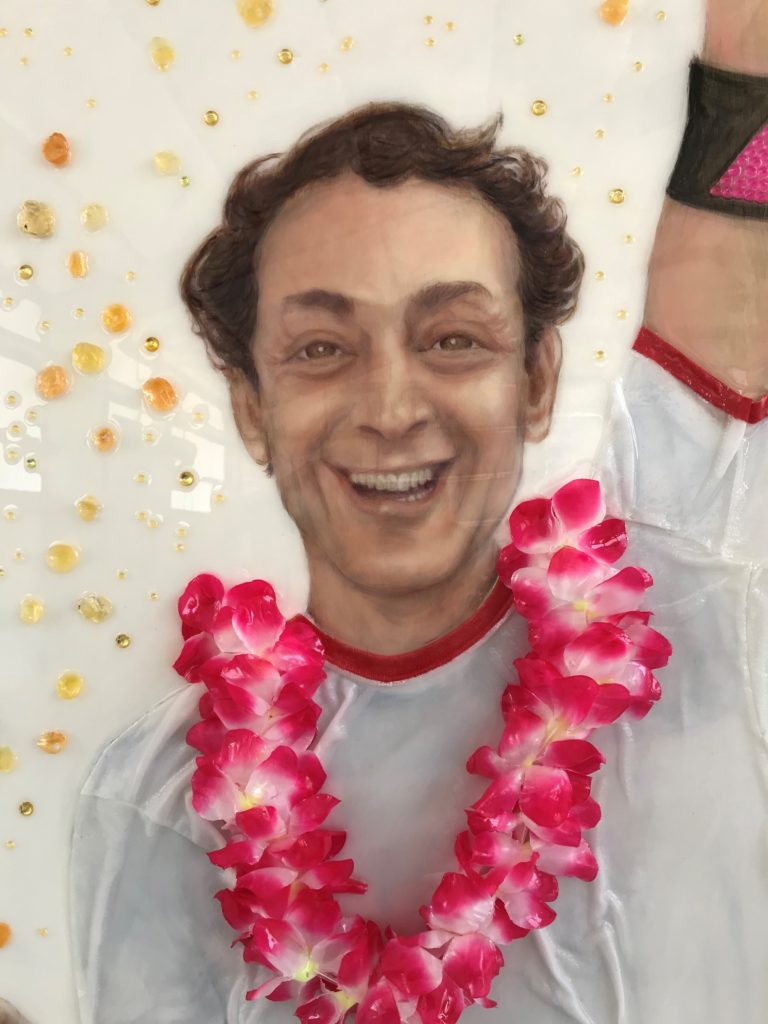
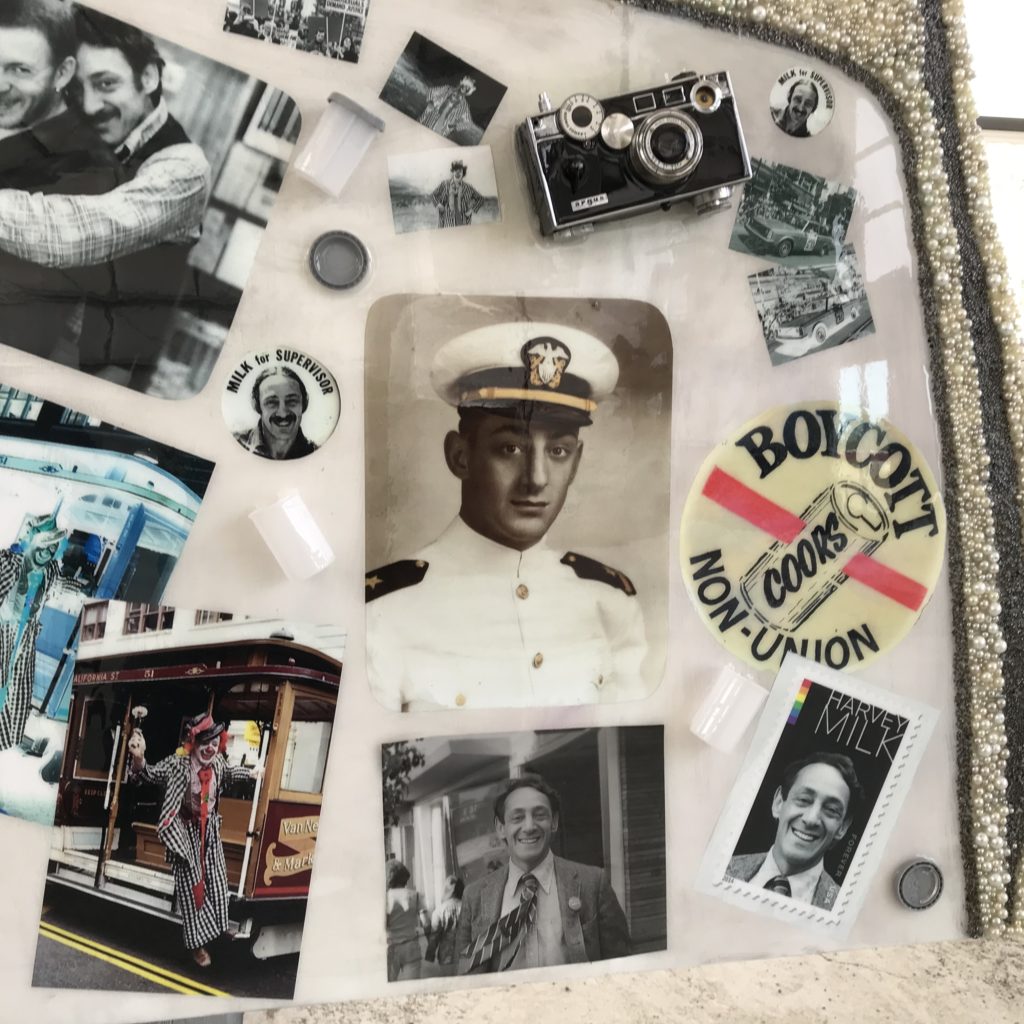
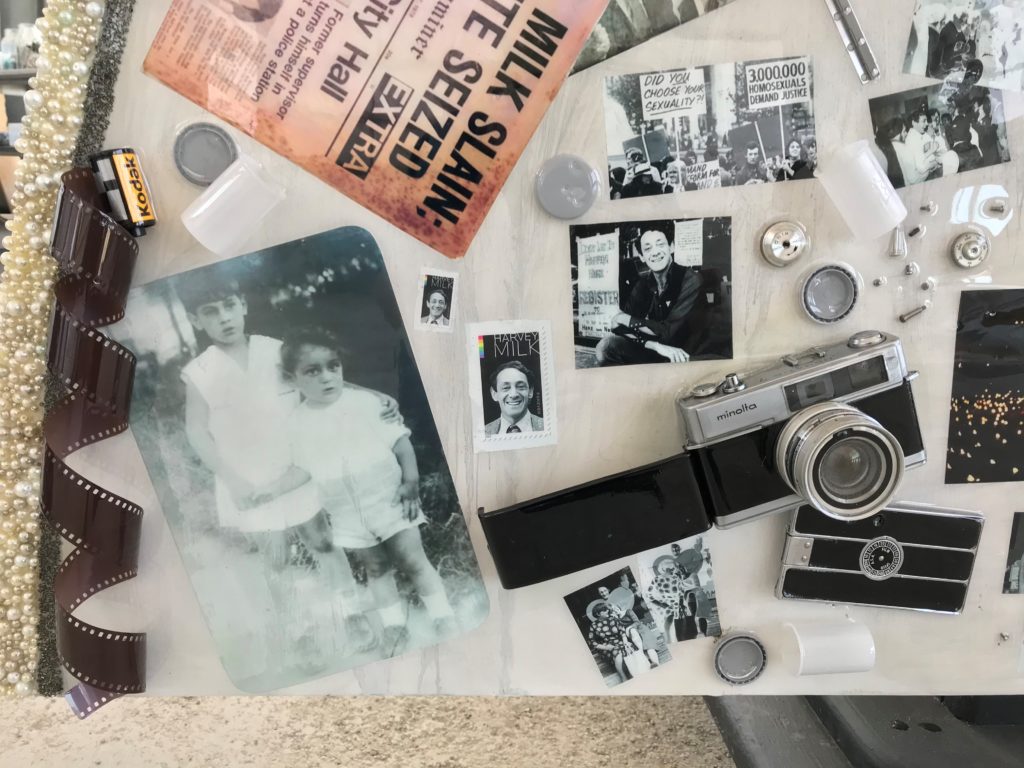
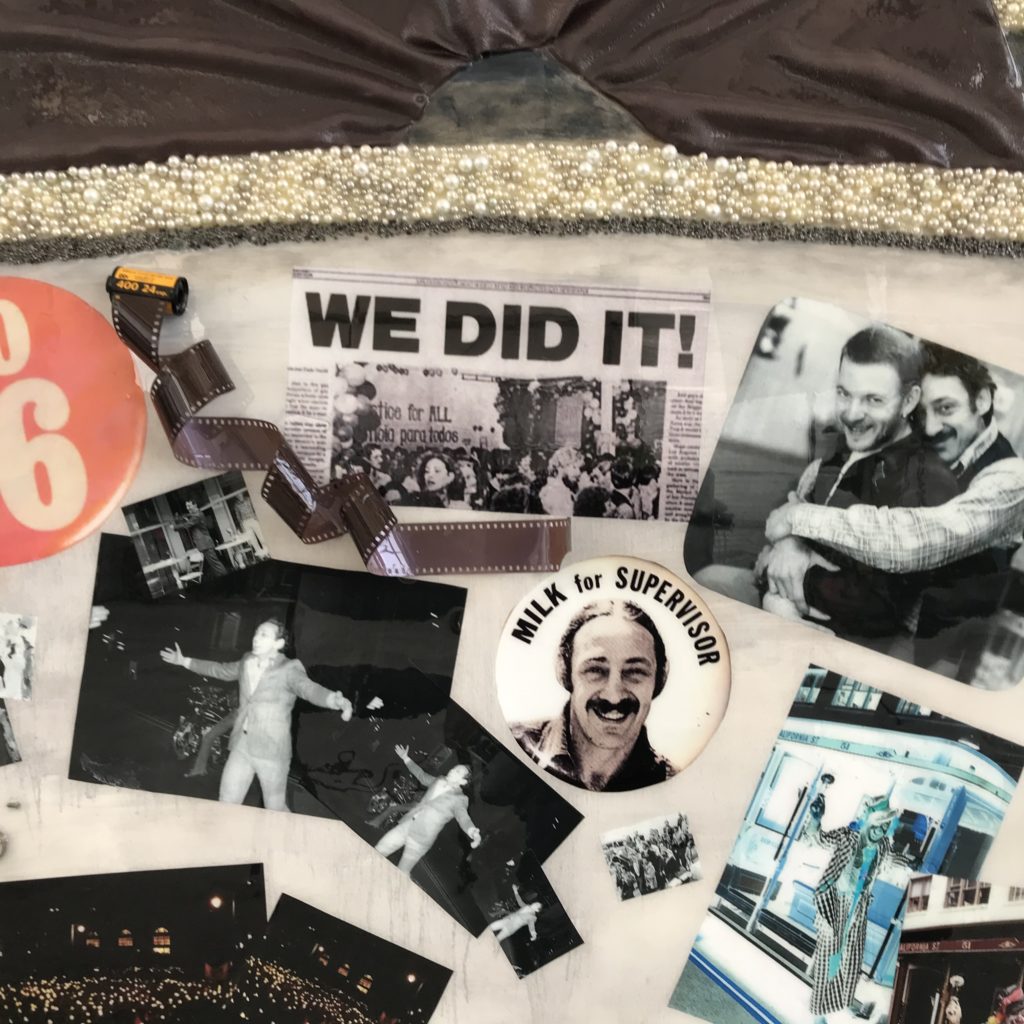
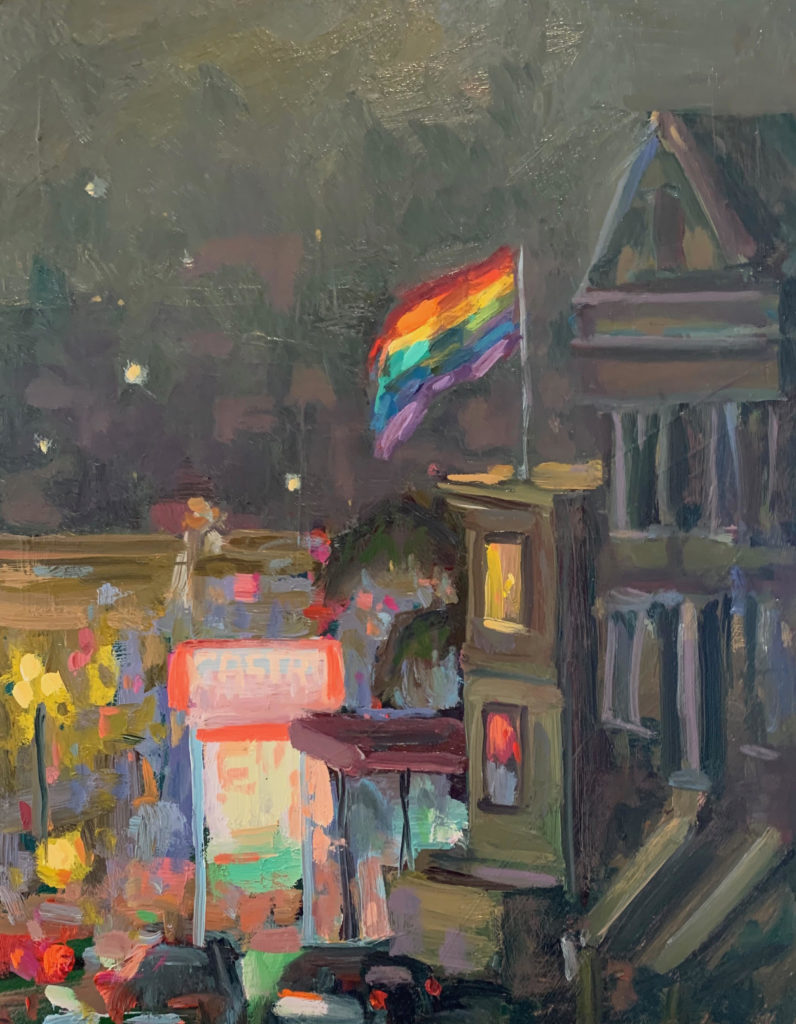
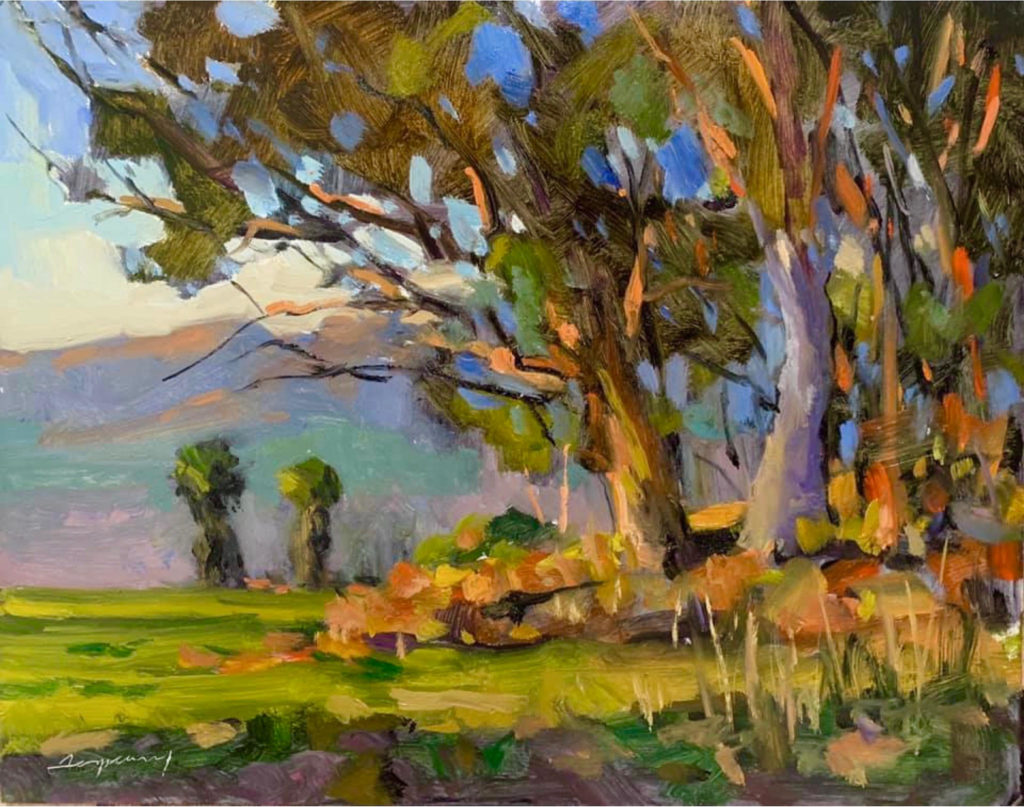
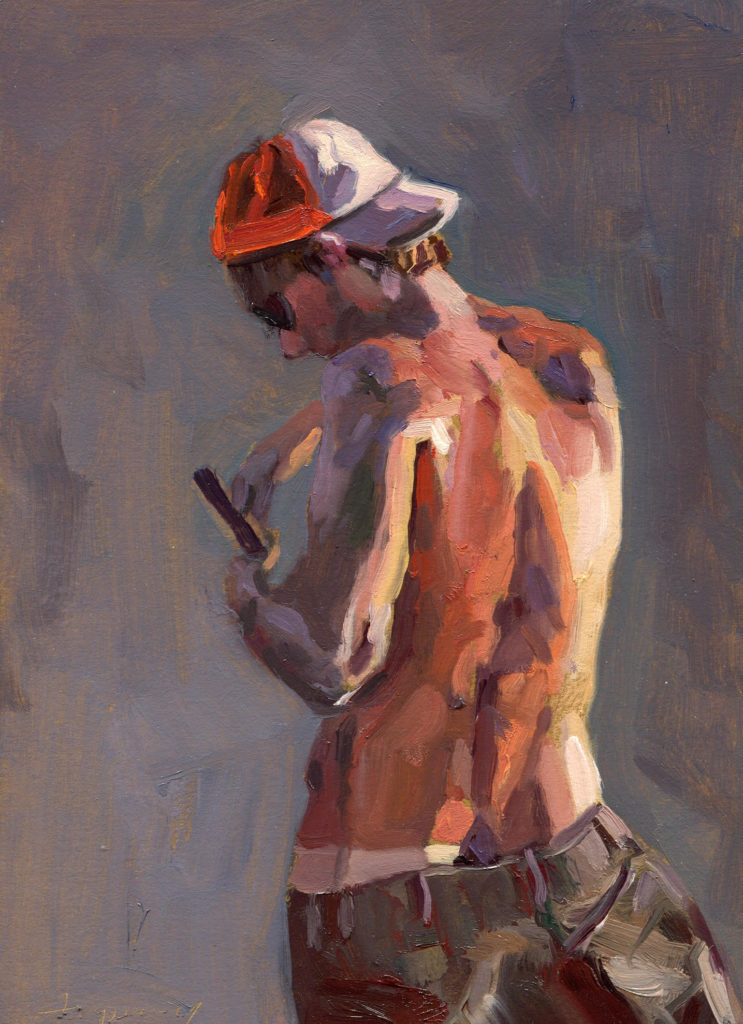
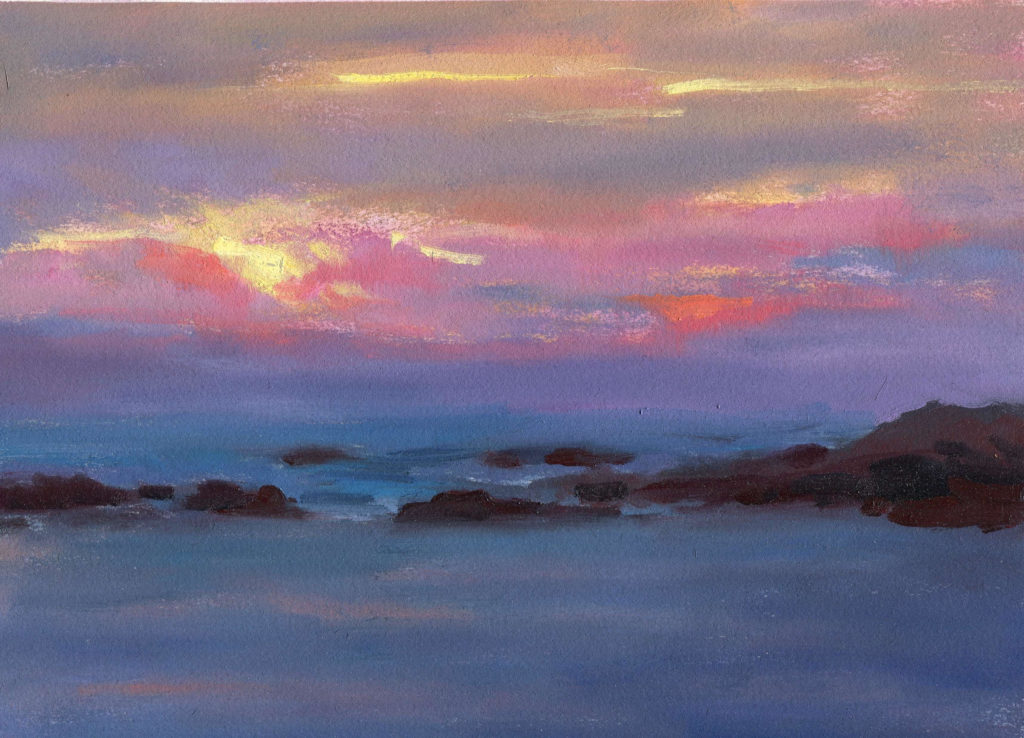
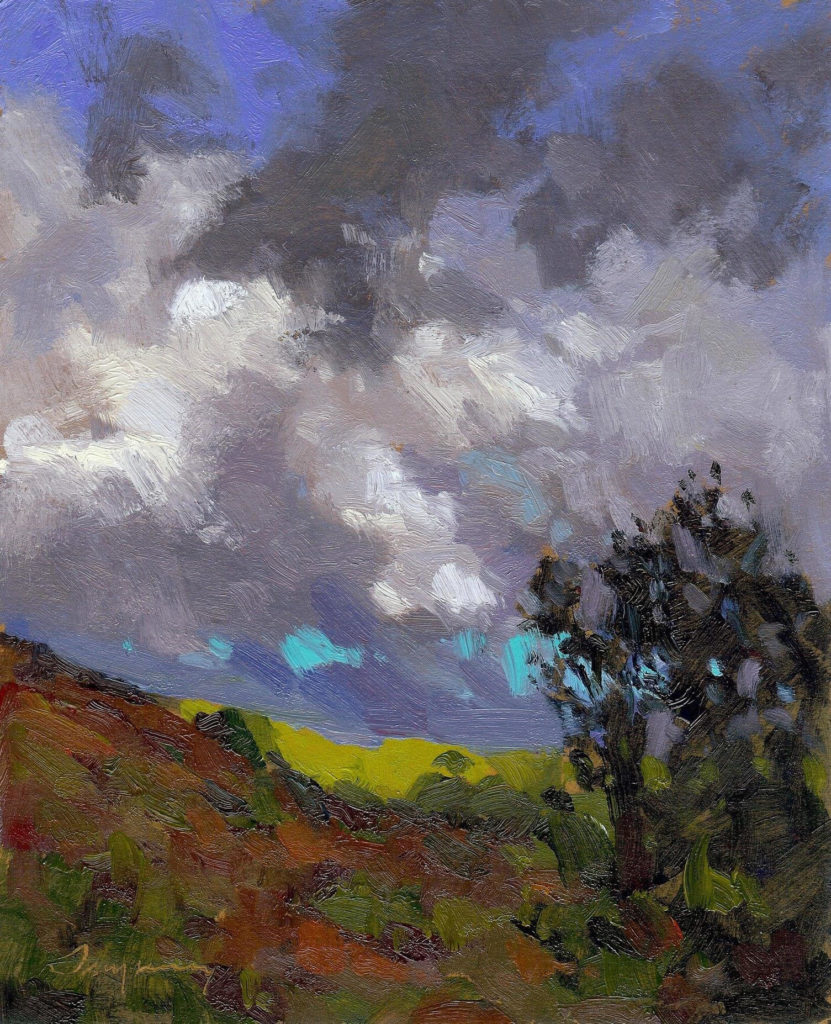
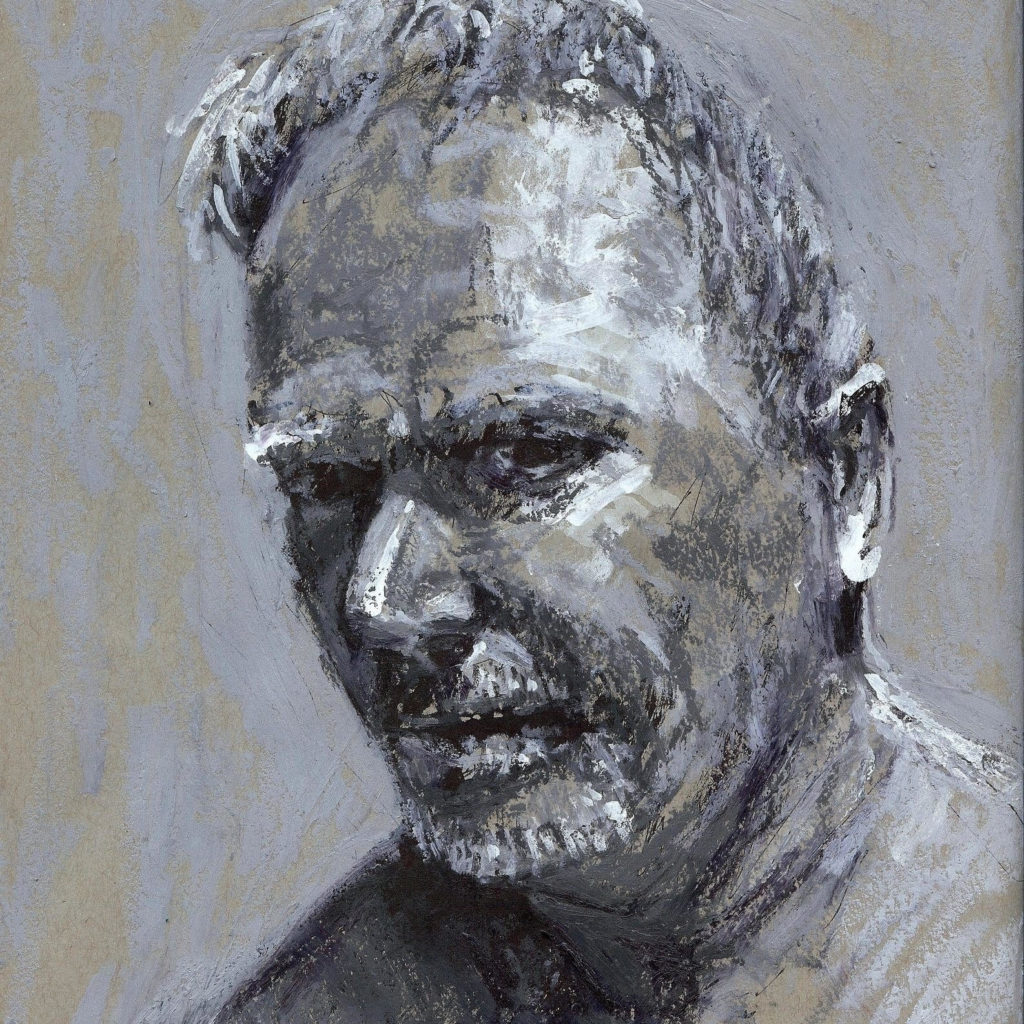
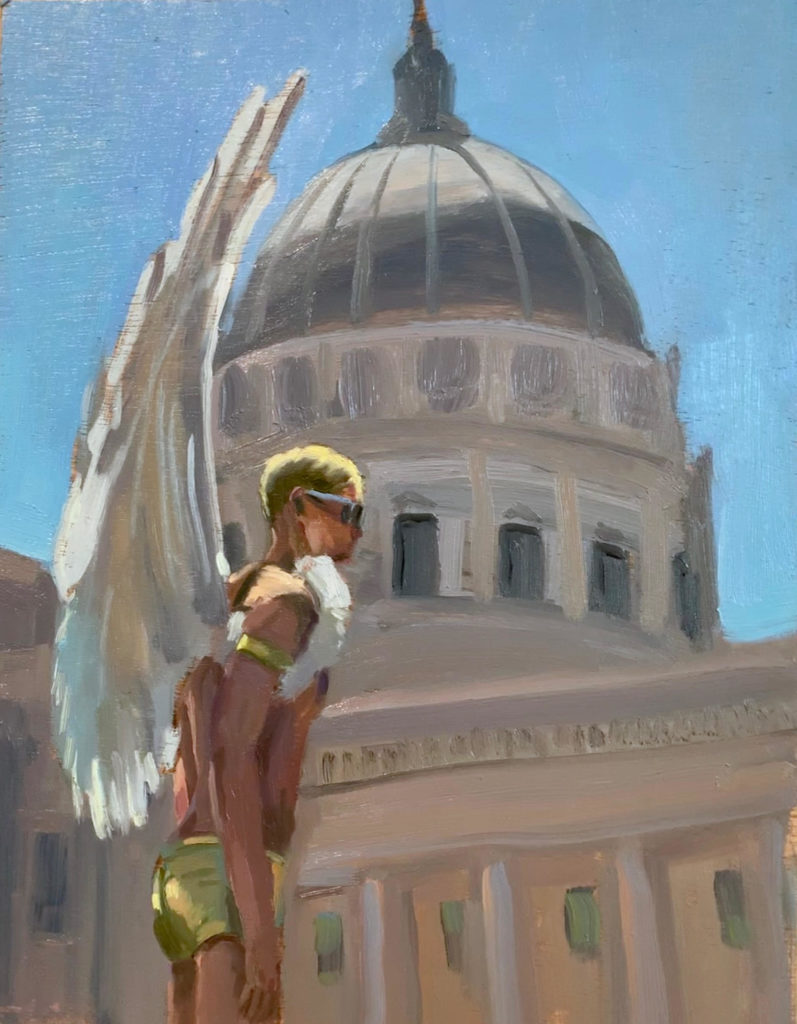

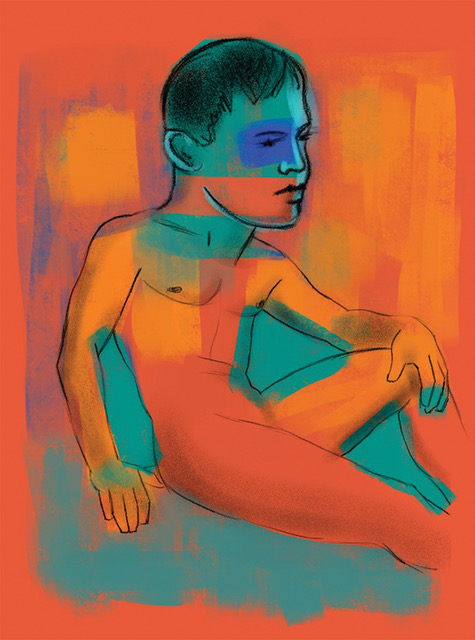
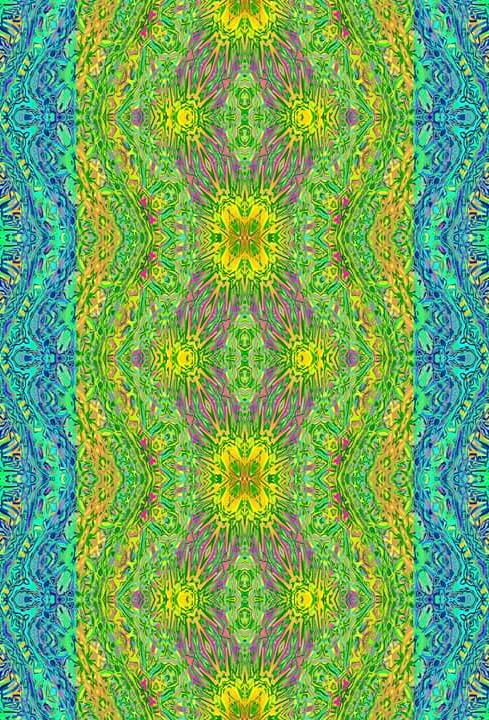
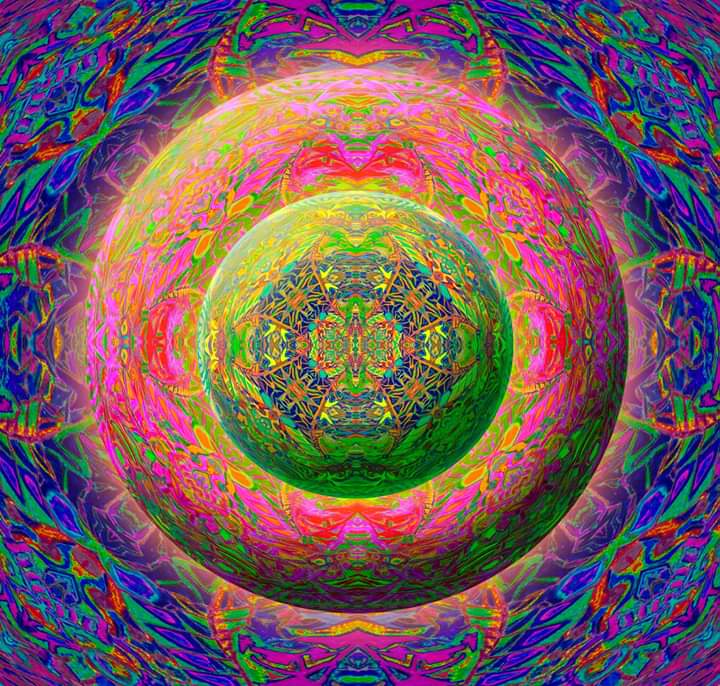
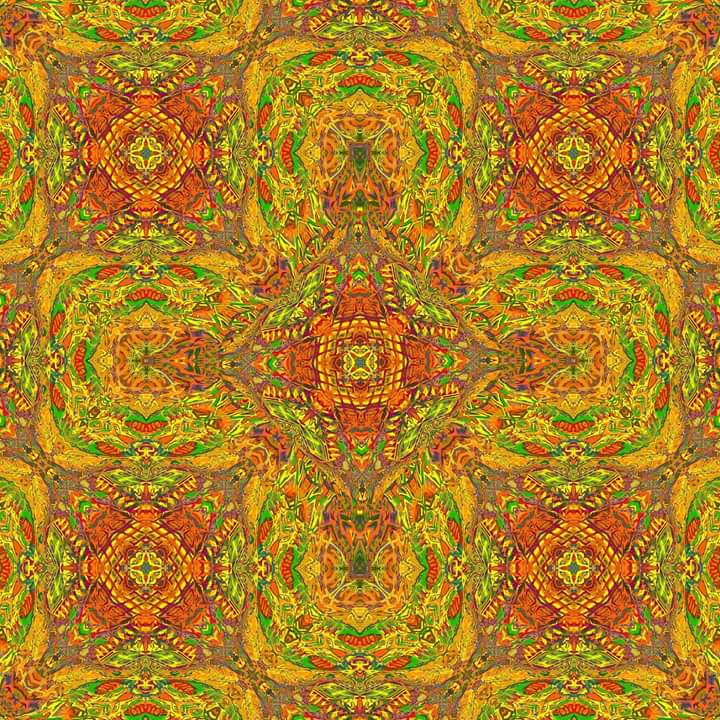

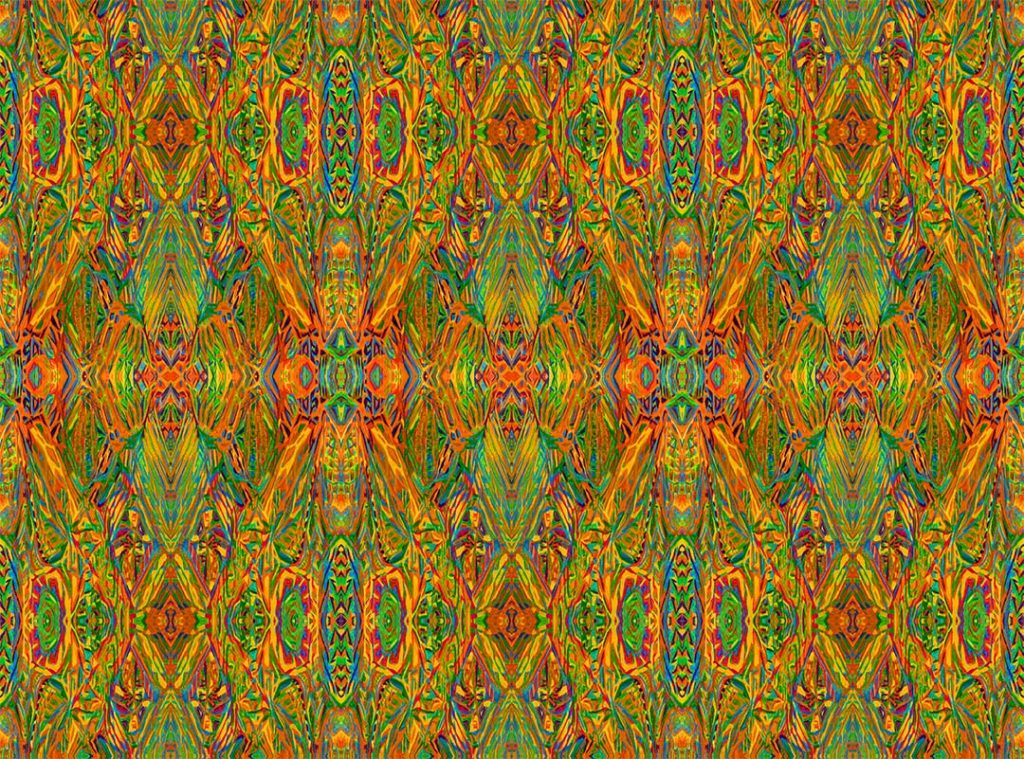
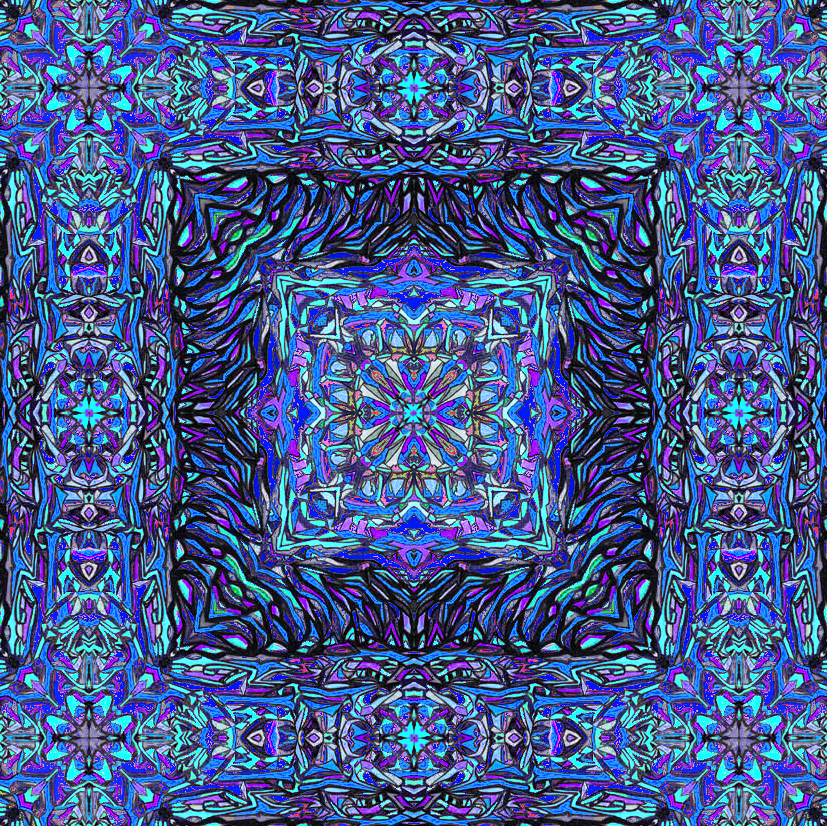
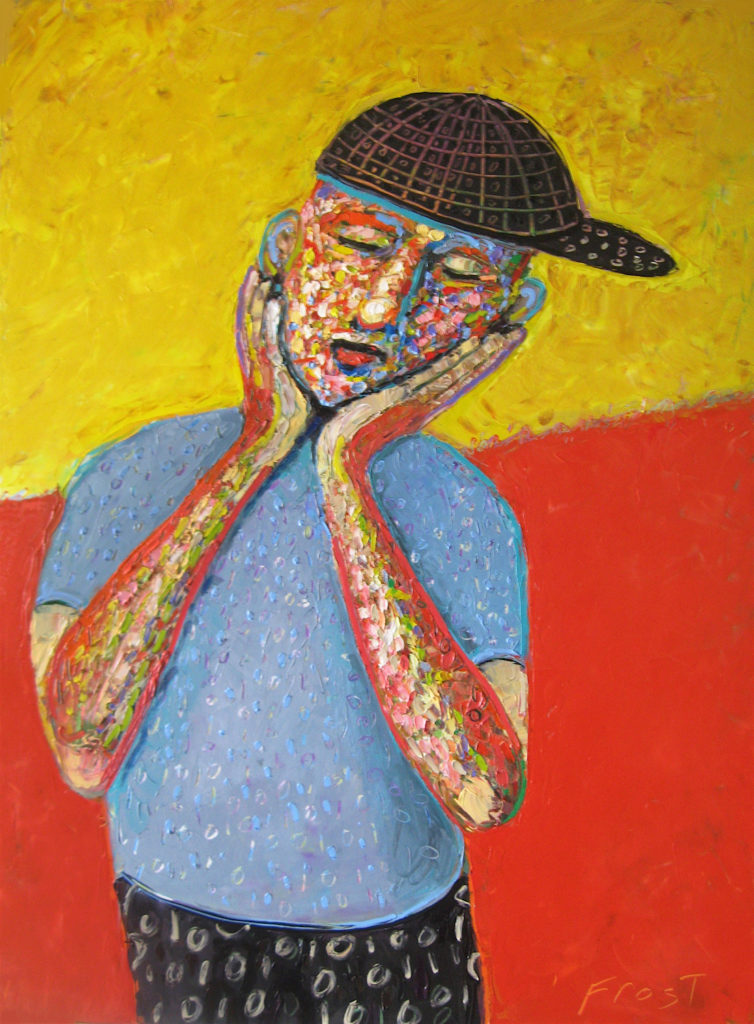
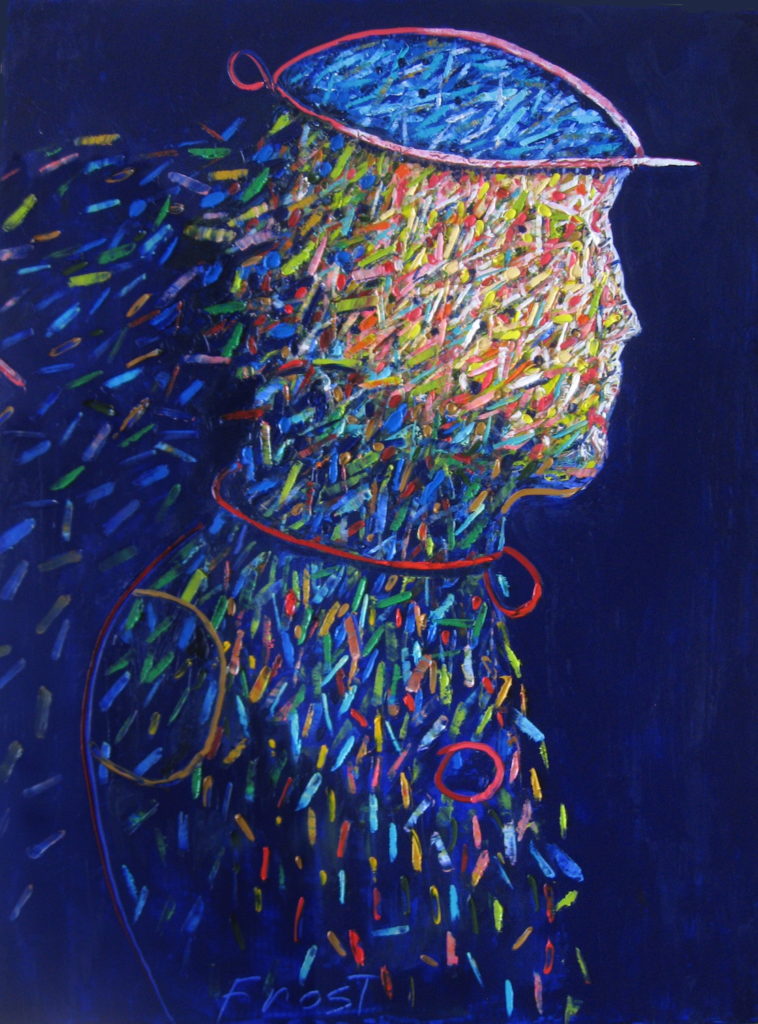
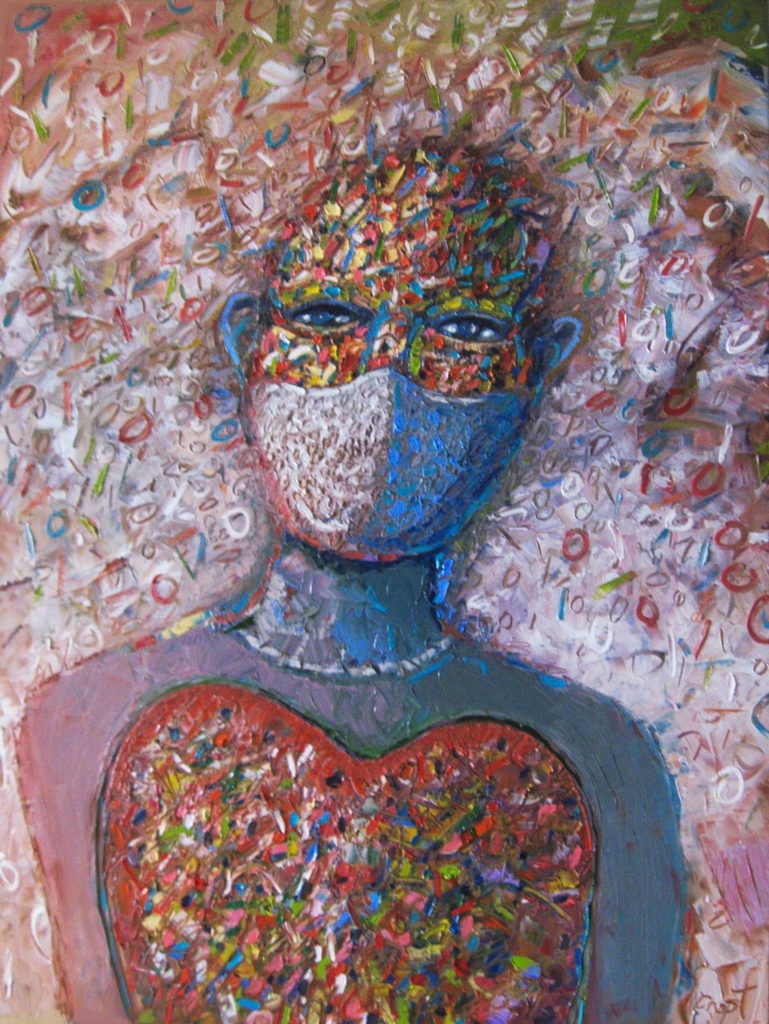
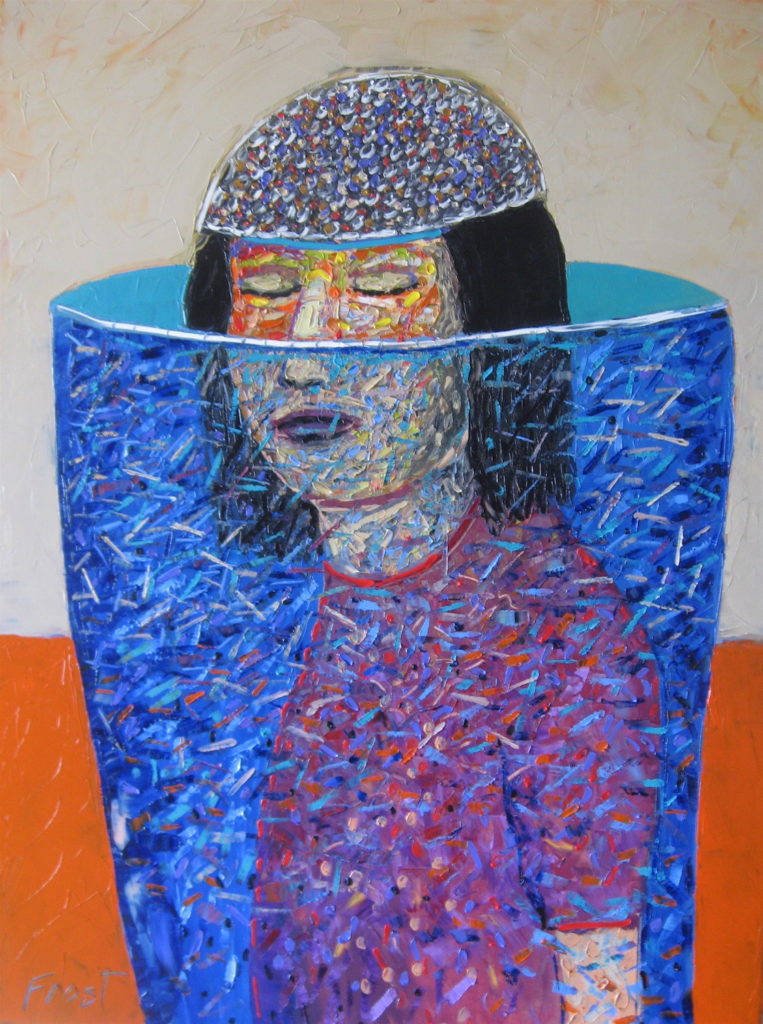
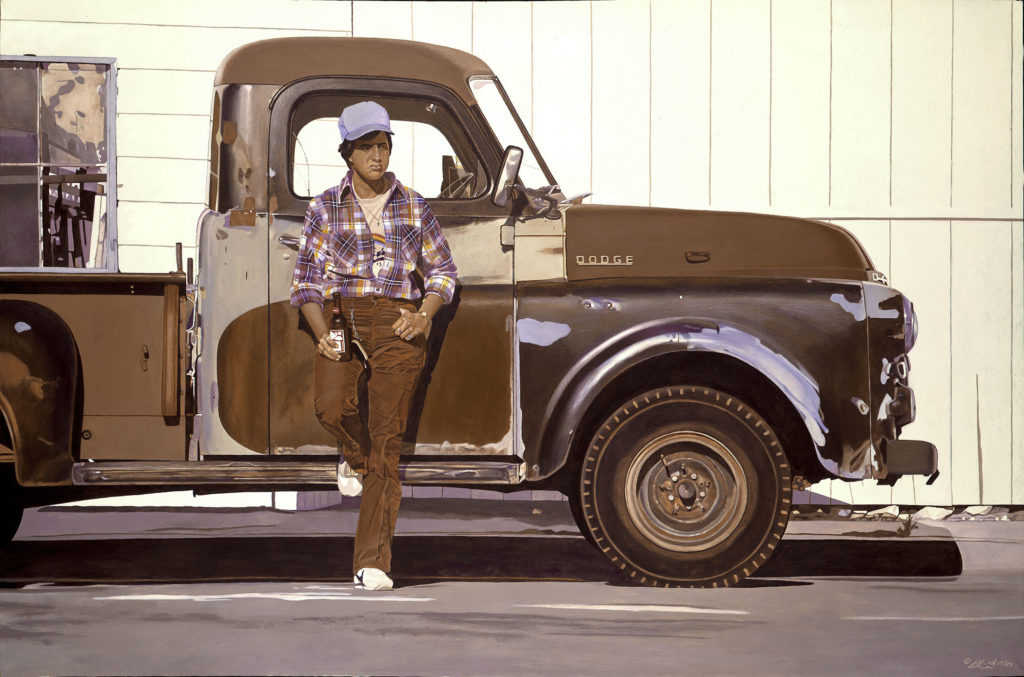
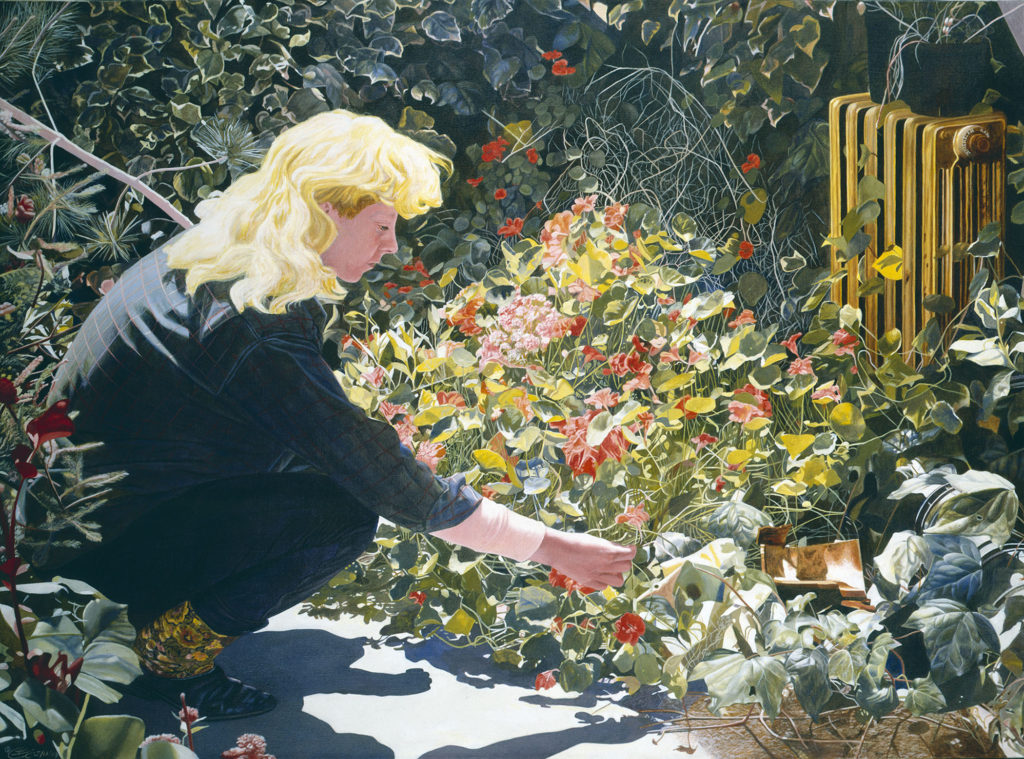
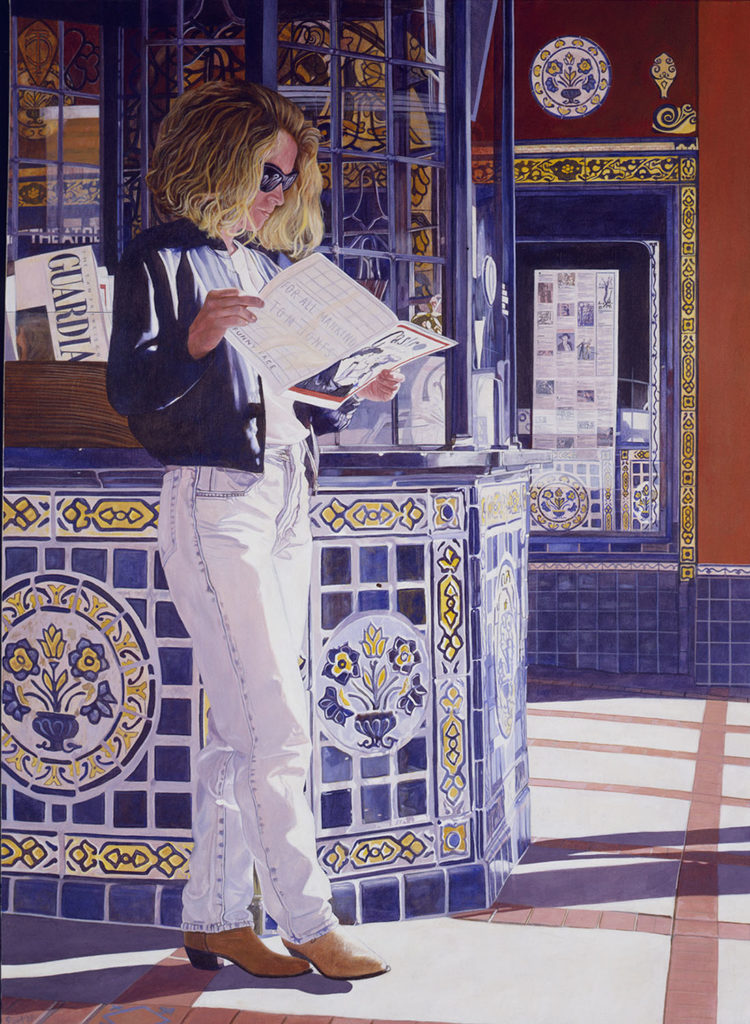
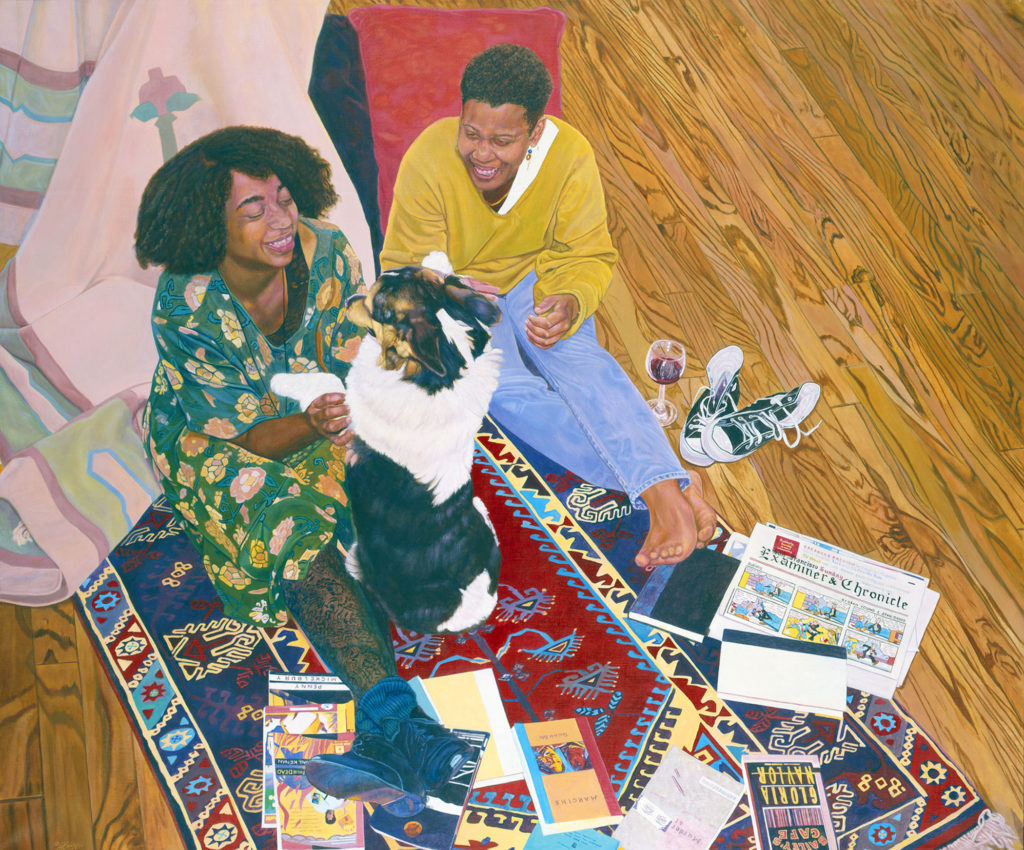
![The Star [Miss Major] (2016) – linocut– Corey Brown](https://www.harveymilkphotocenter.org/wp-content/uploads/2020/05/The-Star-Miss-Major-2016-–-linocut–-Corey-Brown-752x1024.jpg)
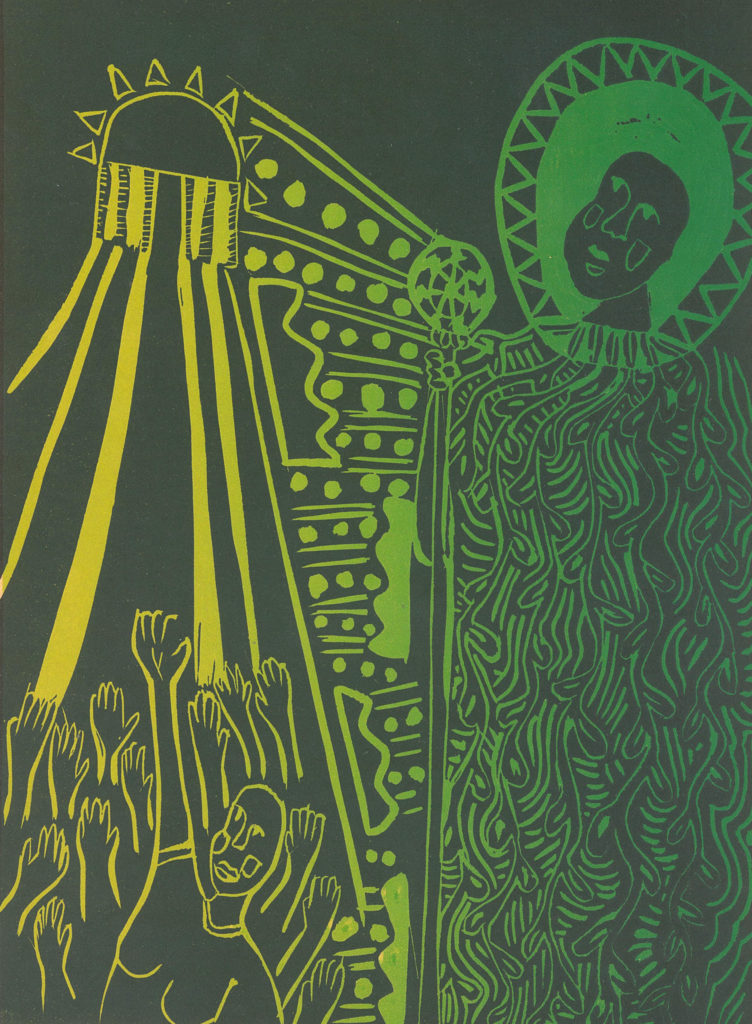
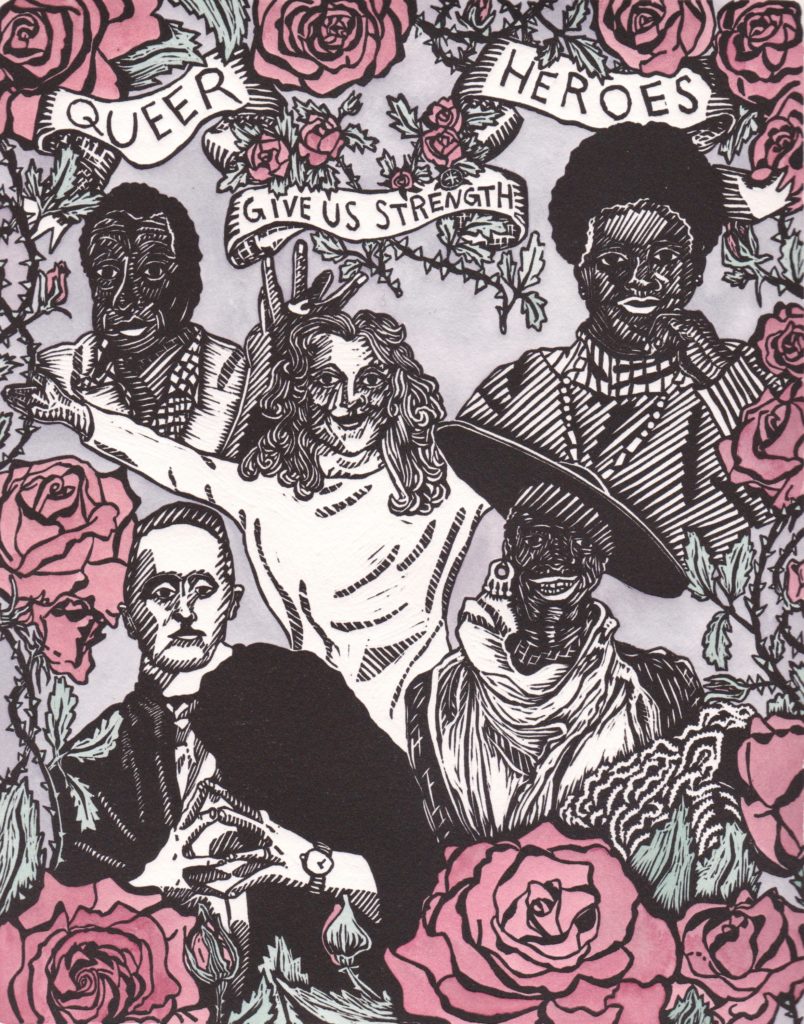
![Its Not Time For You To Cross [Sylvia Rivera] (2017) – linocut –Tavi Taos](https://www.harveymilkphotocenter.org/wp-content/uploads/2020/05/Its-Not-Time-For-You-To-Cross-Sylvia-Rivera-2017-–-linocut-–Tavi-Taos-805x1024.jpg)
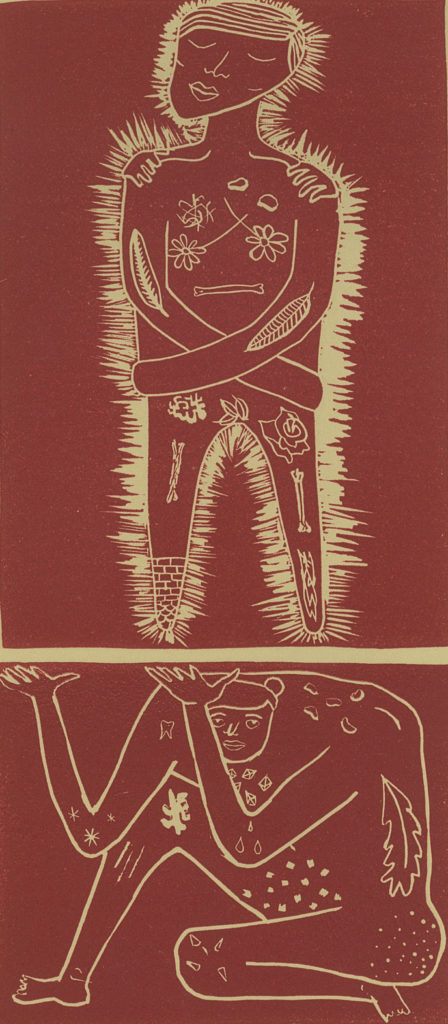
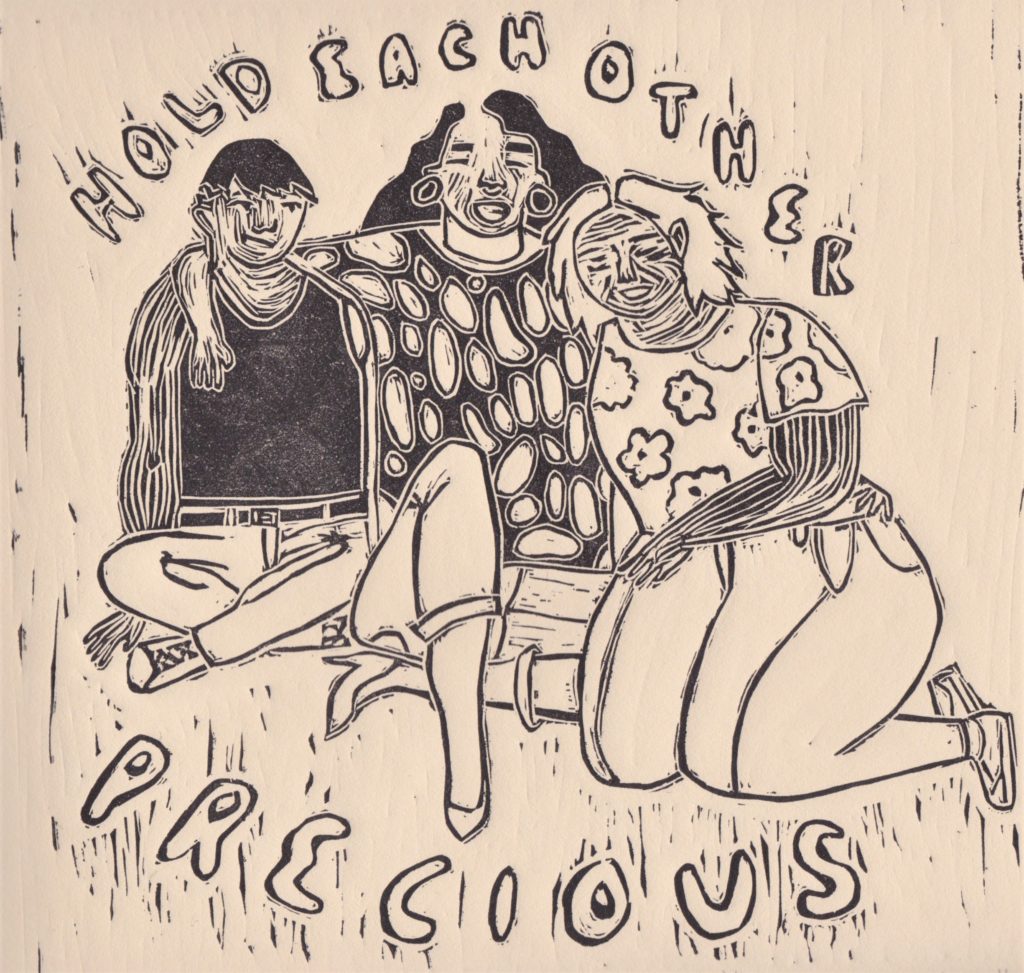
![For the young ones [Justin Chin] (2019)- Linocut- Kimiko Goeller](https://www.harveymilkphotocenter.org/wp-content/uploads/2020/05/For-the-young-ones-Justin-Chin-2019-Linocut-Kimiko-Goeller-1024x799.jpeg)
![Brushgazum [Mark Aguhar] (2017) - Linocut - Tavi Taos](https://www.harveymilkphotocenter.org/wp-content/uploads/2020/05/Brushgazum-Mark-Aguhar-2017-Linocut-Tavi-Taos-1024x795.jpg)
